Choosing the Right Mortar for Outdoor Tile: A Comprehensive Guide

When it comes to tiling outdoor areas, picking the right mortar is a big deal. It's not quite like tiling inside your house; the weather and general wear and tear are way tougher on things outside. Getting the mortar wrong can lead to tiles popping off, cracks, and a whole lot of headaches down the line. This guide is here to break down what you need to know about mortar for outdoor tile projects, from understanding the basics to choosing the best product for your specific needs.
Key Takeaways
- Choosing the right mortar for outdoor tile installations is critical for durability and longevity, as it must withstand weather and heavy use.
- Modified thin-set mortar, often containing latex additives, is generally recommended for outdoor applications due to its improved flexibility and water resistance.
- Proper substrate preparation, including cleaning and priming, is essential for optimal mortar adhesion and to prevent future issues.
- Achieving the correct mortar consistency, similar to peanut butter, is vital for a strong bond; too dry or too wet can cause problems.
- Using the correct notched trowel and applying mortar in small sections with a slight twisting motion helps ensure full tile coverage.
- While traditional mortar is common, alternative adhesives like adhesive mats or premixed outdoor adhesives can offer convenience for certain projects.
- Grout selection and application are also important for outdoor tiling, with flexible and weather-resistant options like epoxy grout being suitable choices.
- Regular maintenance, including cleaning and sealing, will help preserve the appearance and extend the life of your outdoor tile installation.
Understanding Your Outdoor Tile Project Needs
Planning an outdoor tile project is exciting, but getting the details right from the start makes all the difference. It’s about creating a space that looks great and stands up to the elements. Let’s break down what you need to think about before you even pick up a trowel.
Assessing Your Outdoor Space Requirements
First things first: what are you working with? You need to know the size of the area you’re tiling. Is it a small balcony, a large patio, or a winding walkway? Knowing the dimensions helps you calculate how much tile and mortar you’ll need. Also, think about the shape of the space. Are there curves, steps, or irregular edges? These details can affect the installation process and the amount of cutting required. Getting these measurements accurate upfront saves time and money later on.
Identifying the Purpose of Your Tiled Area
What will this space be used for? A patio for dining and entertaining has different needs than a poolside deck or a garden path. High-traffic areas need durable tiles that resist wear. Areas around pools or water features require excellent slip resistance and water management. If it’s a quiet seating area, you might prioritize comfort and aesthetics. Understanding the primary use helps guide your material choices, especially when it comes to selecting the right mortar for the job.
Considering Environmental Factors for Durability
Your outdoor space faces the weather, so the materials need to handle it. Think about your local climate. Do you get harsh sun, heavy rain, freezing temperatures, or all of the above? Tiles and mortar must be able to withstand freeze-thaw cycles, UV exposure, and moisture without cracking, fading, or degrading. Choosing materials suited to your specific environmental conditions is key to a long-lasting installation. For example, if you live in a region with extreme temperature swings, you’ll need a flexible mortar that can handle expansion and contraction.
Determining Foot Traffic and Wear Expectations
How many people will be walking on your tiles, and how often? A busy entryway or a frequently used patio will experience more wear than a decorative garden feature. Consider the type of traffic, too. Will it be just foot traffic, or will furniture, grills, or even vehicles be placed on the surface? The expected level of use directly impacts the type of tile and, importantly, the strength and durability required from your mortar. Heavy use demands a robust mortar that provides a strong, reliable bond.
Matching Tile Choice to Project Scope
Are you tiling a small accent area or a large-scale renovation? The scope of your project influences everything from the type of tile you can afford to the complexity of the installation. For smaller, simpler projects, you might have more flexibility. For larger ones, efficiency and cost-effectiveness become more important. The scale also affects how much mortar you’ll need and the type that’s most suitable for the job. Think about whether you’re buying travertine pavers California for a large patio or just a few accent tiles for a planter.
Evaluating Aesthetic Goals for Your Exterior
What look are you going for? Your outdoor space is an extension of your home’s style. Do you want a modern, sleek look, a rustic, natural feel, or something classic and elegant? The color, size, shape, and pattern of your tiles all contribute to the final aesthetic. Consider how the tiles will complement your home’s architecture and landscaping. The mortar, while often hidden, also plays a role; its color and how it fills the grout lines can impact the overall visual appeal.
Budgetary Considerations for Materials
Let’s talk budget. Outdoor tiling projects can vary widely in cost. It’s not just about the tiles themselves; you also need to factor in the cost of mortar, grout, sealant, and potentially underlayment or substrate preparation. Get quotes for materials and consider whether you’ll be doing the work yourself or hiring professionals. Balancing your desired look and durability with your budget is crucial. Sometimes, investing a bit more in higher-quality mortar upfront can save you money on repairs down the line. You might find great deals when you buy marble tiles online USA.
The Crucial Role of Mortar in Outdoor Installations
When it comes to outdoor tiling, the mortar you choose is more than just glue; it's the backbone of your entire project. It’s what keeps your beautiful tiles securely in place, no matter what the weather throws at them. Think of it as the unsung hero that ensures your patio, walkway, or outdoor kitchen looks great for years to come.
Ensuring a Secure and Lasting Bond
Getting that perfect, strong connection between your tiles and the substrate is job number one for mortar. A good mortar mix, applied correctly, creates a bond that resists the stresses of outdoor living. This means no loose tiles, no shifting, just a solid surface underfoot. For those looking to buy marble tiles in the USA, the right mortar is just as important as the tile itself.
Protecting Against Weather and Movement
Outdoor spaces face a lot more than just foot traffic. Rain, sun, freezing temperatures – these elements can cause materials to expand and contract. The right mortar needs to be flexible enough to handle this movement without cracking or breaking the bond. This is especially true when you're working with materials like travertine pavers in California, which can experience significant temperature swings.
The Foundation for a Beautiful Exterior
Beyond just holding tiles, mortar contributes to the overall look and feel of your outdoor area. A well-applied mortar bed means your tiles will be level and even, creating a smooth, professional finish. This attention to detail is what separates a good job from a great one.
Preventing Tile Displacement and Damage
Loose tiles are not only unsightly but can also be a tripping hazard. Proper mortar application, with full coverage and the correct consistency, prevents tiles from becoming dislodged. This is key to maintaining the safety and integrity of your tiled surface.
Contributing to Overall Project Longevity
Choosing the right mortar is an investment in the future of your outdoor space. A mortar that can withstand moisture, temperature changes, and wear and tear means your tiles will last longer, saving you time and money on repairs down the line. It’s about building something that endures.
Understanding Mortar's Impact on Durability
Not all mortars are created equal, especially when it comes to outdoor use. Some are designed for interior walls, while others are specifically formulated to handle the harsh conditions outside. Using the wrong type can lead to premature failure, cracking, or efflorescence (those unsightly white powdery deposits).
Why the Right Mortar Matters Outdoors
Simply put, the success of your outdoor tile project hinges on the mortar. It’s the critical link that holds everything together. Selecting a mortar that’s compatible with your chosen tiles (like those beautiful mosaic tiles you found) and your specific climate is non-negotiable for a beautiful, long-lasting result.
Key Factors in Selecting Outdoor Mortar
Choosing the right mortar is a big deal for any outdoor tile project. It's not just about sticking tiles down; it's about making sure they stay put, look good, and last through all kinds of weather. Think of it as the foundation for your beautiful patio or walkway. Get it wrong, and you might be looking at cracked tiles or loose stones sooner than you'd like. We'll break down what really matters when you're picking out that perfect mortar.
Adhesive Strength and Flexibility
Outdoor tiles face a lot. They deal with people walking on them, temperature swings, and moisture. Your mortar needs to be strong enough to hold everything tight, but also flexible enough to handle the natural expansion and contraction that happens with heat and cold. Without enough flexibility, the stress can build up, leading to cracks in the tiles or the mortar itself. Look for mortars specifically designed for exterior use, as they often have added polymers to give them that necessary give.
Water Resistance and Permeability
Water is the enemy of many building materials, and mortar is no exception. When water gets into the mortar and then freezes, it expands, which can break down the bond and even crack the tiles. You want a mortar that can resist water absorption. Some mortars are more permeable than others, meaning water can pass through them. While this might sound bad, in some outdoor applications, a bit of controlled permeability can actually help prevent moisture from getting trapped and causing damage. It's a balance, and the right choice depends on your specific project and climate.
Resistance to Temperature Fluctuations
Think about how hot your patio gets in the summer sun and how cold it can get in the winter. These temperature changes cause materials to expand and contract. A mortar that can't handle these shifts will eventually fail. Modified thin-set mortars, often with latex additives, are great for this because they can flex with the temperature changes, keeping your tiles secure.
Compatibility with Specific Tile Types
Not all tiles are created equal, and neither is the mortar they need. Natural stones like travertine or marble might require different mortars than ceramic or porcelain tiles. Porous tiles, for example, might need a mortar that doesn't dry too quickly or absorb too much moisture. Always check the tile manufacturer's recommendations and the mortar manufacturer's guidelines to make sure they're a good match. Buying marble tiles online in the USA often comes with specific installation advice.
Adhesion to Various Substrates
What are you tiling onto? A concrete slab? Plywood? Each surface has different properties. Your mortar needs to bond well to whatever you're putting it on. Concrete needs to be clean and sound, while wood substrates might need a bit more attention to prevent movement. Proper preparation of the substrate is just as important as the mortar itself for a strong, lasting bond.
UV Stability and Color Retention
Your outdoor tiles will be exposed to sunlight, and not all mortars are created equal when it comes to handling UV rays. Some mortars can break down or discolor over time with constant sun exposure. While the tile itself is usually the main focus for color, the mortar can sometimes show through or affect the overall look if it degrades. Choosing a quality mortar means it will hold up visually, not just structurally.
Ease of Application and Workability
Let's be honest, some mortars are just easier to work with than others. If you're a DIYer, you'll want a mortar that's forgiving and easy to spread. Things like how long the mortar stays workable (its 'open time') and how easy it is to mix can make a big difference in your project's success and your stress levels. A mortar that's too sticky or dries too fast can turn a fun project into a frustrating one. For those looking at travertine pavers in California, finding a mortar that's easy to work with in the heat is key.
Exploring Different Types of Mortar for Outdoors
When you're planning an outdoor tile project, picking the right mortar is a big deal. It's not just about sticking tiles down; it's about making sure they stay put, no matter what the weather throws at them. Let's look at the different kinds of mortar you can use for your exterior tiling.
Choosing the correct mortar is key for a lasting outdoor tile installation. It needs to handle everything from scorching sun to freezing rain. We'll break down the main options so you can pick the best fit for your project.
Modified Thin-Set Mortar Explained
This is your go-to for most outdoor jobs. Modified thin-set mortar is a mix of Portland cement, sand, and special additives, usually latex. These additives are a game-changer for outdoor use.
- Better Bond Strength: The latex makes the mortar stick much better to your tiles and the surface underneath.
- Flexibility: It can handle the expansion and contraction that happens when temperatures change, reducing the risk of cracking.
- Water Resistance: It absorbs less water, which is vital for preventing freeze-thaw damage.
This type works great with ceramic, porcelain, and many natural stone tiles on concrete. If you're looking for reliable performance, modified thin-set is a solid choice.
The Benefits of Latex Additives
Latex additives are what make modified thin-set mortar so good for the outdoors. They improve flexibility, adhesion, and water resistance. Think of them as the secret ingredient that helps your tiles stand up to the elements.
Understanding Unmodified Thin-Set Mortar
Unmodified thin-set mortar is a simpler mix, usually just Portland cement and sand. It's less expensive but also less flexible and water-resistant than its modified cousin. It's generally best suited for indoor projects or very specific outdoor applications where extreme weather isn't a concern and the substrate is very stable.
When to Consider Epoxy-Based Adhesives
For really tough jobs, like pool decks or high-traffic areas, epoxy-based adhesives are worth considering. They offer superior strength, chemical resistance, and water resistance. However, they are more expensive and require careful mixing and application. If you need the absolute best in durability and don't mind the extra cost and effort, epoxy is a strong contender.
Pre-Mixed vs. Powdered Mortar Options
Mortar typically comes in two forms: pre-mixed and powdered. Pre-mixed is convenient, ready to go right out of the bucket, but it's usually not recommended for outdoor use due to lower performance and potential for drying out. Powdered mortar, which you mix with water yourself, offers better performance and control for outdoor projects. You get to decide the consistency, which is important for proper application.
Specialty Mortars for Natural Stone
Natural stones like travertine or marble can be a bit tricky. They might need specific mortars that won't stain them or react poorly with their composition. Always check the tile manufacturer's recommendations and look for mortars specifically designed for natural stone to keep your beautiful stone looking its best.
Choosing Mortar for Large Format Tiles
Larger tiles need more support. For big tiles, you'll want a mortar with excellent adhesion and flexibility. Using the right trowel size to create full coverage is also critical. This helps prevent the tiles from cracking under stress or shifting over time. Making sure every inch of the back of the tile has mortar is non-negotiable for large format tiles.
Matching Mortar to Your Chosen Tile Material
Selecting the right mortar is key for any outdoor tile project. It's not just about sticking tiles down; it's about making sure they last, look good, and can handle whatever the weather throws at them. Think of mortar as the foundation for your tile's performance outdoors. Getting it wrong means dealing with loose tiles, cracks, and a whole lot of headaches down the line. Let's break down how to pick the perfect match for your specific tiles.
Ceramic and Porcelain Tile Adhesives
Ceramic and porcelain tiles are popular choices for outdoor spaces because they're tough and look great. For these, you'll want a high-quality, polymer-modified thin-set mortar. This type of mortar offers excellent adhesion and flexibility, which is vital for outdoor installations that deal with temperature swings. It helps prevent cracking and ensures a strong bond, even in harsh conditions. When you're ready to buy ceramic tiles, make sure you also grab the right mortar to go with them. A good modified thin-set mortar is your best bet for a lasting installation.
Selecting Mortar for Natural Stone
Natural stone tiles, like granite or slate, bring a unique beauty to any exterior. However, they can be more sensitive than ceramic or porcelain. It's important to use a mortar specifically designed for natural stone. These mortars are often formulated to prevent staining or discoloration that can occur with certain stones. Look for products that are non-sanded or have a very fine sand aggregate. Also, consider the porosity of the stone; some natural stones require a more flexible adhesive to accommodate their unique properties. If you're looking to buy marble tiles online in the USA, check the manufacturer's recommendations for compatible mortars.
Adhesives for Travertine and Marble
Travertine and marble are beautiful but can be a bit tricky. Travertine, in particular, can be porous and susceptible to staining. For these, a polymer-modified thin-set mortar is highly recommended. It provides the flexibility needed to handle the natural movement of stone and the outdoor environment. It also offers better water resistance than unmodified versions. When installing travertine pavers in California, using the correct mortar is non-negotiable for a durable patio. Always check the specific requirements for the stone you choose.
Mortar Considerations for Mosaic Tiles
Mosaic tiles, whether glass, ceramic, or stone, often come mounted on mesh backing. This means you need a mortar that can handle the small tile pieces and the mesh. A fine-set mortar, often a polymer-modified thin-set, works well here. The key is to ensure the mortar doesn't bleed through glass mosaics or stain lighter-colored stones. Applying it with a smaller notched trowel helps get into all the nooks and crannies for a solid bond without excess squeeze-out.
Requirements for Terracotta and Quarry Tiles
Terracotta and quarry tiles have a natural, earthy appeal, but they are typically more porous than porcelain. This means they can absorb more moisture and are prone to staining. For these tiles, a modified thin-set mortar with good water resistance is essential. Some installers prefer a slightly more flexible mortar to account for the natural expansion and contraction of these materials. It's also a good idea to seal these tiles before and after installation to protect them from the elements and prevent staining. When you're looking for durable quarry tiles, remember to pair them with the right adhesive.
Special Needs for Textured Outdoor Tiles
Tiles with textured surfaces, like those designed for slip resistance, require careful mortar application. The texture can make it harder to achieve full mortar coverage. Using a trowel with the correct notch size is critical. You want enough mortar to bond securely, but not so much that it fills the texture and reduces its slip-resistant quality. A flexible, polymer-modified thin-set mortar is usually the best choice, as it can adapt to the uneven surface and provide a strong bond without compromising the tile's intended function.
Ensuring Compatibility with Tile Porosity
Tile porosity is a major factor in mortar selection. Highly porous tiles, like unglazed terracotta, can absorb a lot of moisture from the mortar, which can lead to cracking or efflorescence (a white powdery deposit). Using a modified thin-set mortar with latex additives helps reduce water absorption and improves bond strength. For very dense, non-porous tiles, you might need a mortar with enhanced adhesion properties. Always consult the tile manufacturer's guidelines to understand the specific needs of your chosen material. This step is vital for a successful outdoor tile installation.
Substrate Preparation for Optimal Mortar Adhesion
Getting your outdoor tile project started right means paying close attention to the surface you're tiling over. This is your substrate, and it's the foundation for everything. A solid, well-prepared substrate is key to a long-lasting, beautiful tile installation. Think of it like building a house – you wouldn't start without a strong foundation, right? The same applies here.
Preparing Concrete Substrates
Concrete is a popular choice for outdoor areas, and for good reason. It's tough and can handle a lot. For tiling, you'll want to make sure your concrete slab is fully cured and free from any cracks or damage. If there are any imperfections, they need to be fixed before you even think about applying mortar. A clean, sound concrete surface is your best bet for a strong bond.
Addressing Plywood and Wood Substrates
Wood substrates, like plywood, can be a bit trickier outdoors. Wood moves with changes in moisture and temperature. For outdoor plywood, you need a flexible, polymer-modified thin-set mortar. This type of mortar can handle that movement without cracking. Always make sure your plywood is rated for outdoor use and properly sealed before tiling.
Tiling Over Existing Outdoor Surfaces
Sometimes, you might want to tile over an existing surface. This is possible, but you need the right approach. For a really strong bond on surfaces like old tiles, an epoxy-based adhesive is often recommended. It's designed to stick well to a variety of materials, giving you that extra security.
Ensuring Substrates are Level and Stable
No matter what your substrate is, it absolutely must be level and stable. Uneven surfaces mean uneven tiles, and that's not just an aesthetic issue – it can lead to tiles cracking or loosening over time. Check for stability; you don't want any wobbling or shifting.
The Importance of a Clean Substrate Surface
This is a big one. Dust, dirt, grease, or old adhesive can all prevent your new mortar from sticking properly. You need a clean surface. A quick sweep or wash might not be enough. Sometimes, a more thorough cleaning is needed to get rid of any contaminants. A clean surface is where the magic happens.
Priming Porous or Absorbent Surfaces
Some surfaces, like render or certain types of plaster, can soak up water. This is called being porous or absorbent. If your substrate is too absorbent, it can pull water out of the mortar too quickly, weakening the bond. Using a primer can help control this absorption, allowing the mortar to set up correctly. It's a simple step that makes a big difference.
Sealing Anhydrite Screeds and Gypsum Plaster
If you're working with anhydrite screeds or gypsum plaster, you absolutely must seal them. These materials can react with cement-based adhesives, leading to failure. Sealing creates a barrier, protecting the adhesive and your tile job. Always follow the primer manufacturer's instructions carefully, as some primers can slow down mortar drying times, which is something to consider with outdoor projects.
Proper substrate preparation is not just a step; it's the bedrock of a successful outdoor tile installation. Skipping this stage is like building on sand – it's bound to fail eventually. Invest the time now for a beautiful, durable result later. You can find great options for outdoor tiles and adhesives at many specialty retailers, making it easier to get the right materials for your project.
Choosing the right materials, like durable travertine pavers California, starts with preparing the surface they'll be laid on. This preparation is what makes the difference between a tile job that lasts for years and one that needs constant repair. Make sure you have everything you need before you start, from the right tiles to the correct adhesive. If you're looking to buy marble tiles online USA, remember that even the most beautiful stone needs a solid base to shine.
The Art of Mixing Mortar for Outdoor Projects
Mixing mortar correctly is a key step for any outdoor tiling project. Get it wrong, and you might end up with tiles that shift, crack, or just don't stick. But get it right, and you're setting yourself up for a beautiful, long-lasting surface.
Achieving the Perfect Peanut Butter Consistency
Think of your mortar like a really thick peanut butter. It should be smooth, spreadable, and hold its shape on your trowel without slumping. Too dry, and it won't bond well. Too wet, and your tiles might slide around before the mortar sets. You want that sweet spot where it's workable but firm.
Avoiding Mortar That Is Too Dry or Too Wet
Getting the water-to-powder ratio just right is super important. Always follow the manufacturer's instructions on the bag. Start with the recommended amount of water and add powder gradually. If it looks too crumbly, add a tiny bit more water. If it looks soupy, add a bit more powder. It's a bit of an art, but you'll get the hang of it.
Understanding Water-to-Powder Ratios
Each bag of mortar is different, so don't assume one size fits all. The bag will tell you exactly how much water to use per bag of powder. Stick to these guidelines closely. Using too much or too little water can seriously affect the mortar's strength and performance outdoors.
The Role of Additives in Mortar Mixing
Many outdoor mortars are 'modified' with latex or other polymers. These additives are a big deal for exterior jobs. They make the mortar more flexible, which helps it handle temperature changes and slight movements in the substrate without cracking. They also improve water resistance and bond strength. If you're tiling a patio or walkway, using a modified thin-set mortar is usually the way to go. You can find great options at your local tile shop.
Mixing in Small Batches for Workability
Don't mix up a giant bucket of mortar at once, especially if you're new to this. Mortar starts to set once water is added, and you don't want it hardening before you can use it. Mix only what you can comfortably spread and tile within about 20-30 minutes. This ensures you're always working with fresh, workable mortar.
Proper Mixing Techniques for Strength
Use a clean bucket and a mixing paddle attachment on a drill for the best results. Mix thoroughly until there are no dry pockets and the consistency is uniform. Scrape the sides and bottom of the bucket to make sure everything is incorporated. A good mix means a strong bond.
Allowing Mortar to Slake Appropriately
'Slaking' is a fancy word for letting the mixed mortar rest for a few minutes (usually 5-10) before giving it a final mix. This allows the chemicals in the cement to fully activate. After slaking, give it one last stir. This step really helps develop the mortar's full strength and workability, making your outdoor tiling job much smoother. It's a small step that makes a big difference for projects like creating outdoor mosaics.
Techniques for Spreading Mortar Effectively
Spreading mortar correctly is key to a strong, lasting tile job. It’s not just about getting it on the surface; it’s about how you apply it. Think of it as laying the groundwork for beauty and durability.
Selecting the Right Notched Trowel
Choosing the right trowel is your first step to a perfect spread. The size of the notches matters. For larger tiles, like those 12x12 or bigger, you’ll want a larger notch size. This ensures you get enough mortar coverage for a solid bond. Smaller tiles might need a smaller notch. Always check the mortar manufacturer’s recommendations – they know their product best.
Creating Uniform Mortar Ridges
When you spread the mortar with your trowel, hold it at a consistent angle, usually around 45 degrees. This creates those important ridges. These ridges are vital because they help the air escape when you press the tile down, allowing for maximum contact between the tile and the mortar. Aim for consistent, parallel ridges. Don't go back and forth too much; one or two passes should do it.
Applying Mortar in Small, Manageable Sections
Mortar sets up quickly, especially outdoors when the sun is out. You don’t want it drying before you get the tiles down. Work in small areas, maybe 2-3 square feet at a time. This way, you can spread the mortar, set your tiles, and still have plenty of time to adjust them before the mortar hardens. If you’re tiling a large patio, plan your sections ahead of time.
Ensuring Full Mortar Coverage on Tiles
This is where the magic happens. You need to make sure the back of every tile is fully covered with mortar. This is called 'back-buttering' if you apply a thin layer to the tile itself, but the main goal is full contact. The ridges you made with the trowel help achieve this. When you set the tile, give it a little wiggle or twist.
The Importance of a Slight Twisting Motion
Pressing the tile straight down is good, but adding a slight twisting motion as you set it into the mortar is even better. This helps collapse those mortar ridges, filling any voids and ensuring the entire back of the tile makes contact with the adhesive. It’s a small step that makes a big difference in preventing hollow spots and ensuring a strong bond. You’ll feel the tile settle in nicely.
Avoiding Over-Spreading and Drying Out
As mentioned, work in small sections. If you see the mortar starting to skin over or dry out before you place a tile, scrape it off and apply fresh mortar. It’s better to do a little extra work than to have tiles that don’t bond properly. Keep a spray bottle of water handy to lightly mist the area if it’s drying too fast, but don’t soak it.
Using a Trowel for Even Application
Your trowel isn't just for spreading; it's for leveling too. After you’ve spread the mortar and made your ridges, ensure the layer is relatively even across the section you’re working on. This helps keep your tiles level. If you’re tiling a large area, like a patio in California, consistent application is key to a smooth finish. You can even buy marble tiles online USA and practice your trowel technique before they arrive!
| Trowel Notch Size | Recommended Tile Size | Coverage per 50lb Bag (approx.) |
|---|---|---|
| 1/4" x 1/4" Square | Up to 6" x 6" | 100 sq ft |
| 1/4" x 3/8" Square | 6" x 6" to 12" x 12" | 70 sq ft |
| 1/2" x 1/2" Square | 12" x 12" and larger | 50 sq ft |
Remember, the goal is to create a bed of mortar that fully supports the tile. Too little mortar means weak spots, and too much can lead to squeeze-out that’s hard to clean.
Laying Tiles with Confidence Using Mortar

Getting your outdoor tiles set just right is key to a beautiful and lasting installation. It’s not just about slapping tiles down; it’s about creating a solid foundation that can handle the elements. Using the right mortar and applying it correctly makes all the difference. Let’s look at how to get this done.
The Thin-Set Method Explained
Thin-set mortar is a popular choice for outdoor tiling because it creates a strong, durable bond. It’s a cement-based adhesive that you mix with water or a latex additive. This method is great for most types of outdoor tiles, including ceramic, porcelain, and even some natural stones. When you buy marble tiles online USA, thin-set is often the recommended adhesive.
Understanding the Mud-Set Method
The mud-set method, also known as a mortar bed, uses a thicker mix of mortar. This technique is often used for larger format tiles or when you need to create a more substantial leveling bed. It’s a bit more labor-intensive but provides excellent support and stability, especially for heavy materials like travertine pavers California.
Pressing Tiles Firmly into the Mortar Bed
Once the mortar is spread, it’s time to set the tiles. Press each tile firmly into the mortar using a slight twisting motion. This action helps to collapse the ridges created by the trowel, ensuring full coverage of the tile's back and a strong bond. Don't just press straight down; the twist is important.
Ensuring Level and Even Tile Placement
Keeping your tiles level and even is crucial for both appearance and function. Use a rubber mallet to gently tap tiles into place, checking with a level as you go. This prevents uneven surfaces that can collect water or become tripping hazards. For areas like patios, slip resistance is also a factor, and proper leveling helps achieve this.
Maintaining Consistent Grout Joint Spacing
Consistent grout lines give your tiled area a professional and clean look. Use tile spacers to keep the gaps between tiles uniform. The width of the grout joint can affect how the mortar performs, especially with natural stone tiles. Proper spacing also allows for expansion and contraction, which is vital outdoors.
Working with Different Tile Layout Patterns
Your chosen tile layout, whether it's a simple grid, a diagonal pattern, or a complex herringbone, will influence how you apply the mortar. Larger tiles or intricate patterns might require specific trowel sizes or techniques to ensure adequate mortar coverage. Always consider the pattern's impact on mortar needs before you start.
Achieving a Visually Appealing Installation
Ultimately, the goal is a beautiful outdoor space. Careful attention to mortar application, tile placement, and joint spacing leads to a flawless finish. Taking your time and following best practices will result in a tiled area that you can be proud of for years to come. If you're working with materials like terracotta or quarry tiles, understanding their porosity and choosing the right mortar is key to that lasting appeal.
Troubleshooting Common Mortar Issues Outdoors
Even with the best planning, sometimes mortar doesn't behave as expected during an outdoor tile project. Don't let a few hiccups derail your beautiful patio or walkway. Understanding common issues and how to fix them is key to a lasting installation.
Mortar Drying Too Quickly
This is a common problem, especially on warm, breezy days. When mortar dries out too fast, it becomes unworkable, making it tough to set tiles properly. This can lead to a weak bond. A simple fix is to keep a spray bottle of water handy. Lightly mist the mortar as you work, particularly if you're in direct sun or a windy spot. This keeps it workable for longer. Remember to work in smaller sections so the mortar doesn't have too much time to dry before you get the tiles in.
Managing Excess Mortar Squeeze-Through
It's normal to see a little mortar push up between the tiles as you set them, but too much can be a mess. If you notice excess mortar oozing out, clean it up right away. Use a putty knife or the edge of your trowel to gently scrape away the excess before it hardens. This keeps your grout lines clean and consistent. For a perfect finish, consider buying quality tile supplies that are known for good workability.
Dealing with Mortar That Won't Bond
If tiles feel loose or don't seem to stick, the mortar might not be bonding correctly. This could be due to a few things: the mortar was too dry, the substrate wasn't prepped properly, or you didn't use enough mortar. Make sure you're mixing the mortar to the right consistency – think peanut butter. Also, check that you're using the correct trowel size for your tiles and that you're getting full coverage on the back of each tile. If you're installing porcelain tiles, ensure you're using a modified thin-set mortar designed for outdoor use.
Correcting Uneven Mortar Application
Uneven mortar can lead to tiles that aren't level, creating a tripping hazard and an unattractive finish. If you notice high spots or low spots, you can sometimes fix this by gently tapping the tile with a rubber mallet to level it. If the mortar is still wet, you might be able to scrape it up and reapply it evenly. Using the right notched trowel and spreading the mortar in consistent ridges is your best defense against this issue.
Preventing Tile Slippage During Setting
Tiles sliding out of place while the mortar sets is a frustrating problem. This often happens if the mortar is too wet or if the tiles are too heavy for the application. Ensure your mortar mix is correct and not soupy. For larger, heavier tiles, consider using a tile adhesive with a stronger grip or a mechanical fixing system if recommended by the manufacturer. Working on a stable, level substrate is also critical.
Identifying and Rectifying Mortar Cracking
Cracks in the mortar can compromise the entire installation. They can appear if the mortar was mixed too dry, if there was excessive movement in the substrate, or if the tiles were laid too far apart without proper support. If you catch small cracks early, you might be able to fill them with a compatible grout or repair mortar. For larger cracks, it might mean removing and replacing the affected tiles and mortar.
Solutions for Mortar Adhesion Problems
Adhesion issues are the most common headache. They often stem from improper substrate preparation or using the wrong type of mortar. Always clean your substrate thoroughly. If you're tiling over concrete, ensure it's clean and free of sealers or paint. For wood substrates, proper underlayment is a must. Using a high-quality, modified thin-set mortar specifically designed for exterior applications is non-negotiable. If you're unsure, consult with experts at your local tile supply store; they can guide you to the best products for your specific needs, whether you're looking for travertine pavers in California or durable ceramic tiles.
Troubleshooting mortar issues isn't about avoiding problems entirely, but about knowing how to address them effectively when they arise. A little patience and the right knowledge go a long way in achieving a professional-looking outdoor tile installation that stands the test of time.
Alternative Adhesives to Traditional Mortar
While mortar is the classic choice for outdoor tiling, it's not the only option. For those seeking different approaches or perhaps a quicker installation, alternative adhesives are readily available. These can simplify the process and offer unique benefits depending on your project's specific needs. Let's explore some of these alternatives.
Exploring the Convenience of Adhesive Mats
Adhesive mats offer a unique, mortar-free installation method. These mats come with a pre-applied, high-tack adhesive on both sides. One side bonds to the substrate, and the other securely holds your tiles. They eliminate the mess and guesswork of mixing mortar, making them a great choice for DIYers or smaller projects where speed and simplicity are key. Think of them as large, sticky stickers for your tiles!
Benefits of Premixed Outdoor Tile Adhesives
Premixed adhesives are exactly what they sound like: ready to use right out of the container. This convenience is a major draw, especially for homeowners tackling their first outdoor tiling project. They often contain polymers that provide good flexibility and water resistance, making them suitable for many exterior applications. No need to worry about water-to-powder ratios or mixing consistency – just open and apply. This can be a real time-saver.
When Mastics Are Not Recommended Outdoors
Mastics, while convenient for indoor use, often fall short when it comes to outdoor durability. Their paste-like consistency and pre-mixed nature mean they typically lack the robust water resistance and flexibility needed to withstand outdoor elements like rain, temperature swings, and freeze-thaw cycles. Using mastic outdoors can lead to premature tile failure, such as cracking or detachment. It's best to reserve mastics for interior, dry applications.
Evaluating Adhesive Options for Speed
If your project timeline is tight, certain adhesives can significantly speed up the installation process. Premixed adhesives and adhesive mats, as mentioned, bypass the mixing stage entirely. Some specialized fast-setting thin-set mortars are also available, allowing for quicker tile setting and grouting. When speed is a priority, look for products specifically labeled for rapid installation.
Suitability of Different Adhesives for Projects
Choosing the right adhesive depends heavily on your project. For a small patio with ceramic tiles, a good quality premixed adhesive might be perfect. If you're tiling a pool deck or an area exposed to extreme weather, a high-performance, polymer-modified thin-set or even an epoxy adhesive might be necessary. Consider the tile material (like travertine pavers California homeowners love) and the substrate (concrete, wood, etc.) when making your selection.
Understanding Adhesive Strengths and Weaknesses
| Adhesive Type | Strengths | Weaknesses |
|---------------------------|-------------------------------------------------|---------------------------------------------------| |
| Premixed Outdoor Adhesive | Convenient, no mixing, good flexibility | Can be more expensive, limited working time | |
| Adhesive Mats | Mortar-free, fast, easy to use | May not be suitable for all tile sizes/weights | |
| Modified Thin-Set Mortar | Strong bond, flexible, water-resistant, versatile | Requires mixing, longer open time needed | |
| Epoxy Adhesive | Superior strength, chemical/water resistance | Expensive, difficult to apply, limited flexibility | |
Comparing Mortar to Adhesive Alternatives
Traditional mortar, particularly modified thin-set, remains a top choice for its proven strength, durability, and adaptability to various conditions. However, alternatives like premixed adhesives and adhesive mats offer compelling advantages in terms of ease of use and installation speed. If you're looking to buy marble tiles online USA and want a simpler installation, a premixed adhesive could be ideal. For large-format porcelain tiles, a high-performance thin-set is often the most reliable. Ultimately, the best choice balances your project's demands with your desired level of convenience and speed.
The Critical Role of Grout in Outdoor Tiling

Think of grout as the unsung hero of your outdoor tile project. It’s not just about filling the spaces; it’s about making sure your beautiful tiles stay put and your patio or walkway stands up to the weather. Getting the grout right means your outdoor space looks great for years, not just a season.
Securing Tiles and Preventing Water Intrusion
Outdoor tiles face a lot more than just foot traffic. Rain, freeze-thaw cycles, and even just humidity can work their way into tiny cracks. Grout acts as a vital barrier, sealing those gaps and stopping water from getting underneath your tiles. This is key to preventing frost heave and tile damage. Without proper grouting, water can seep under tiles, freeze, expand, and push your tiles loose or even crack them.
Choosing Grout Resistant to Weather Conditions
Not all grout is created equal, especially when it’s going to live outside. You need a grout that can handle sun, rain, and temperature swings without breaking down. Look for products specifically designed for exterior use. These are formulated to be more durable and less prone to cracking or fading.
The Advantages of Epoxy Grout Outdoors
For the ultimate in durability and water resistance, epoxy grout is a top contender for outdoor installations. Unlike cement-based grouts, epoxy grout is made from epoxy resins and a hardener. This makes it virtually waterproof, stain-proof, and incredibly strong. It’s a bit more work to apply than traditional grout, but the payoff in longevity and resistance to harsh outdoor conditions is significant. If you’re tiling a pool deck or an area that gets a lot of moisture, epoxy grout is worth serious consideration.
Selecting Grout Color for Aesthetic Impact
Don’t underestimate the power of grout color! It can dramatically change the look of your tiled surface. A contrasting grout color can make your tiles pop, highlighting patterns and adding visual interest. Think a dark charcoal grout with light-colored travertine pavers. On the other hand, a grout color that closely matches your tiles can create a more subtle, unified look. Consider the overall style of your home and garden when making this choice.
Understanding Grout Joint Widths
The width of your grout lines matters. Wider joints might require a different type of grout or a specific application technique. For most outdoor tile projects, a joint width of 1/8 to 1/4 inch is common. This provides enough space for the grout to fill properly and allows for some expansion and contraction of the tiles due to temperature changes. Always check the tile manufacturer’s recommendations for joint width.
Ensuring Grout Durability and Longevity
Durability is paramount for outdoor projects. You want your grout to last. This means choosing the right type of grout, applying it correctly, and then protecting it. Sealing your grout lines after installation is a highly recommended step. A good quality sealant will repel water and stains, making your grout easier to clean and helping it maintain its appearance over time. Think of it as an extra layer of armor for your tile installation.
The Importance of Proper Grout Application
Even the best grout won’t perform well if it’s not applied correctly. The process usually involves mixing the grout to the right consistency – often like thick peanut butter. Then, using a grout float, you spread it across the tiles, pressing it firmly into the joints to ensure they are completely filled. It’s important to work in manageable sections and clean off excess grout as you go with a damp sponge. This prevents the grout from drying on the tile surface, which can be difficult to remove later.
Grouting Techniques for Exterior Tile Installations
Getting the grout right is a big deal for your outdoor tiles. It’s not just about looks; it’s about keeping everything solid and stopping water from getting where it shouldn’t. Think of it as the final seal of approval for your project.
Using a Grout Float for Even Application
This is where you really bring it all together. A grout float is your best friend for pushing grout into those gaps between your tiles. You want to work it in there good and proper, making sure there are no air pockets. It’s like frosting a cake – you want smooth, even coverage.
Filling Gaps Between Outdoor Tiles
Don’t skimp on filling these spaces. This is what locks your tiles down and keeps them from shifting. Whether you’re laying down some cool travertine pavers in California or looking to buy marble tiles online in the USA, the grout is what holds that beauty in place. Make sure every joint is packed full.
Removing Excess Grout with a Damp Sponge
Once the grout is in, you’ll have some extra on the tile faces. Grab a damp sponge – not soaking wet, just damp – and wipe away the excess. Rinse your sponge often in a separate bucket of clean water. This step is key for getting those clean lines.
Achieving Clean and Well-Defined Grout Lines
This is the finishing touch that makes all the difference. Wiping as you go, and doing a final clean-up with that damp sponge, will give you sharp, professional-looking grout lines. It really makes your chosen tiles, like those beautiful terracotta tiles or intricate mosaic patterns, pop.
The Importance of Cleaning as You Go
Seriously, don’t wait until the grout is dry to clean up. It’s a nightmare to get off later. A little bit of wiping as you finish each section makes the whole job much easier and the final result much better. It’s a small effort for a big payoff in appearance.
Allowing Mortar to Fully Set Before Grouting
This is a big one. You’ve got to let that mortar cure properly before you even think about grouting. Check the manufacturer’s instructions, but usually, it’s at least 24 hours, sometimes more. Rushing this step can undo all your hard work.
Best Practices for Grout Application
- Mix it right: Follow the bag’s directions for water. You want a consistency like thick peanut butter.
- Work in sections: Don’t mix more grout than you can use in about 30 minutes.
- Diagonal strokes: When using the float, use diagonal strokes across the tiles to avoid digging grout out of the joints.
- Rinse often: Keep that sponge clean for the best results.
Proper grouting is the unsung hero of outdoor tile installations. It’s the detail that separates a good job from a great one, protecting your investment and making your space look fantastic for years to come.
Sealing Your Outdoor Tile and Grout
Sealing your outdoor tile and grout isn't just an extra step; it's a vital part of protecting your investment and keeping your exterior looking sharp. Think of it as a shield against the elements, stains, and general wear and tear that outdoor spaces endure. When you've picked out beautiful travertine pavers California or perhaps some elegant buy marble tiles online USA, you want them to stay that way.
Why Sealing Enhances Grout Lifespan
Outdoor grout takes a beating. It's exposed to rain, sun, dirt, and temperature swings. Without a good sealant, grout can absorb moisture, leading to cracking, staining, and even mold or mildew growth. Sealing creates a barrier, making your grout more resistant to these issues. This means less maintenance and a longer life for your tiled areas.
Choosing the Right Sealant for Outdoor Use
Not all sealants are created equal, especially for outdoor applications. You need a product designed to withstand UV rays, moisture, and temperature changes. Look for penetrating sealants that soak into the grout pores rather than just forming a surface film. Some sealants also offer stain-repellent properties, which are a lifesaver for patios or outdoor kitchens where spills are common.
Applying Sealant to Fully Cured Grout
Timing is everything. You can't just slap sealant on right after grouting. The grout needs time to cure properly, usually a few days to a week, depending on the product and conditions. Applying sealant too early can trap moisture, causing more harm than good. Once cured, application is usually straightforward:
- Clean the Area: Make sure the grout is clean and dry. Any dirt or debris will get sealed in.
- Apply Evenly: Use a small brush, applicator bottle, or a clean cloth to apply the sealant directly to the grout lines. Work in small sections.
- Wipe Excess: Immediately wipe away any excess sealant from the tile surface with a clean, damp cloth. Leaving excess sealant on the tile can cause a hazy or discolored appearance.
- Allow to Dry: Let the sealant dry completely according to the manufacturer's instructions before exposing the area to moisture or heavy use.
Benefits of Stain Repellent Properties
Outdoor living often involves food and drinks. If you're tiling an outdoor kitchen or dining area, stain resistance is a huge plus. A good sealant will repel common stains from things like grease, wine, or coffee, making cleanup much easier and preventing permanent marks on your grout.
Protecting Against Water Damage and Fading
Water is a major enemy of outdoor tile installations. It can seep into unsealed grout, freeze and expand in colder climates, causing cracks. Sealants act as a barrier, preventing this moisture intrusion. They also help protect the grout color from fading due to prolonged sun exposure.
Maintaining the Aesthetic Appeal of Grout
Sealing helps maintain that fresh, clean look of your grout lines. It prevents dirt and grime from penetrating, which can otherwise lead to discoloration and a generally dingy appearance. Regular cleaning is still necessary, but a good sealant makes that cleaning much more effective and less frequent.
Ease of Cleaning with Protective Sealants
Once sealed, your grout becomes less porous and smoother. This makes it much easier to wipe away spills and dirt. Instead of scrubbing hard, a simple wipe-down is often all that's needed to keep your grout looking its best. This saves you time and effort in the long run, letting you enjoy your outdoor space more.
Maintaining the Beauty of Your Outdoor Tiles
Keeping your outdoor tiles looking their best is key to enjoying your exterior spaces. Regular upkeep prevents wear and tear, making sure your investment stays beautiful for years. Think of it as giving your patio or walkway a little spa day. It’s not complicated, and the results are totally worth it.
Regular Cleaning Practices for Exteriors
Start with the basics: sweeping. Get rid of leaves, dirt, and any loose debris. This simple step stops grime from building up and dulling your tiles. For a deeper clean, a good rinse with water usually does the trick. If you have tougher spots, a pH-neutral cleaner is your best friend, especially for natural stone. Avoid harsh chemicals; they can damage the surface. For those looking to buy marble tiles online in the USA, remember that proper cleaning is part of maintaining that luxurious look.
Dealing with Stains and Discoloration
Accidents happen, especially outdoors. Spills from BBQs or garden spills can leave marks. For mild stains, a paste of baking soda and water can work wonders. Gently scrub the area with a soft brush. If a stain is really stubborn, don't panic. There are specialized cleaners out there designed for specific types of stains, like oil or rust. Always test any cleaner in an inconspicuous spot first. Addressing stains quickly is much easier than dealing with set-in marks later.
Protecting Tiles from Harsh Weather
Outdoor tiles face a lot. Sun, rain, and temperature changes can take a toll. While tiles are built to last, a little extra protection goes a long way. Consider using a quality sealant. Sealants create a barrier that helps prevent moisture from getting into the tile and grout, which can cause damage over time. It also makes cleaning easier and can protect against fading. If you're installing travertine pavers in California, a good sealant is a must to keep them looking great against the local climate.
Seasonal Maintenance Tips
As seasons change, so should your maintenance routine. In spring, give everything a good clean after winter. Check for any loose tiles or grout issues that might have popped up. In fall, make sure to clear away fallen leaves and debris before winter sets in. This prevents moisture from getting trapped and freezing, which can cause cracks. For areas with heavy snow, consider covering sensitive tiles or using appropriate de-icing methods that won't harm the surface.
Addressing Moss and Mildew Growth
Shady or damp areas can sometimes get a bit of moss or mildew. Regular sweeping helps, but for persistent growth, a specialized outdoor tile cleaner designed to tackle moss and mildew is effective. Always follow the product instructions carefully. For areas prone to this, improving drainage or airflow can also help prevent it from returning.
The Role of Sealants in Maintenance
We've touched on sealants, but they're worth repeating. Applying a quality sealant is one of the best things you can do for your outdoor tiles and grout. It acts like a shield, protecting against stains, moisture, and UV rays that can cause fading. Reapplication might be needed every year or two, depending on the product and your climate. It’s a simple step that significantly extends the life and beauty of your tiled surfaces.
Long-Term Care for Outdoor Tile Surfaces
Consistent care is the secret to long-lasting beauty. By incorporating these simple cleaning and protection steps into your routine, you'll keep your outdoor tiles looking fresh and inviting. It’s about proactive care, not just reactive fixes. This approach ensures your patio, walkway, or any other tiled area remains a beautiful and functional part of your home for years to come. If you're thinking about updating your outdoor space, exploring options like travertine pavers California can be a great start, and knowing how to care for them will make all the difference.
Understanding Tile Layout and Design Impact

Choosing the right tile layout is more than just picking a pattern; it's about shaping the entire feel and function of your outdoor space. The way tiles are arranged can make a small patio feel expansive or a large area feel more intimate. It influences how people move through the space and even how the light plays on the surface. Think about how you want your outdoor area to look and feel – is it a place for quiet relaxation, lively gatherings, or a bit of both? Your layout choice plays a big part in that.
Exploring Straight Grid Patterns
The straight grid, or stack bond, is a classic for a reason. It’s clean, simple, and works with almost any tile. This layout offers a sense of order and calm, making it perfect for modern designs or when you want the tile itself to be the star. It’s also one of the easiest patterns to install, which can save on labor costs. For a minimalist look, especially with larger format tiles, a straight grid is hard to beat. It creates clean lines that can make an area feel more spacious.
The Visual Appeal of Diagonal Patterns
Want to add a bit of flair? A diagonal layout, also known as a 45-degree offset, can really liven things up. This pattern creates a dynamic visual effect, drawing the eye across the space. It’s fantastic for making smaller areas feel larger because the angled lines trick the eye into perceiving more depth. It’s a bit more complex to install than a straight grid, so expect a slightly higher labor cost, but the visual payoff is often worth it. It works well with square or rectangular tiles and adds a touch of sophistication.
Creating Interest with Herringbone Patterns
The herringbone pattern is all about movement and energy. This classic zigzag design, where rectangular tiles are laid at a 90-degree angle to each other, creates a strong visual rhythm. It’s a bold choice that adds a lot of character and can make a real statement. Herringbone is particularly striking with natural stone like travertine pavers in California, or even with ceramic tiles. However, it’s a more intricate pattern to lay, requiring more cuts and careful attention to detail, which means it will likely be more labor-intensive and costly. It’s best suited for areas where you want a strong design focus.
How Layout Affects Mortar Requirements
The pattern you choose directly impacts how much mortar you’ll need and how you apply it. More complex patterns like herringbone require more tile cuts, which can lead to more mortar waste if not planned carefully. Diagonal layouts also involve more cuts than a straight grid. Ensuring full mortar coverage is critical for all outdoor installations, regardless of the pattern, to prevent issues like cracking or tile loosening. For intricate patterns, using the correct trowel size and applying mortar evenly to both the substrate and the back of the tile (back-buttering) becomes even more important to guarantee a strong bond.
Impact of Patterns on Grout Lines
Patterns influence not just the tiles but also the grout lines. Straight and diagonal patterns tend to have more uniform grout lines, contributing to a cleaner, more ordered look. Herringbone, on the other hand, creates a more complex network of grout lines that can add to its visual texture. The width of your grout lines also plays a role; wider joints can accommodate slight movement in the substrate, which is common outdoors, while narrower joints can create a more solid surface appearance. When selecting tiles, consider if you’re buying marble tiles online USA and how the pattern will interact with the natural veining of the stone.
Enhancing the Aesthetic of Outdoor Spaces
Ultimately, the layout is a powerful design tool. A straight grid can lend a sense of spaciousness and calm to a patio. A diagonal pattern can add energy and make a walkway feel more dynamic. Herringbone can introduce a touch of classic elegance or modern boldness, depending on the tile. Think about the overall mood you want to create. Do you want a serene backyard retreat or a vibrant entertainment area? The layout, combined with your tile choice – perhaps those beautiful travertine pavers or classic porcelain tiles – will help define that atmosphere.
Choosing Patterns for Different Tile Sizes
Tile size is a major factor in pattern selection. Large format tiles (like 24x24 inches or larger) often look best in straight or simple diagonal patterns to avoid overwhelming the space. These patterns allow the size of the tile to make a statement. Smaller tiles, like mosaics or subway tiles, lend themselves well to more complex patterns like herringbone or basketweave, where the repetition of smaller units creates an interesting overall design. When you’re looking to buy marble tiles online USA, consider how the size and pattern will work together to achieve your desired look. For instance, smaller marble tiles might look stunning in a herringbone pattern on a bathroom floor, but for an outdoor patio, larger, simpler patterns might be more practical and visually appealing.
Selecting the Right Mortar for Patios and Walkways
When it comes to patios and walkways, the mortar you choose is a big deal. It's not just about sticking tiles down; it's about making sure they stay put, no matter what the weather throws at them. Think about all the foot traffic, the rain, the freeze-thaw cycles – your mortar has to handle it all. Getting this right means your beautiful new patio or walkway will look great for years. Messing it up? Well, that can lead to cracked tiles, loose stones, and a whole lot of headaches. So, let's talk about picking the right stuff.
Mortar Needs for High-Traffic Patios
Patios see a lot of action. People walking, chairs scraping, maybe even a grill being moved around. For these busy areas, you need a mortar that's tough. Modified thin-set mortar is usually the go-to. The latex additives in it give it extra strength and flexibility. This helps it stand up to all that movement and pressure without cracking. It's like giving your patio a super-strong foundation.
Adhesives for Pool Deck Tile Installations
Pool decks are a special case. They're constantly wet, and the tiles can get very hot. You need a mortar that can handle constant moisture and temperature swings. Look for a high-quality, water-resistant modified thin-set mortar. Some even have special additives to resist chemicals found in pool water. This is key to preventing tiles from popping loose or grout from breaking down.
Choosing Mortar for Driveway Pavers
Driveways? That's heavy-duty stuff. Regular tile mortar isn't usually the best choice here. Driveway pavers often need a different system, sometimes involving a thicker base and specific paver adhesives or a very robust mortar mix designed for vehicular traffic. If you're tiling a driveway, it's best to consult with experts or use products specifically made for this purpose. The wrong choice here can lead to serious damage very quickly.
Flexibility Requirements for Patios
Outdoor surfaces expand and contract with temperature changes. Your mortar needs to be flexible enough to handle this movement without breaking the bond between the tile and the substrate. Modified thin-set mortars, especially those with good polymer content, offer this much-needed flexibility. This prevents stress on the tiles and grout lines, keeping your installation intact.
Durability Considerations for Walkways
Walkways are all about longevity. They need to withstand constant foot traffic, weather, and sometimes even de-icing salts in colder climates. A durable mortar will resist degradation from these elements. Look for products that specifically state they are suitable for exterior use and can handle freeze-thaw cycles. Proper substrate preparation is also a huge part of walkway durability.
Mortar for Stepping Stones and Garden Paths
For stepping stones or less trafficked garden paths, you might have a bit more flexibility. However, you still need a mortar that can handle moisture and temperature changes. Modified thin-set is still a good option, but sometimes a more basic, yet still exterior-grade, mortar mix might suffice, depending on the type of stone and the expected wear. Always check the manufacturer's recommendations for the specific stones you're using.
Ensuring Slip Resistance with Mortar Choice
While the mortar itself doesn't directly create slip resistance, the way it holds the tiles does play a role. Ensuring full mortar coverage and proper tile setting helps create a stable, even surface. When combined with the right choice of textured tiles and appropriate grout, a well-applied mortar contributes to a safer outdoor space. The trowel notch size used during application also affects the mortar ridges, which can influence the final surface evenness.
Mortar Considerations for Outdoor Kitchens and Fireplaces
Outdoor kitchens and fireplaces are fantastic additions to any home, but they demand specific attention when it comes to tiling. The right mortar is key to handling the unique challenges these areas present.
Heat Resistance in Mortar Selection
Outdoor kitchens and fireplaces often deal with high temperatures. Choosing a mortar with excellent heat resistance is non-negotiable. Standard mortars can crack or degrade under intense heat, compromising your beautiful tile work. Look for specialized mortars designed for high-heat applications, often found in products formulated for fire pits or pizza ovens. These can handle the thermal shock and expansion that occurs with frequent heating and cooling.
Adhesives for Countertop Installations
For outdoor kitchen countertops, you need an adhesive that's not only heat-resistant but also highly durable and resistant to stains. Porcelain and natural stone tiles, like granite or quartz, are popular choices for these surfaces. These materials are tough and easy to clean, but they need a strong bond. Modified thin-set mortars, especially those with latex additives, offer superior flexibility and adhesion, which is vital for preventing cracks due to temperature changes or heavy use. You can find great options like Custom Building Products VersaBond White Fortified Thinset Mortar that are suitable for these demanding applications.
Mortar for Tile Backsplashes Outdoors
Outdoor kitchen backsplashes face grease, moisture, and temperature swings. The mortar here needs to be robust and easy to clean. A fortified thin-set mortar is a good bet, providing a strong bond and resistance to common kitchen splatters. Consider the tile material; if you're using natural stone, ensure the mortar is compatible to avoid staining or discoloration.
Durability Around Cooking Areas
Areas around grills and cooktops experience the most intense heat and potential for spills. The mortar must withstand this. High-performance, heat-resistant thin-set mortars are your best option. They create a bond that can take the heat without failing. Think about the long-term performance; you want your tile to stay put, even with constant use.
Protecting Mortar from Grease and Spills
Grease, marinades, and other cooking liquids can seep into grout lines and potentially affect the mortar if not properly sealed. While the mortar itself isn't directly exposed, the integrity of the bond can be compromised over time. Using a high-quality, stain-resistant sealant on both the tiles and grout after installation is crucial. This creates a barrier that makes cleaning easier and protects the entire assembly.
Mortar for Fire Pit Surrounds
Fire pit surrounds are perhaps the most demanding application. They are directly exposed to flames and extreme heat. You absolutely need a specialized, high-temperature mortar or refractory cement for these projects. Standard mortars will fail quickly. These specialized products are formulated to withstand temperatures that would cause regular mortar to crumble. Always check the product's specifications for its maximum temperature rating.
Ensuring Longevity in High-Use Zones
For any outdoor kitchen or fireplace area, longevity is key. This means selecting a mortar that offers excellent adhesion, flexibility, and resistance to the elements. Modified thin-set mortars are generally the go-to for their balance of strength and flexibility. Proper substrate preparation and correct mixing ratios are also vital. A well-chosen and correctly applied mortar will ensure your beautiful tile work lasts for years, resisting cracking, loosening, and water damage.
Professional Tips for Outdoor Mortar Application
Getting your outdoor tile project right means paying attention to the details, especially when it comes to the mortar. It’s the backbone of your beautiful patio or walkway. Here are some pro tips to make sure your installation is solid and lasts for years.
Working with Experienced Tile Installers
If you're not a seasoned pro, hiring someone who is makes a huge difference. Experienced installers know the ins and outs of mortar application, ensuring a strong, even bond. They’ve seen it all and know how to handle different conditions and tile types. Think of it as an investment in the longevity of your project. You wouldn't buy marble tiles California without checking their quality, so don't skimp on the installation expertise.
Understanding Manufacturer Instructions
Every mortar product has specific guidelines from the maker. These aren't just suggestions; they're critical for performance. Always read and follow the manufacturer's instructions for mixing ratios, application methods, and curing times. This is your roadmap to success, preventing common mistakes that can lead to failure down the line.
The Importance of Proper Curing Times
Curing isn't just about the mortar drying; it's about it gaining its full strength. Rushing this process is a common mistake. Outdoor tiles need time for the mortar to harden properly, especially with temperature changes. Give it the time it needs before walking on it or exposing it to heavy rain. This prevents cracks and ensures a stable surface.
Protecting Freshly Mortared Areas
Once the tiles are down and the mortar is applied, protect your work. Cover the area if rain is expected, or if there's a risk of debris falling onto the wet mortar. A simple tarp can save your project from being ruined by unexpected weather. This is especially important if you're tiling a high-traffic patio.
Weather Considerations During Installation
Don't try to lay tile in extreme heat, freezing temperatures, or heavy rain. High heat can cause the mortar to dry too quickly, leading to a weak bond. Freezing temperatures can damage the mortar before it fully cures. Rain can wash away the cementitious components or dilute the mix. Aim for moderate temperatures, ideally between 50°F and 80°F (10°C and 27°C), with no precipitation expected for at least 24-48 hours.
Ensuring Consistent Mortar Thickness
Uneven mortar thickness is a recipe for disaster. It can lead to tiles that are not level, creating trip hazards and areas where water can pool. Use the correct notched trowel size for your tile. The ridges created by the trowel should be consistent, and the tile should be pressed firmly into the mortar to collapse these ridges, ensuring full coverage. This is key for everything from travertine pavers California to large format porcelain tiles.
Tips for a Flawless Finish
- Work in small sections: This prevents the mortar from drying out before you can set the tiles.
- Use a slight twisting motion: When setting tiles, a gentle twist helps embed them fully into the mortar, maximizing contact.
- Clean as you go: Wipe away any excess mortar that squeezes out from the joints immediately. This makes the final cleanup much easier and results in cleaner grout lines.
- Check for lippage: Periodically check that tiles are level with each other. Adjust as needed before the mortar sets.
Where to Source Quality Mortar for Outdoor Tile
Finding the right mortar for your outdoor tile project is key. It's not just about sticking tiles down; it's about making sure they last through sun, rain, and foot traffic. So, where do you go to get the good stuff?
Choosing Reputable Tile Supply Stores
Your local tile supply store is often the best starting point. These places are stocked with a wide variety of tiling materials, including specialized mortars for outdoor use. The staff usually have a good grasp of what works best for different climates and tile types. Don't be shy about asking for recommendations. They can guide you toward products that offer superior bond strength and flexibility, which are vital for exterior installations. If you're looking for specific materials like travertine pavers California, a dedicated tile shop is your best bet.
The Benefits of Buying from Specialty Retailers
Specialty retailers focus solely on tile and installation products. This means they often carry higher-quality, more specialized mortars than general home improvement stores. They might have access to advanced formulas designed for extreme weather or specific tile materials, like those needed for intricate mosaic patterns or large-format porcelain slabs. These retailers are a great resource if you're aiming for a high-end finish or tackling a challenging project.
Informing Sales Staff About Your Project
When you talk to the sales team, be ready to share details about your project. Tell them what kind of tiles you're using (e.g., ceramic, natural stone, porcelain), the size of the tiles, and the type of area you're tiling (patio, walkway, pool deck). Also, mention your climate. This information helps them recommend the most suitable mortar. For instance, if you plan to buy marble tiles online USA, you'll need a mortar that handles the stone's porosity and potential for staining.
Comparing Brands and Product Lines
Different manufacturers offer various lines of outdoor mortars. Some might be polymer-modified for added flexibility and water resistance, while others are specifically formulated for rapid setting. Take a moment to compare the specifications. Look for mortars that explicitly state they are suitable for exterior use and list features like freeze-thaw resistance and high bond strength. Understanding these differences helps you pick the mortar that aligns with your project's demands.
Online Purchasing Options for Mortar
If you can't find what you need locally, or if you prefer the convenience of online shopping, many reputable tile suppliers and manufacturers sell their mortars online. Websites often provide detailed product descriptions, technical data sheets, and customer reviews. This can be a great way to research and compare options from the comfort of your home. Just ensure you're buying from a trusted source to guarantee product quality and authenticity.
Understanding Product Warranties
When purchasing mortar, check for any product warranties. A good warranty can offer peace of mind, indicating the manufacturer's confidence in their product's performance and durability. While warranties don't replace proper installation, they can be a helpful indicator of quality, especially for outdoor projects that face significant environmental stress.
Seeking Expert Advice Before Purchase
Before you finalize your purchase, consider consulting with a professional tile installer or a knowledgeable staff member at a specialty store. They can offer insights based on years of experience, helping you avoid common pitfalls and select the mortar that will provide the best long-term results for your specific outdoor tiling needs. Their advice can be invaluable in ensuring your project's success.
Finding the right mortar for your outdoor tiles is super important for making them last. You want something strong that can handle the weather. We have just what you need to get your project done right. Check out our selection of quality mortars on our website today!
Wrapping Up Your Outdoor Tiling Project
So, picking the right stuff to stick your outdoor tiles down with is a pretty big deal. It’s not just about making things look good; it’s about making sure your patio or walkway can handle the weather, people walking on it, and all that. We’ve talked about different kinds of tiles, what they stick to, and why modified thin-set mortar is often the go-to for outdoor jobs because it can handle temperature changes and water better. Remember to check what your specific tiles and the surface you’re tiling on need. Getting this part right means your beautiful new tile job will last for years. If you’re looking for quality marble and travertine tiles, check out Surfaces Galore – they ship all over and have a great selection. Happy tiling!
Frequently Asked Questions
What kind of mortar is best for outdoor tiles?
For outdoor tile projects, modified thin-set mortar is usually the best choice. This type of mortar has special ingredients called latex additives. These additives help the mortar stick better, resist water, and handle changes in temperature without cracking.
Do outdoor tiles need to be sealed?
Yes, it's a good idea to seal grout for outdoor tiles. Sealing helps protect the grout from water and stains, making it last longer and look nicer. It also makes cleaning easier.
How should I prepare the surface before applying outdoor tile mortar?
Before tiling outside, make sure the surface, like concrete or wood, is clean, dry, and strong. If the surface can soak up a lot of water, like some types of plaster or wood, it's important to use a primer first. This helps the mortar stick properly.
What is the correct way to mix outdoor tile mortar?
When mixing mortar, aim for a consistency like thick peanut butter. It should hold its shape but not be too stiff or too runny. Getting the right amount of water is key to making sure the mortar sticks well and doesn't cause problems later.
Why is flexibility important for outdoor tile mortar?
For outdoor tiles, especially larger ones, it's important to use a flexible mortar. This flexibility helps the tiles handle movement caused by temperature changes or slight shifts in the ground, preventing cracks.
What are the best techniques for applying mortar to outdoor tiles?
When laying tiles, spread the mortar in small sections using a notched trowel. This creates ridges that help the tiles stick better. Press each tile firmly into the mortar with a slight twist to ensure full coverage and a strong bond.
What should I do if I encounter problems while applying mortar outdoors?
If the mortar starts to dry too quickly, lightly misting it with water can help. If too much mortar squeezes out between the tiles, wipe it away immediately to keep the lines clean and even.
Are there any alternatives to using mortar for outdoor tiling?
Yes, there are alternatives to traditional mortar. Adhesive mats or pre-mixed outdoor tile adhesives can be used. These can sometimes make the installation process quicker and simpler.
What kind of mortar is best for natural stone outdoor tiles?
For natural stone tiles like marble or travertine, special mortars are recommended. These mortars are made to prevent discoloration and work well with the porous nature of these stones.
What are the most important factors to consider when selecting outdoor tile mortar?
When choosing mortar, think about the type of tile, the surface it will be attached to, and the weather conditions. Always check the manufacturer's instructions for both the tiles and the mortar to ensure they are compatible.
What is the role of grout in outdoor tile installations?
Grout is important for holding tiles in place and stopping water from getting underneath. For outdoor areas, choose a grout that can handle different weather conditions and resist mold or stains.
Why is choosing the correct mortar so important for outdoor tile projects?
When tiling outside, it's crucial to use mortar that can withstand temperature changes, moisture, and heavy foot traffic. Using the right type of mortar ensures the tiles stay put and the surface looks good for a long time.

 Best Selling Marble Collections
Best Selling Marble Collections
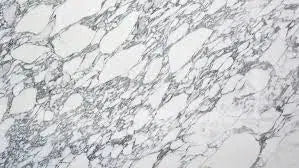 Arabescato Corchia
Arabescato Corchia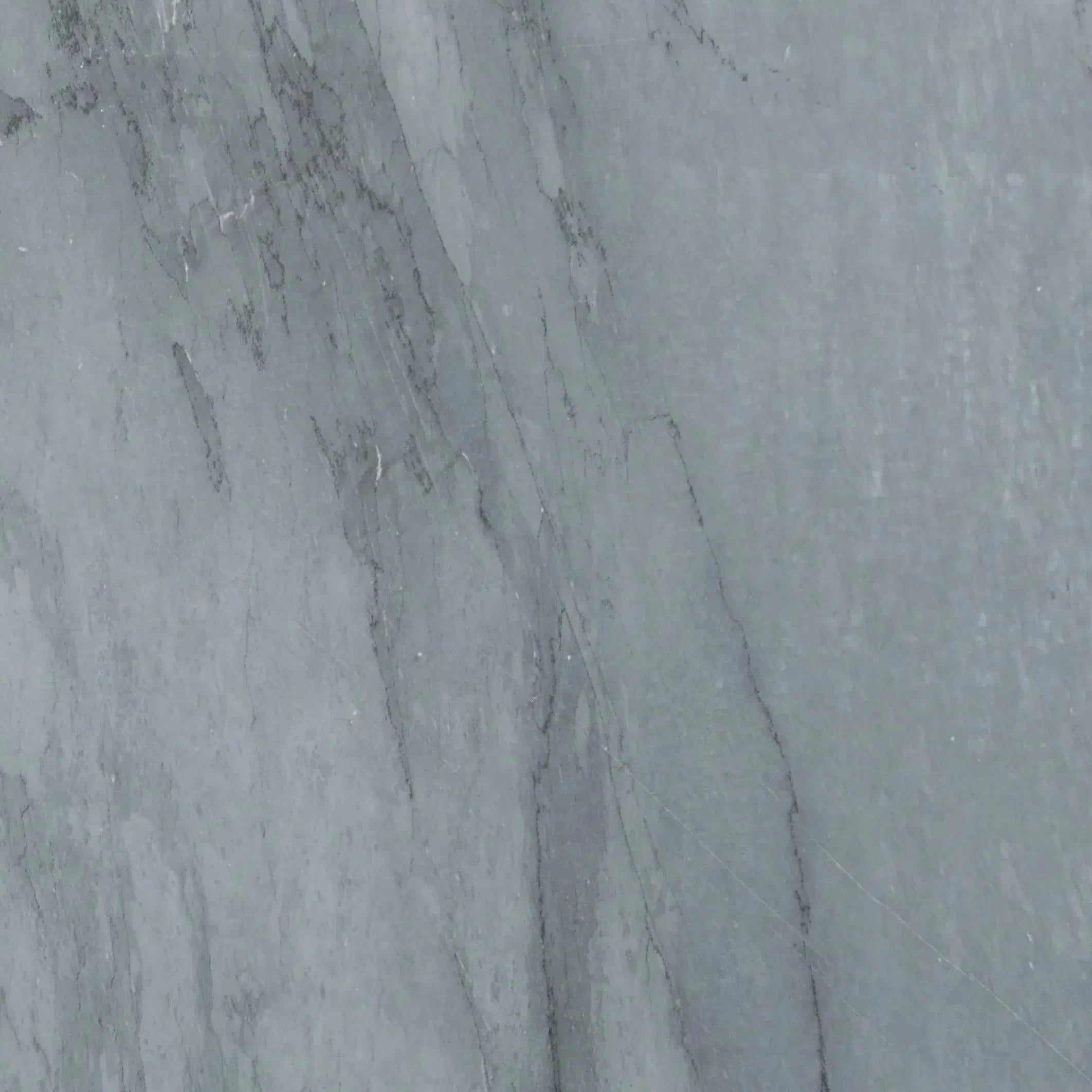 Bardiglio
Bardiglio Bianco Dolomite
Bianco Dolomite 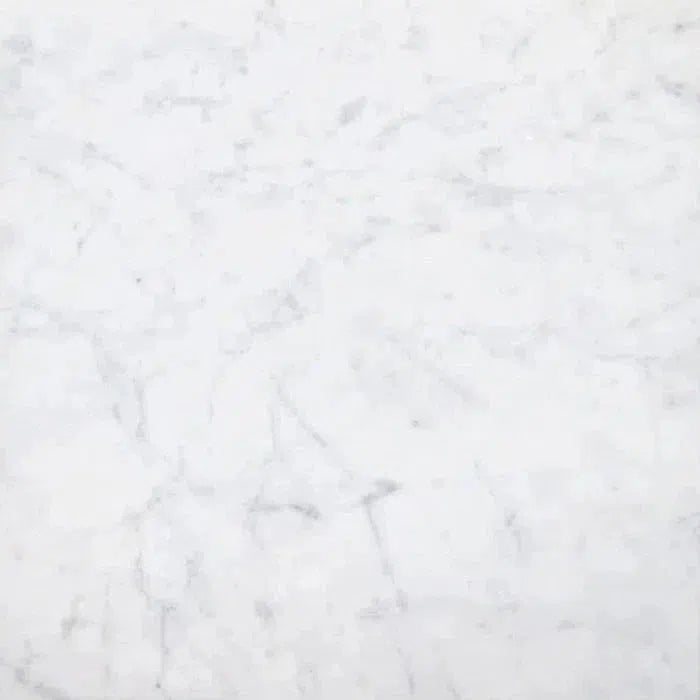 Carrara White
Carrara White 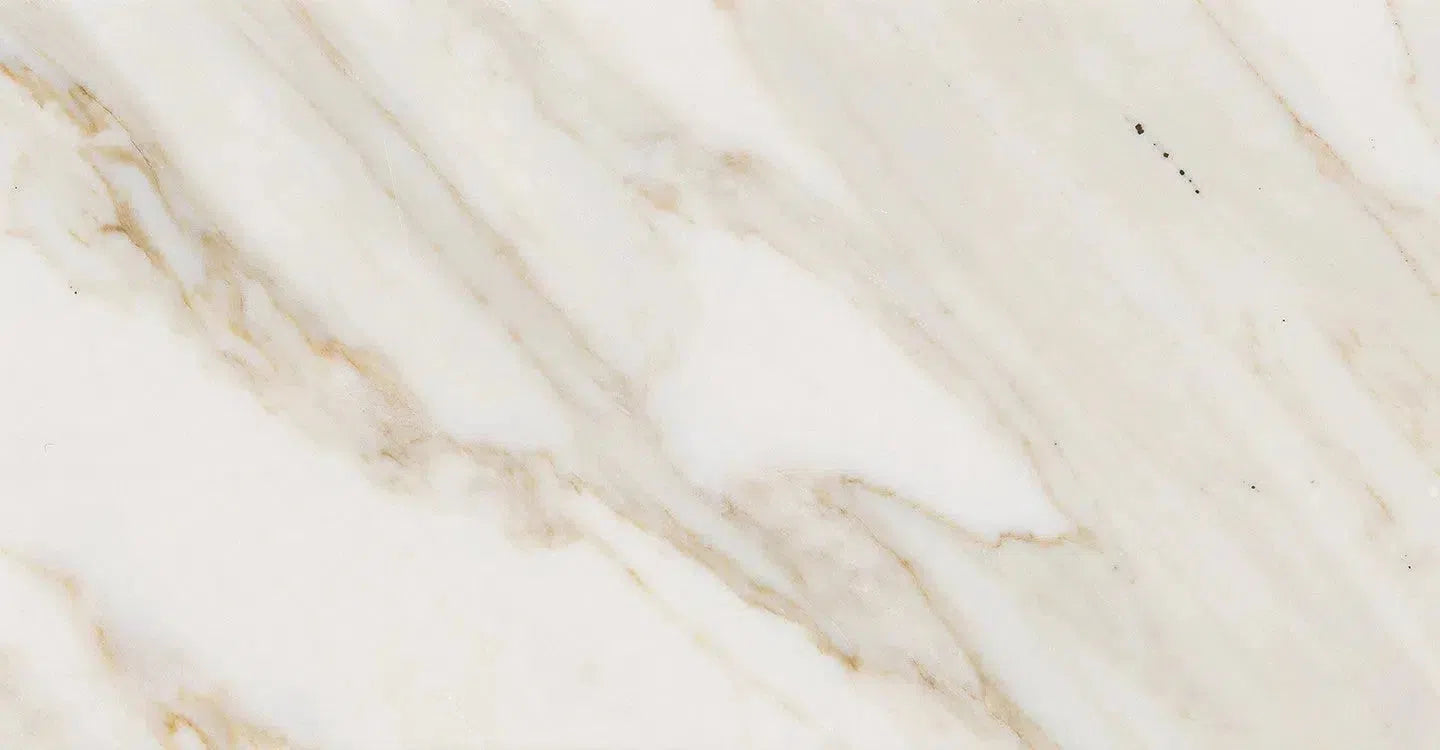 Calacatta Gold
Calacatta Gold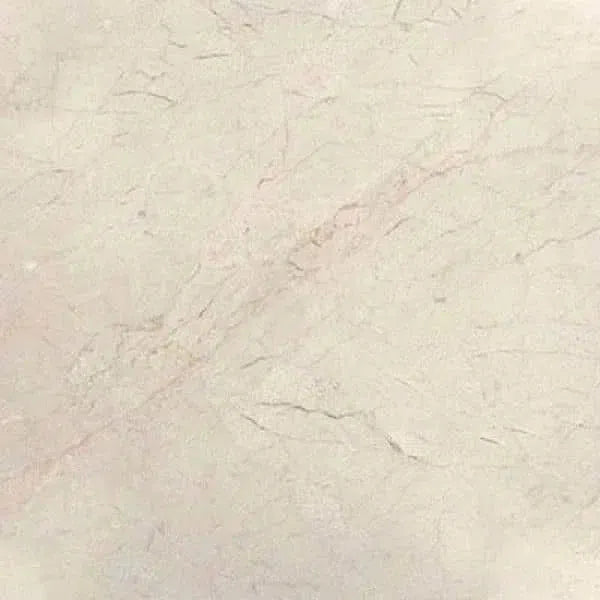 Crema Marfil
Crema Marfil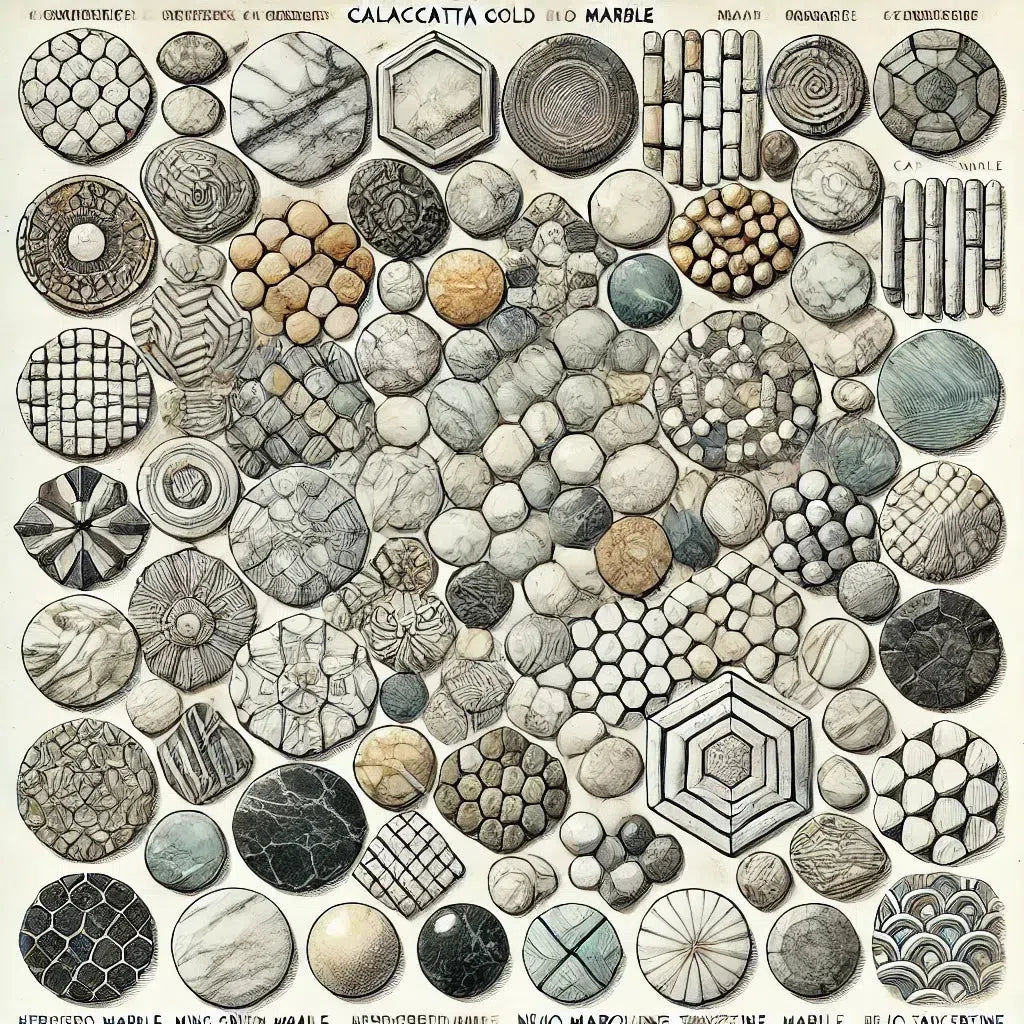 Custom Made Mosaic
Custom Made Mosaic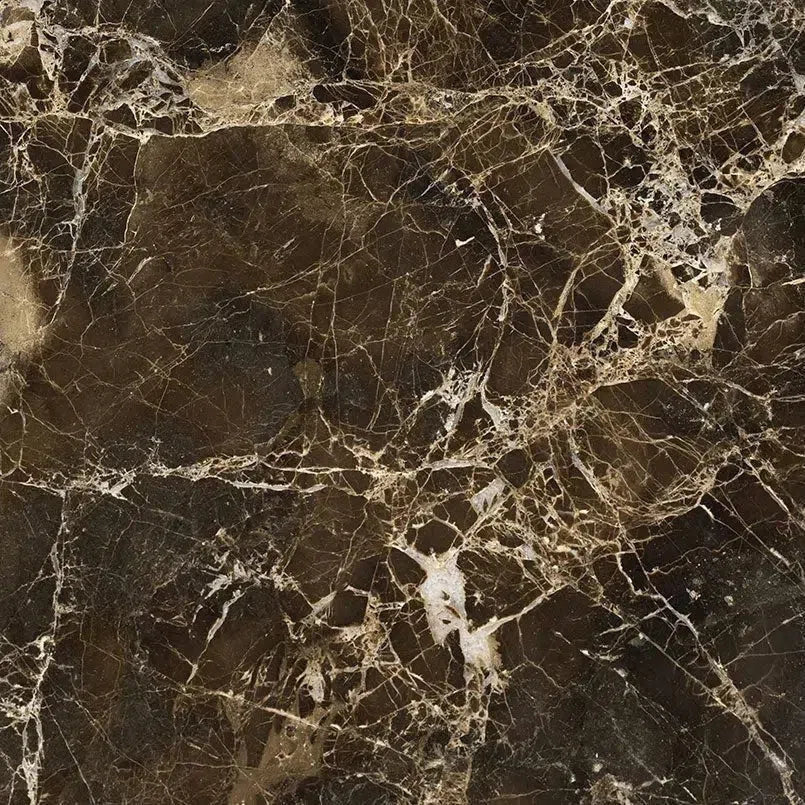 Emperador Dark
Emperador Dark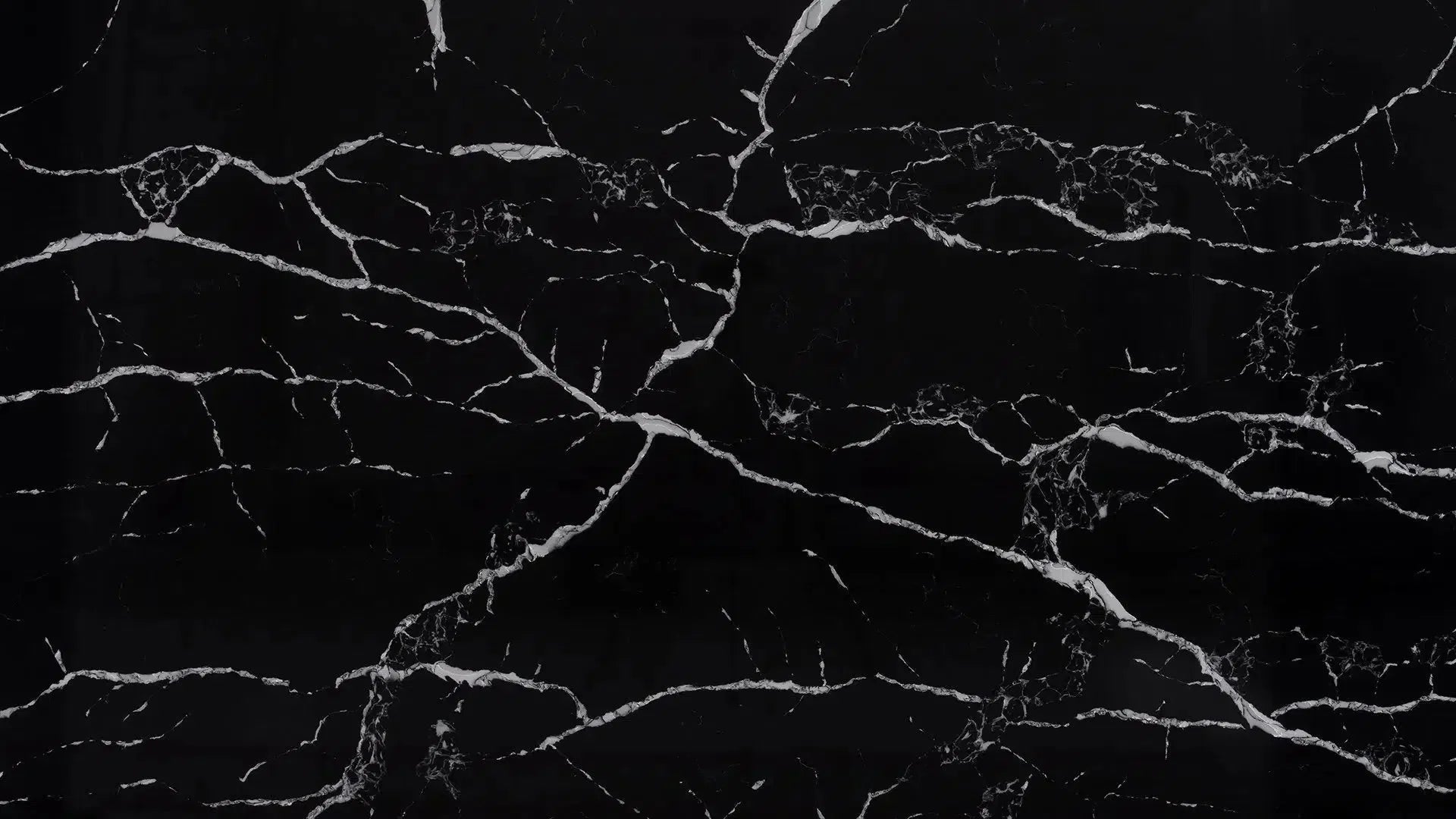 Nero Marquina
Nero Marquina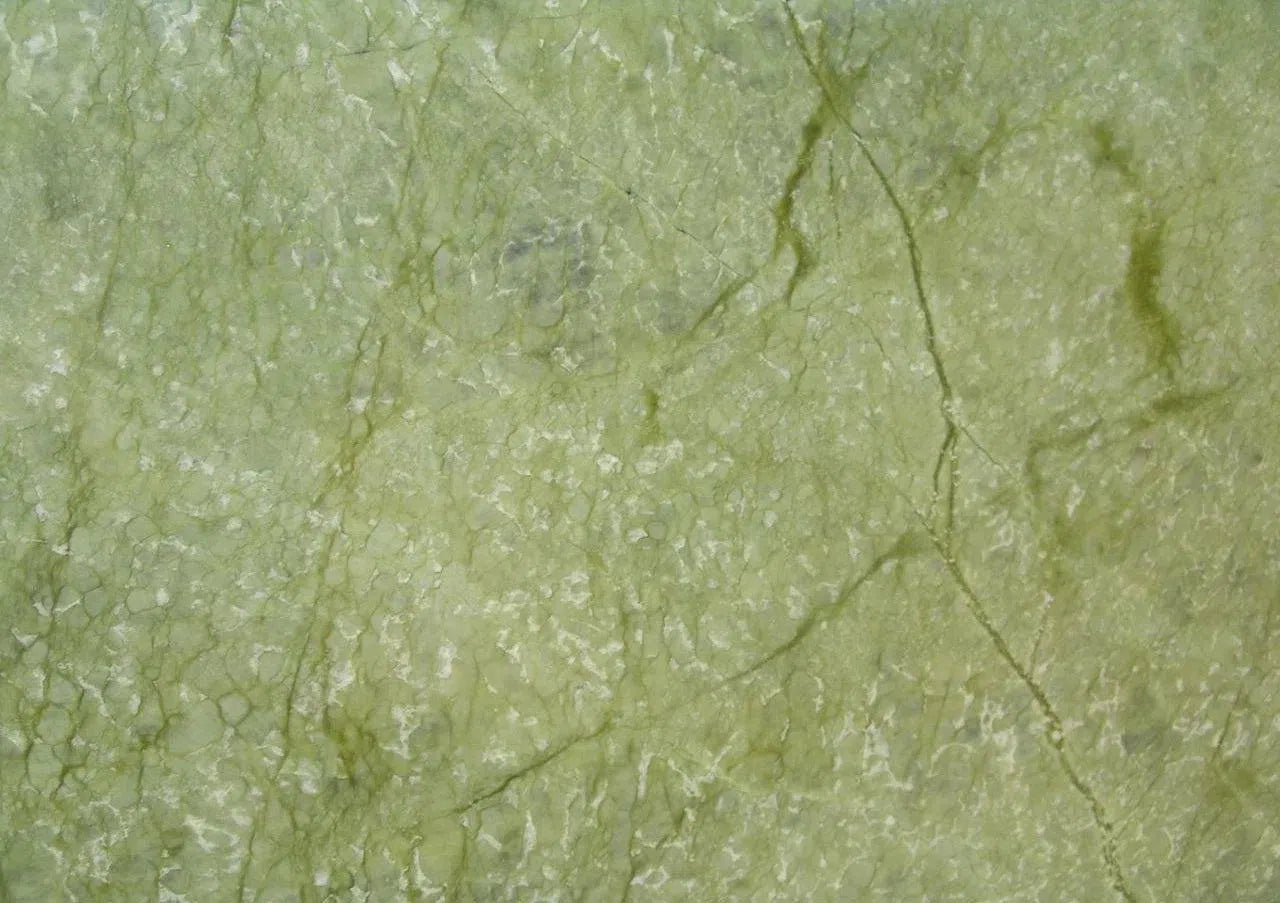 Ming Green Marble
Ming Green Marble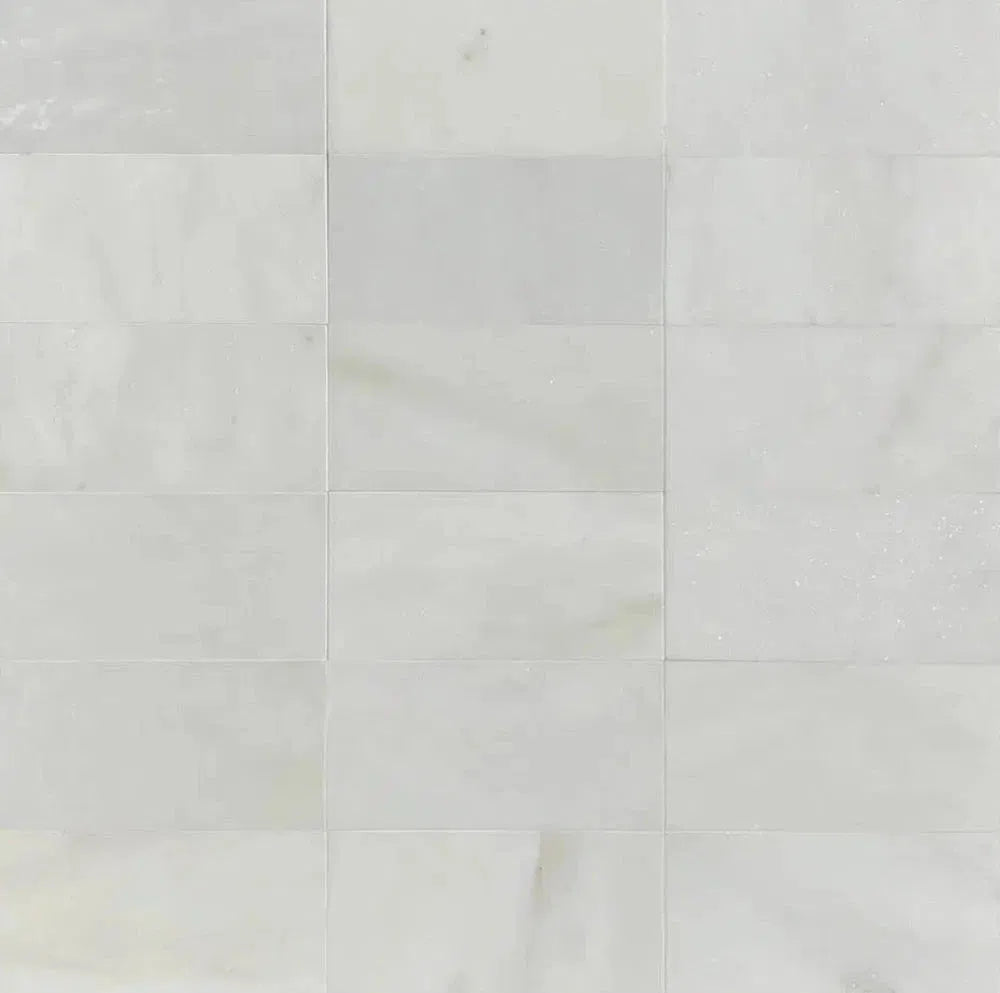 Oriental White Marble (Asian Statuary Marble)
Oriental White Marble (Asian Statuary Marble)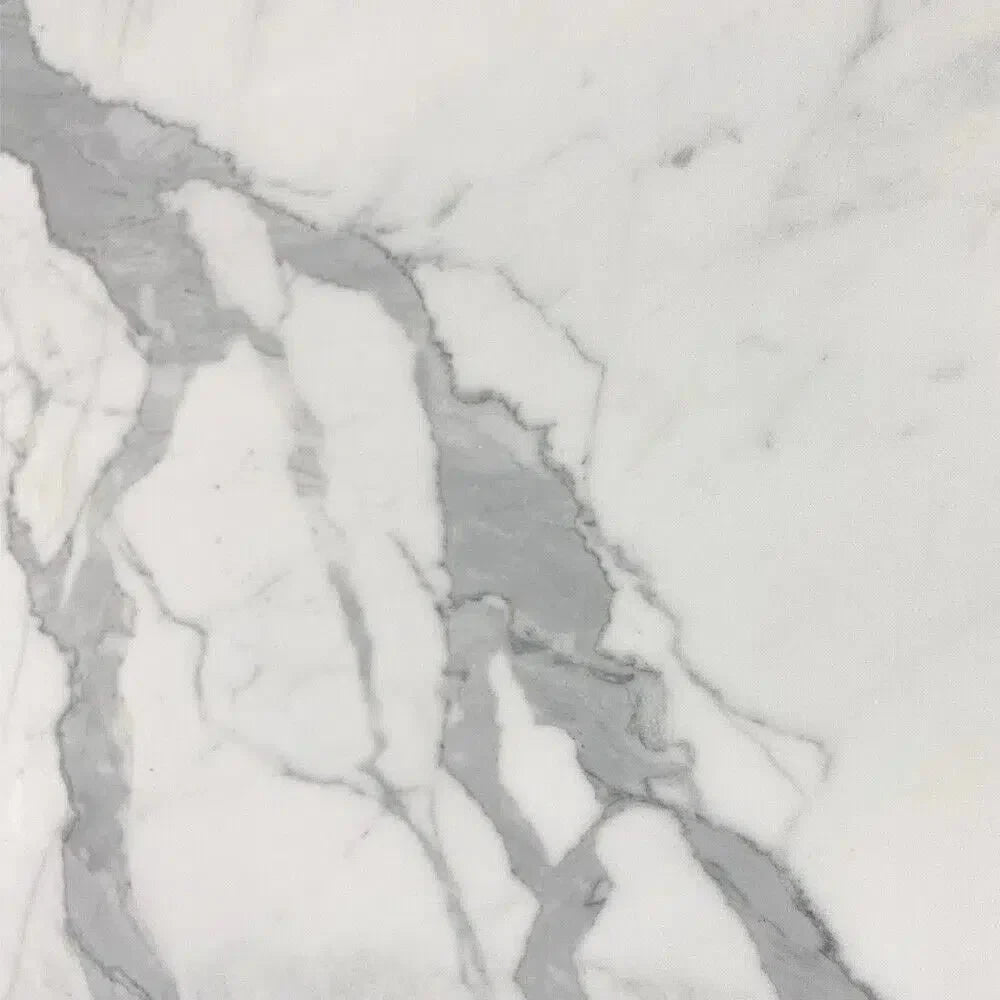 Statuary - Statuario White (Italian) Marble
Statuary - Statuario White (Italian) Marble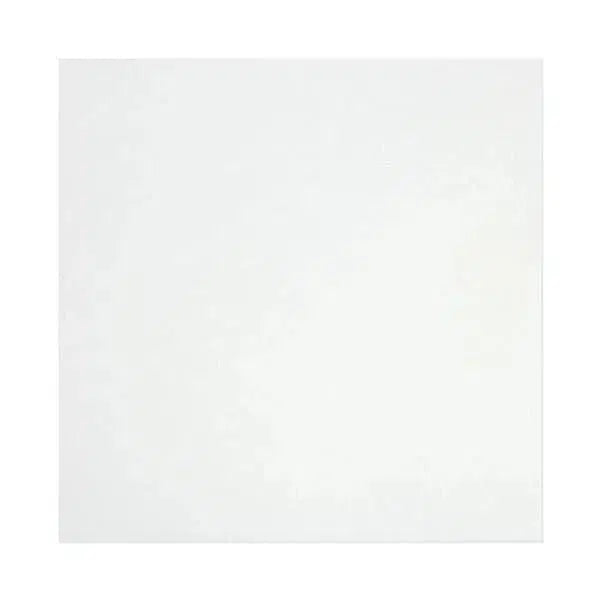 Thassos White
Thassos White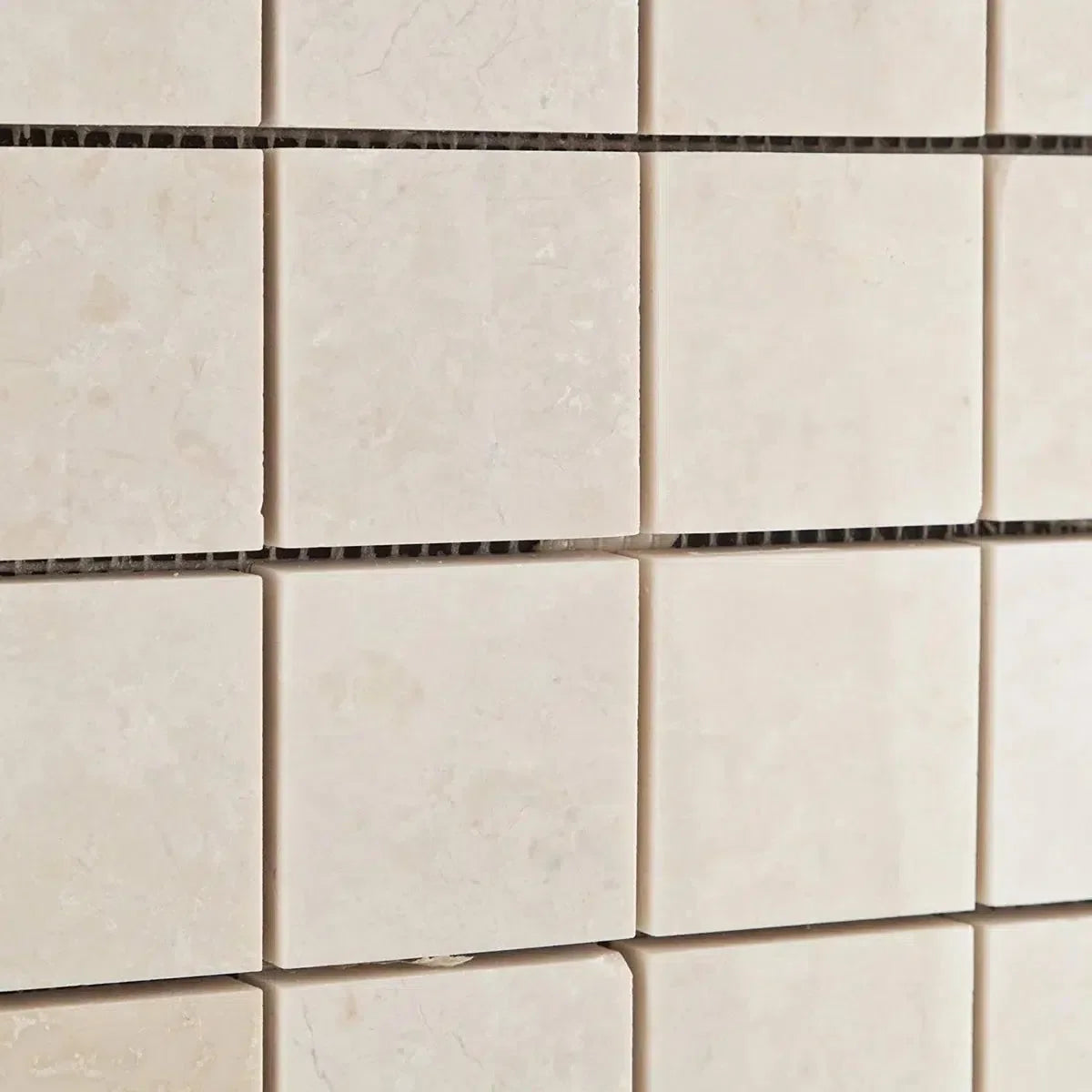 White Pearl/Botticino Beige Marble
White Pearl/Botticino Beige Marble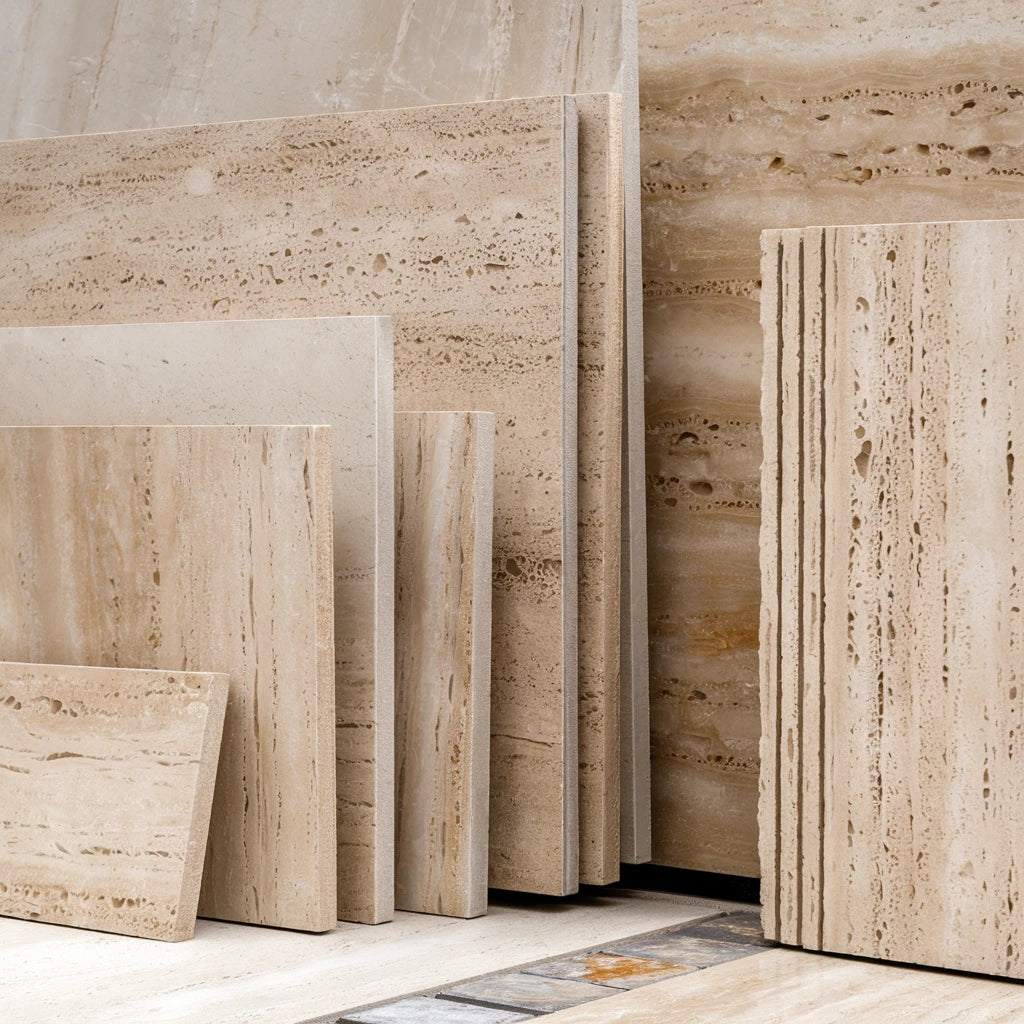 Best Selling Travertine Collections
Best Selling Travertine Collections
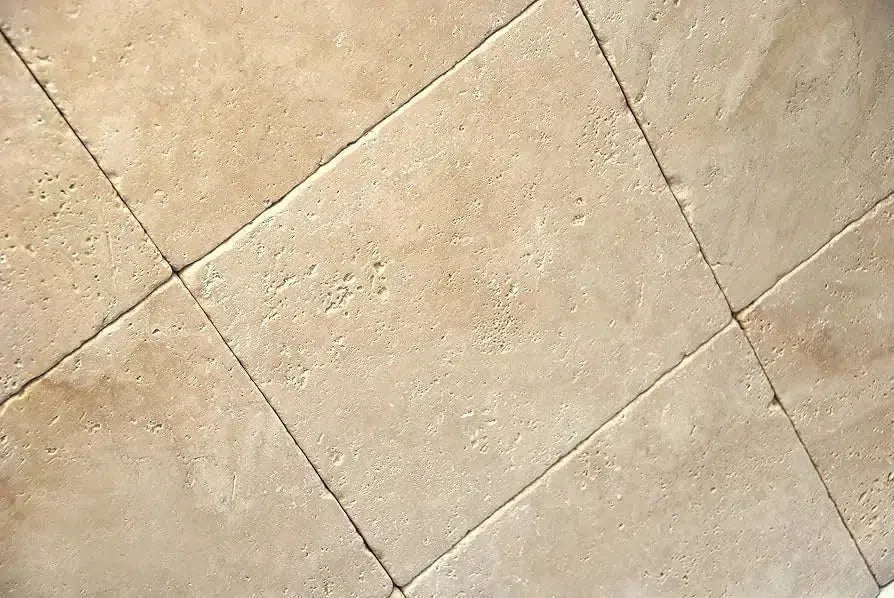 Ivory Travertine
Ivory Travertine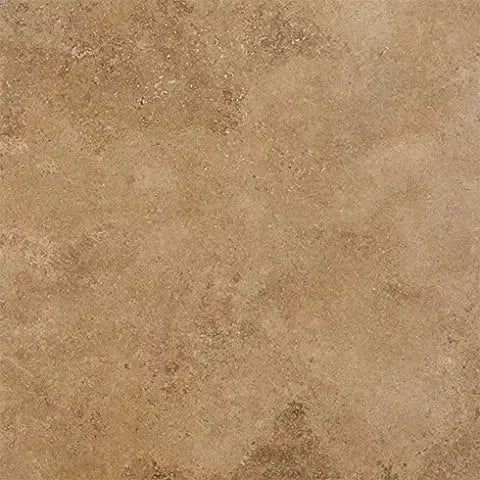 Noce Travertine
Noce Travertine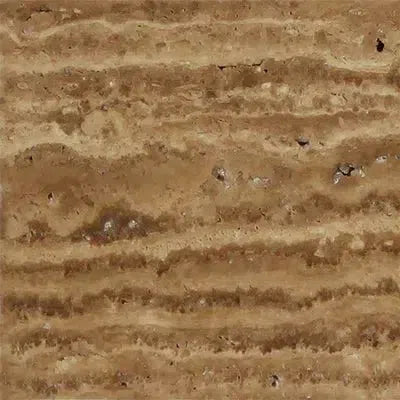 Exotic Noce Travertine
Exotic Noce Travertine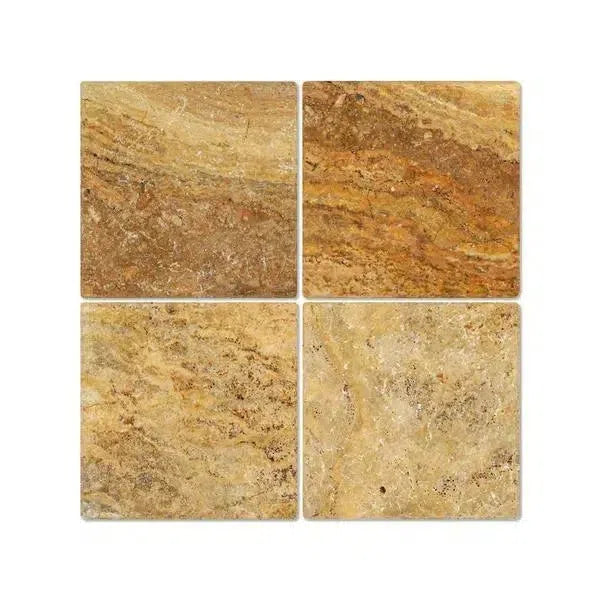 Scabos | Autumn Leaves Travertine
Scabos | Autumn Leaves Travertine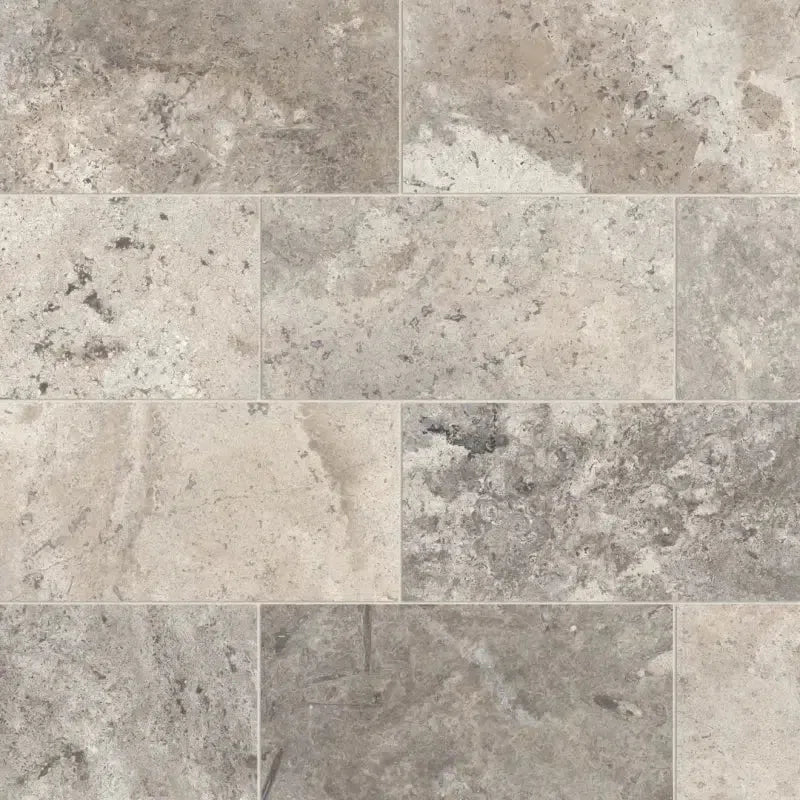 Silver Travertine
Silver Travertine Exotic Travertine
Exotic Travertine Checkerboard
Checkerboard
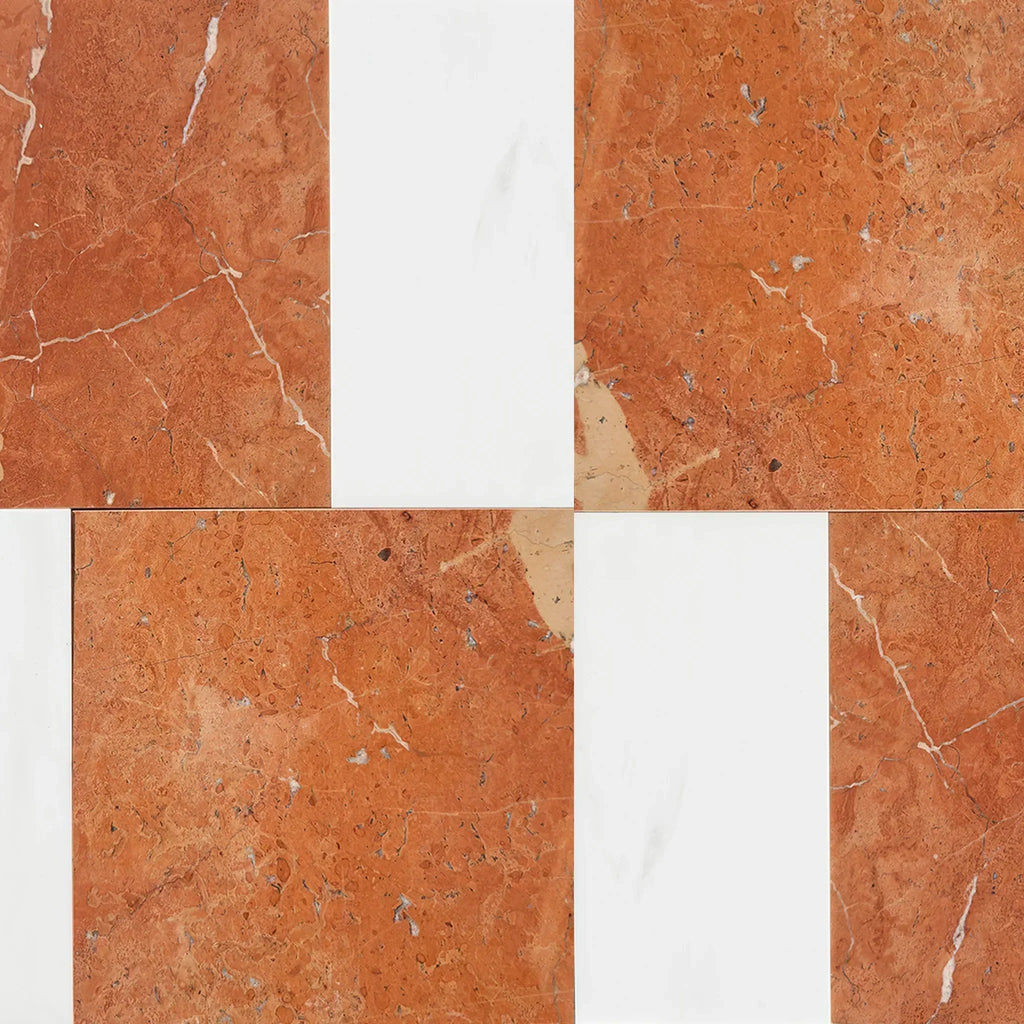 Patterned Tile
Patterned Tile
 Shop By Material
Shop By Material
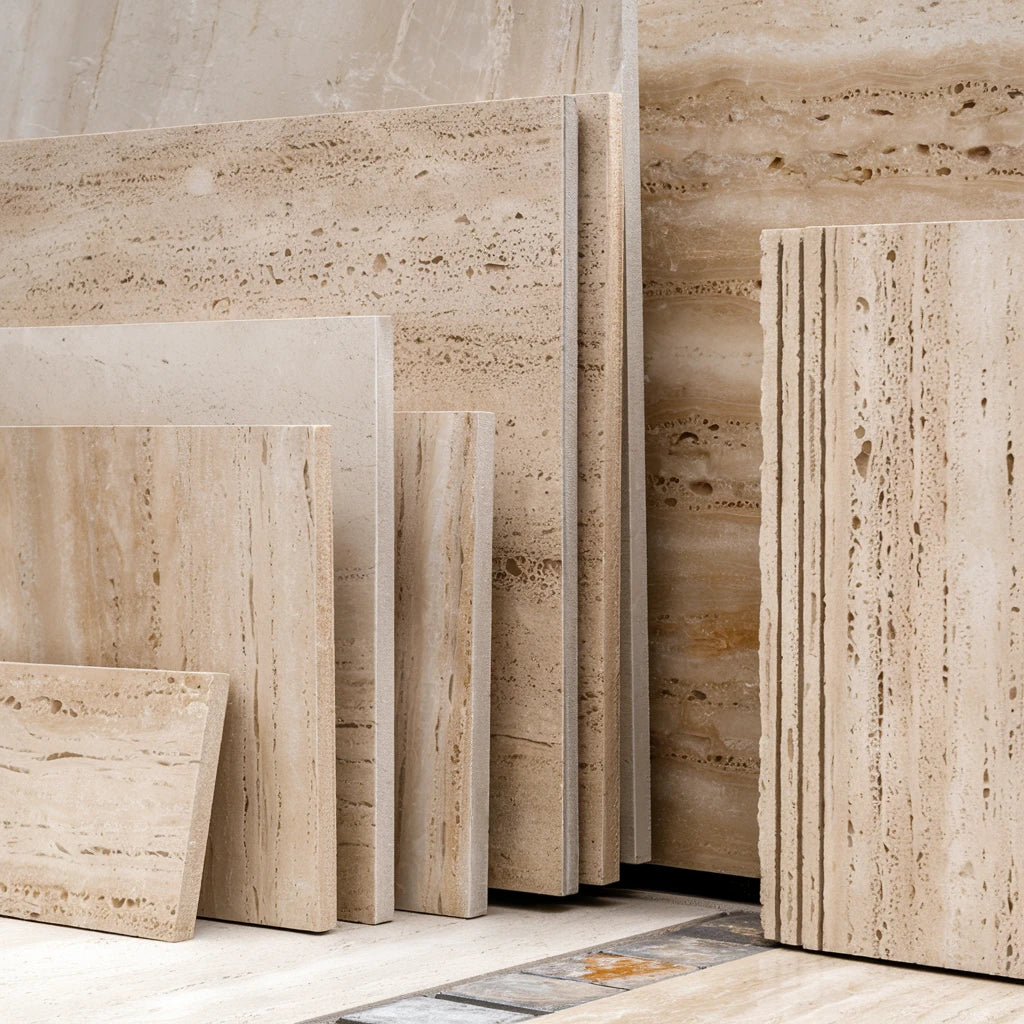 Travertine
Travertine Marble
Marble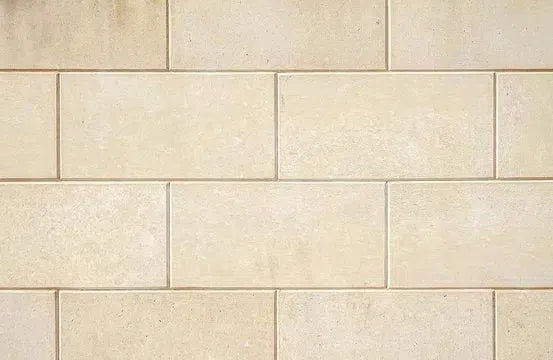 Limestone
Limestone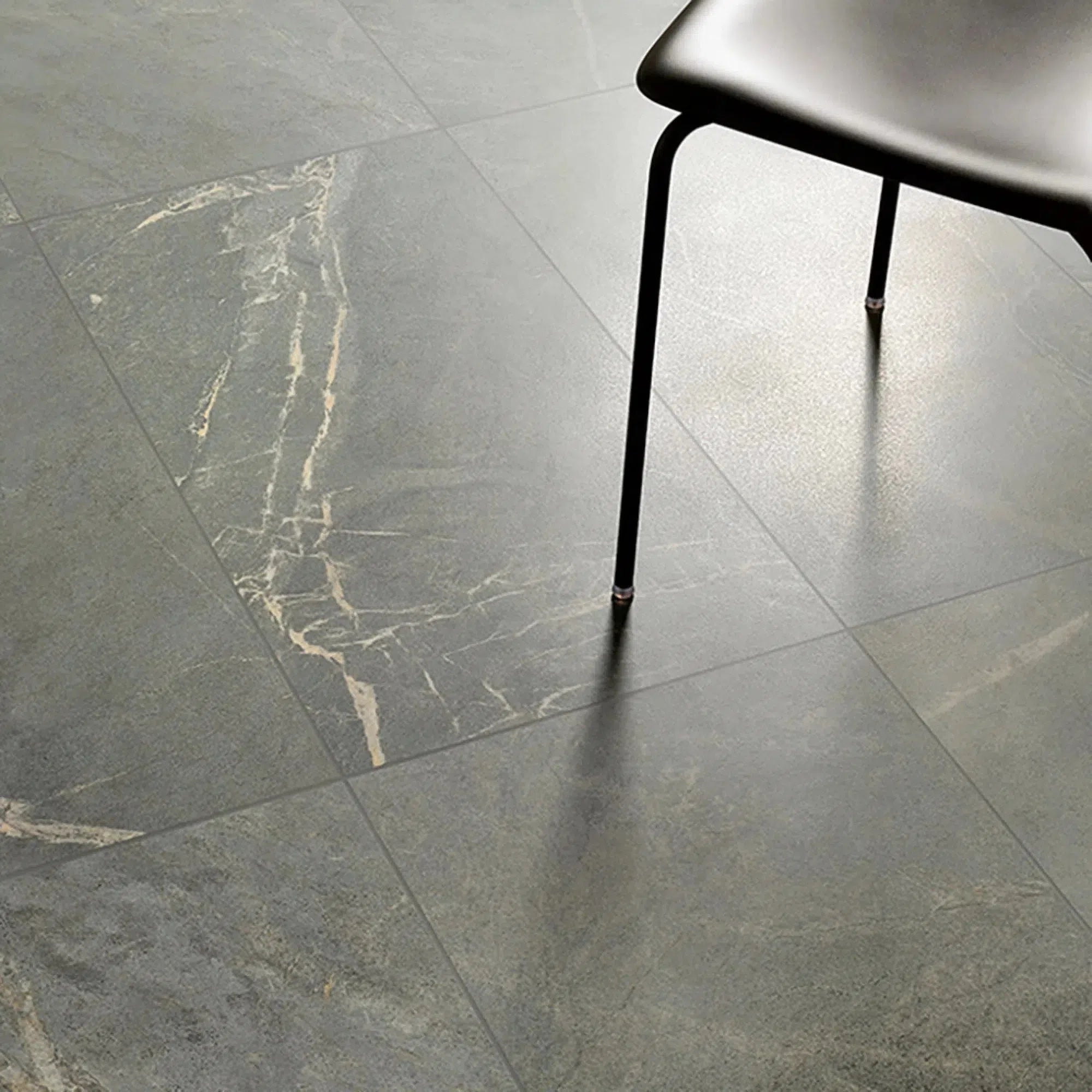 Soap Stone
Soap Stone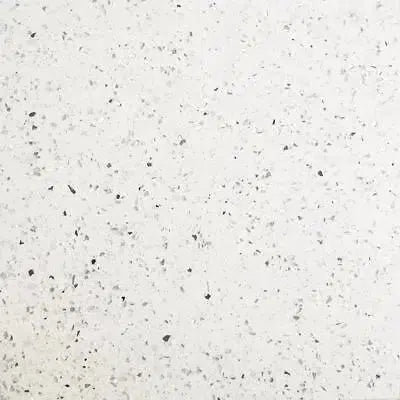 Quartz
Quartz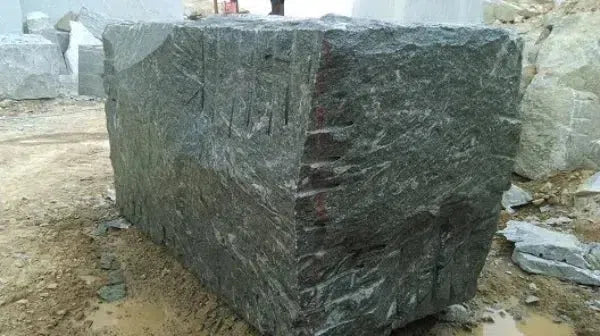 Granite
Granite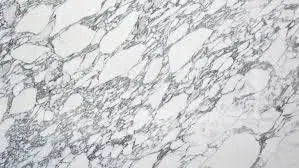 Shop By Name
Shop By Name
 Absolute Black Granite
Absolute Black Granite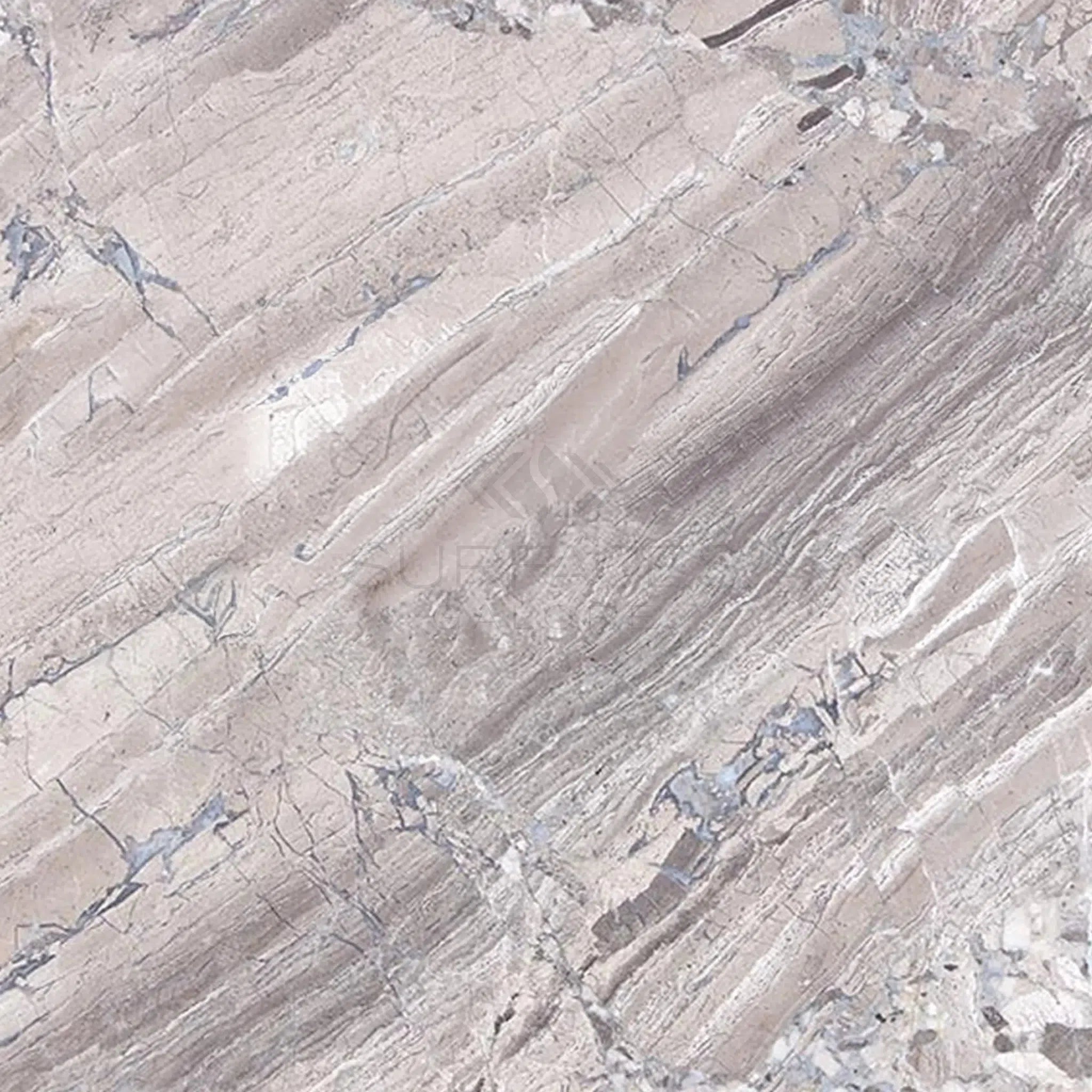 Atlantic Gray Marble
Atlantic Gray Marble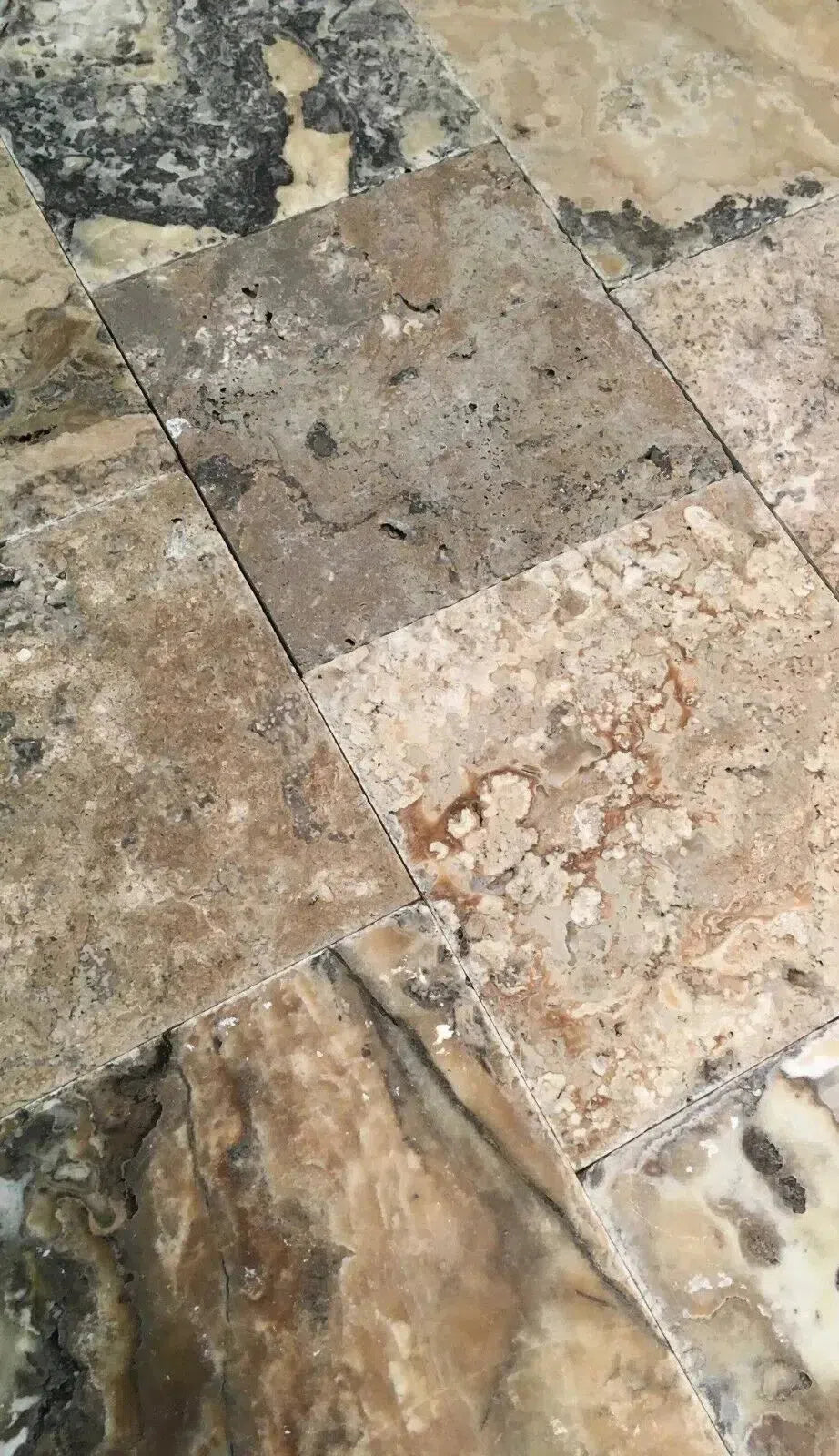 Antico Onyx Travertine
Antico Onyx Travertine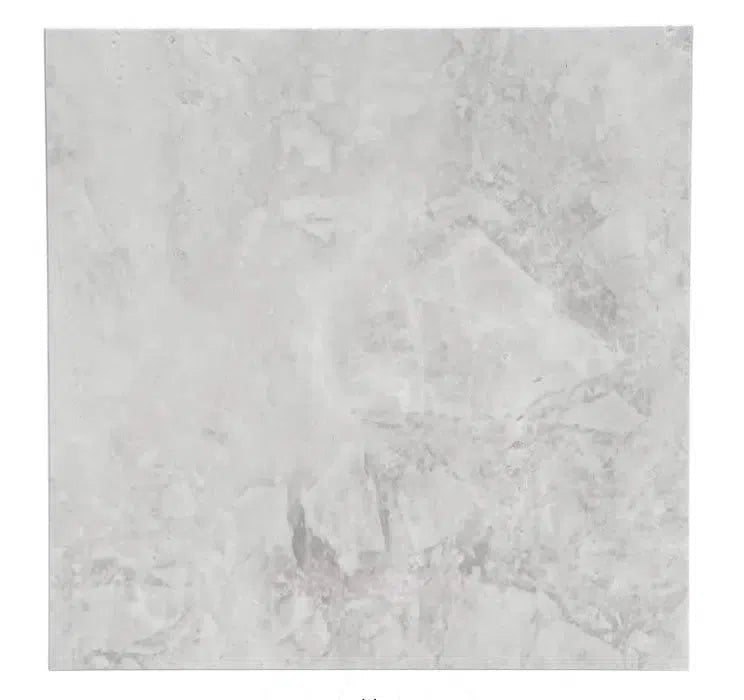 Bianco Congelato Dolomite
Bianco Congelato Dolomite Bianco Venatino (Bianco Mare) Marble
Bianco Venatino (Bianco Mare) Marble Burgundy Mocha Marble
Burgundy Mocha Marble Calacatta Verde Royale Marble
Calacatta Verde Royale Marble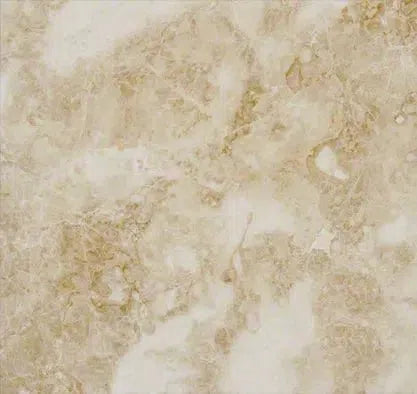 Cappuccino Marble
Cappuccino Marble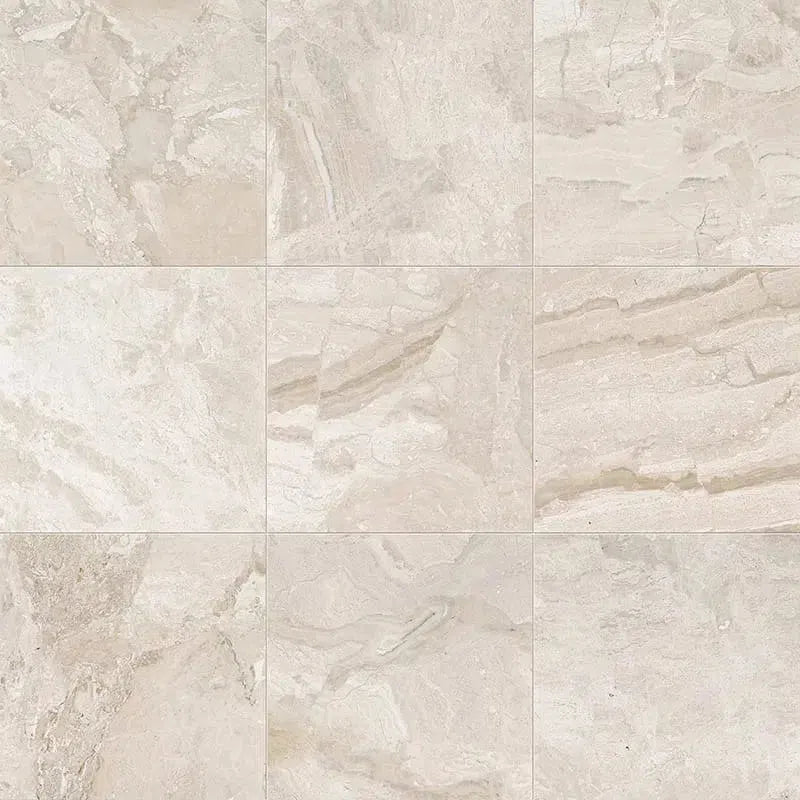 Diano Royal (Queen Beige) Marble
Diano Royal (Queen Beige) Marble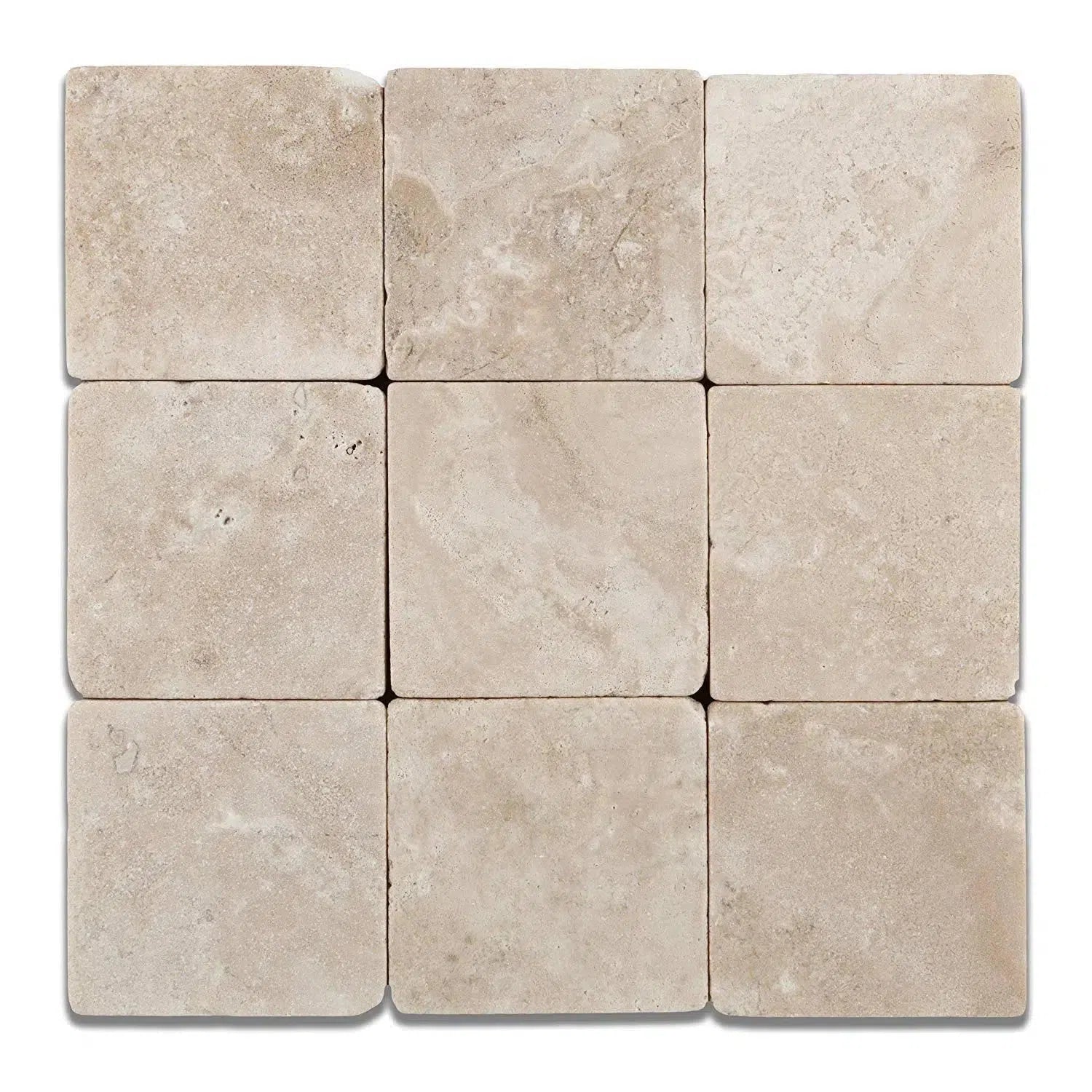 Durango Cream Traverine
Durango Cream Traverine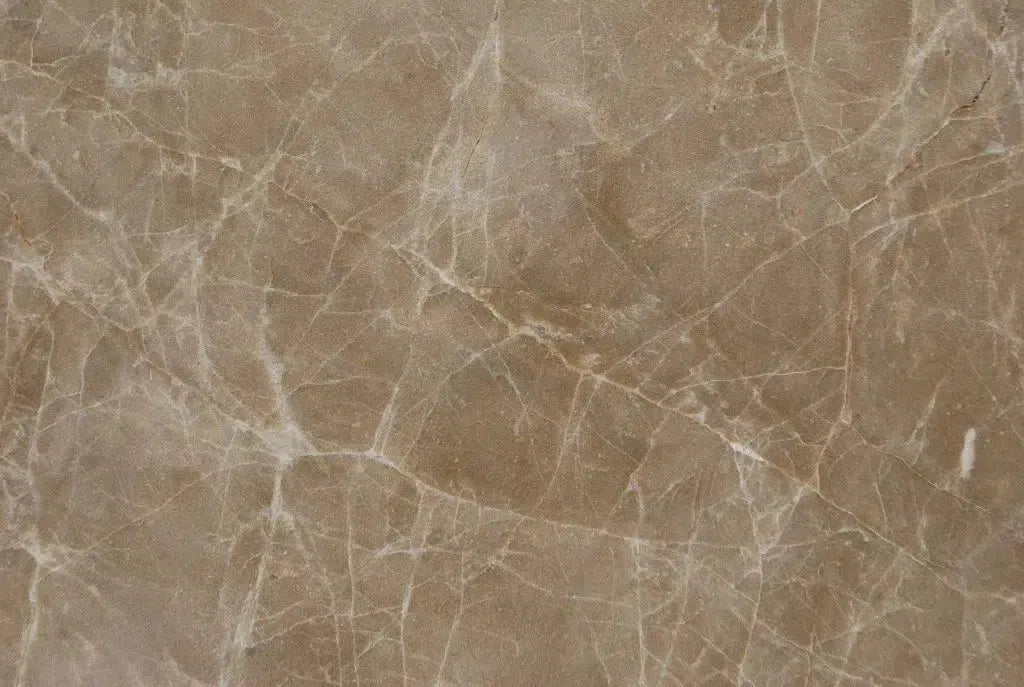 Emperador Light Marble
Emperador Light Marble Empress Green Marble
Empress Green Marble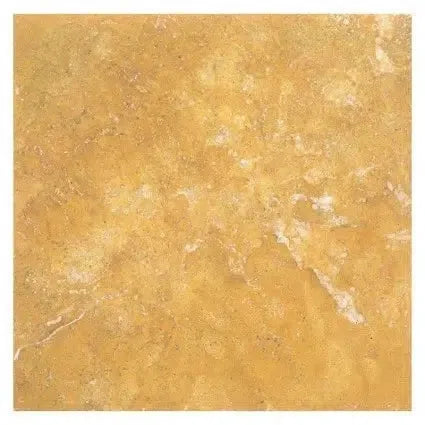 Gold/Yellow Travertine
Gold/Yellow Travertine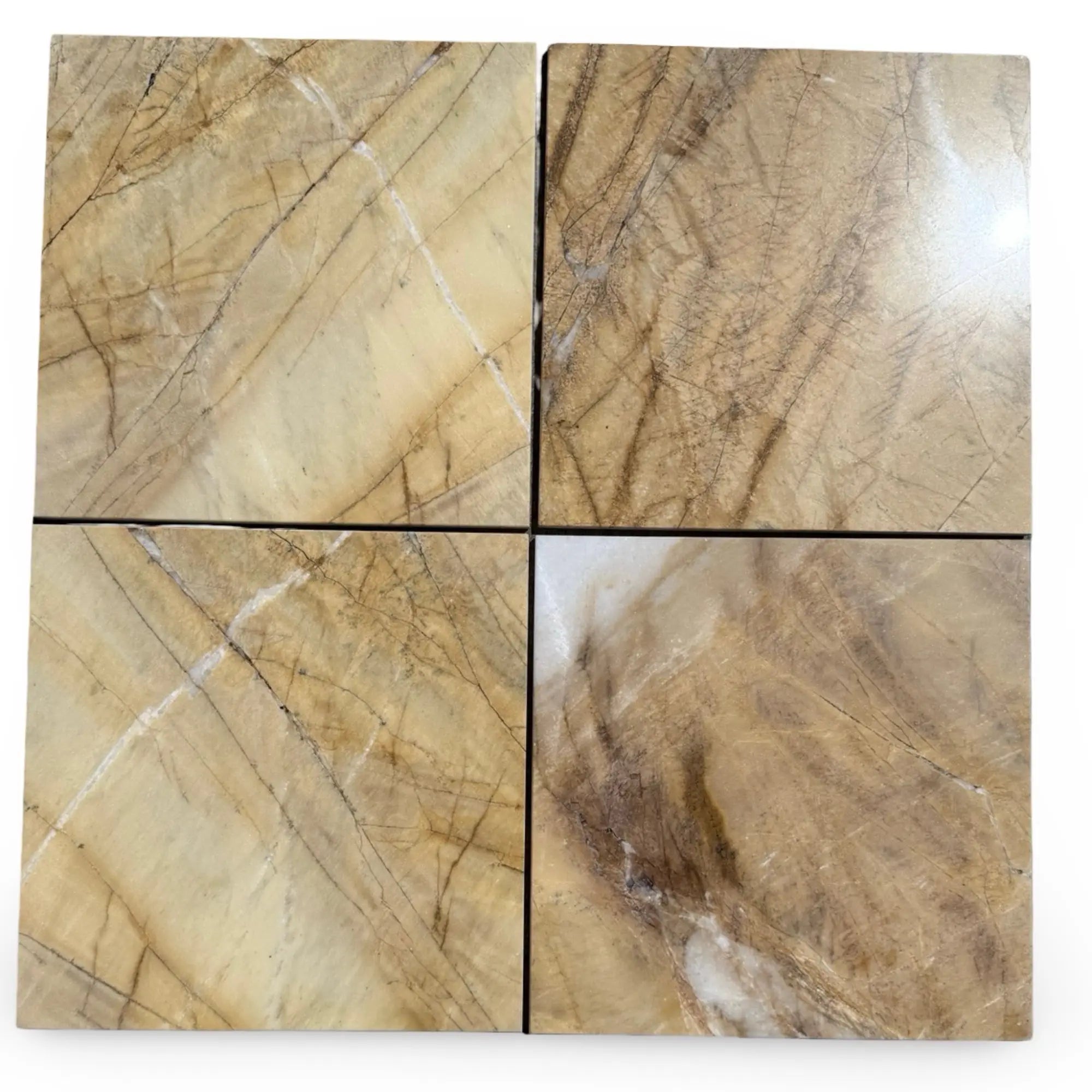 Golden Horizon Marble
Golden Horizon Marble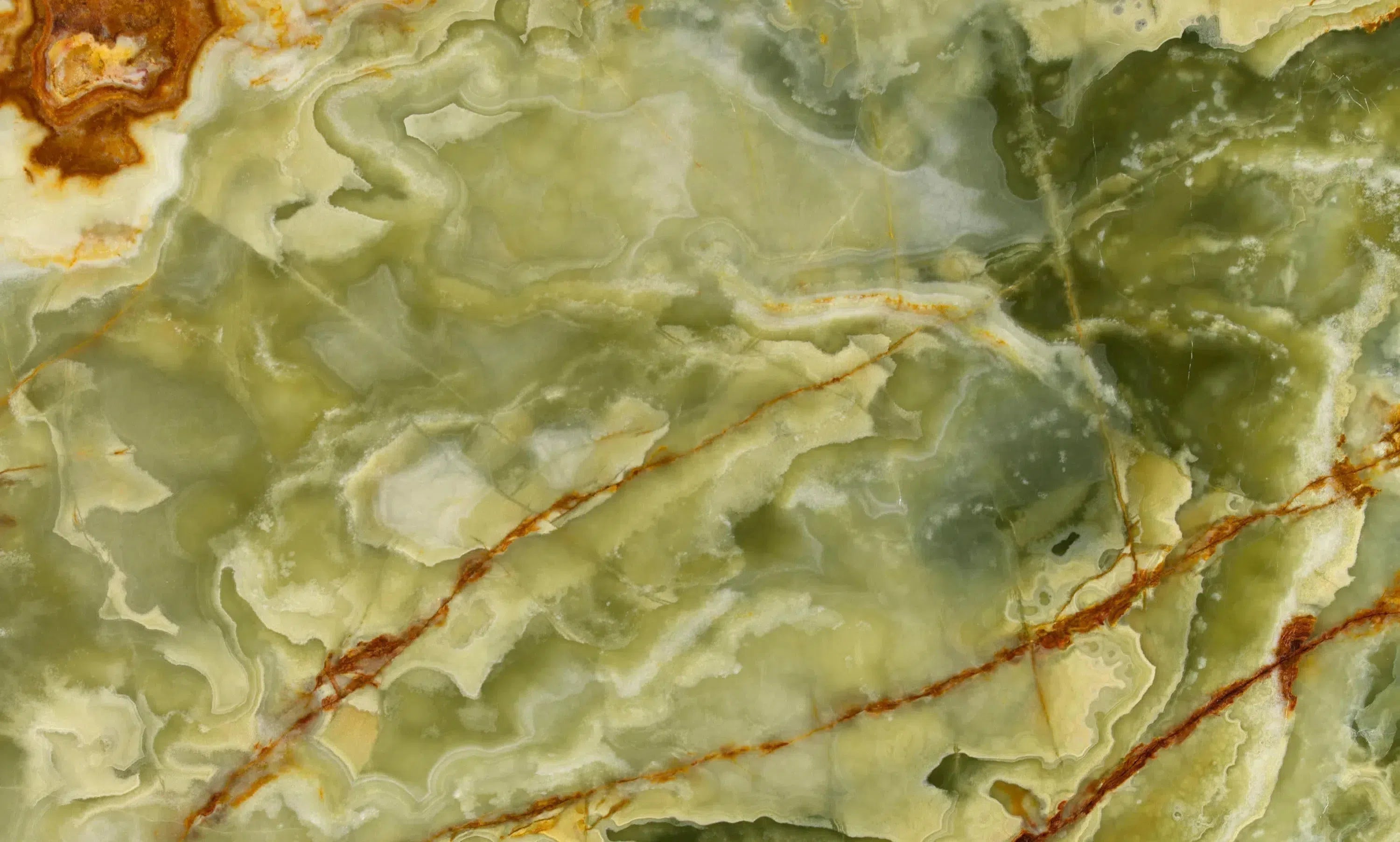 Green Onyx Marble
Green Onyx Marble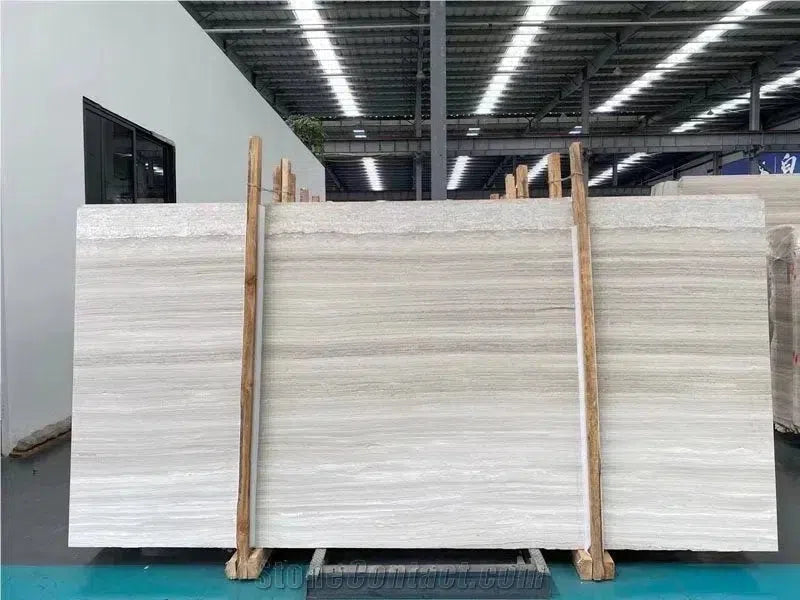 Haisa Light (White Wood) Limestone
Haisa Light (White Wood) Limestone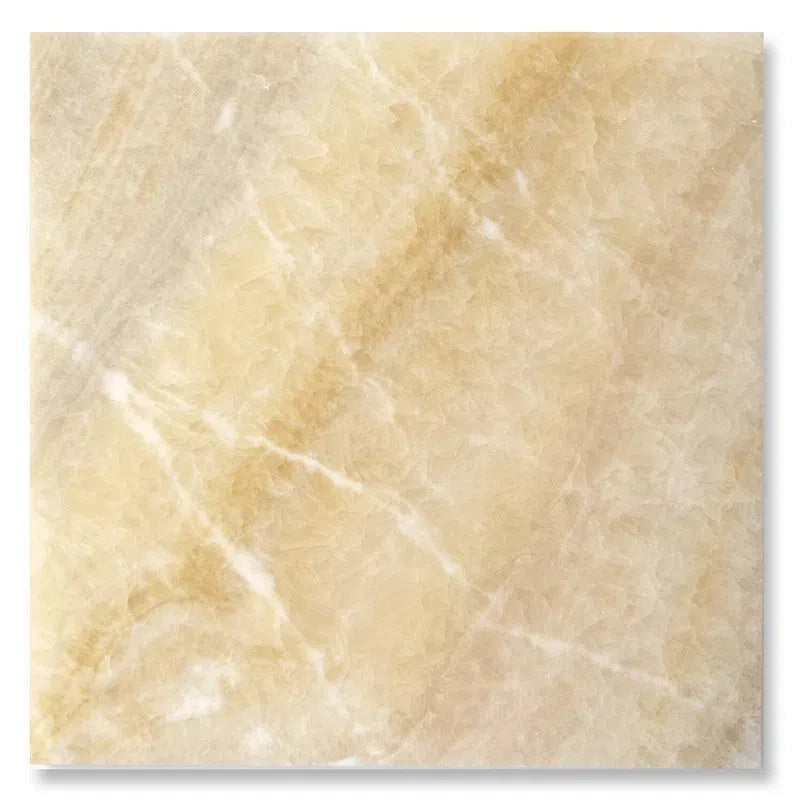 Honey Onyx Marble
Honey Onyx Marble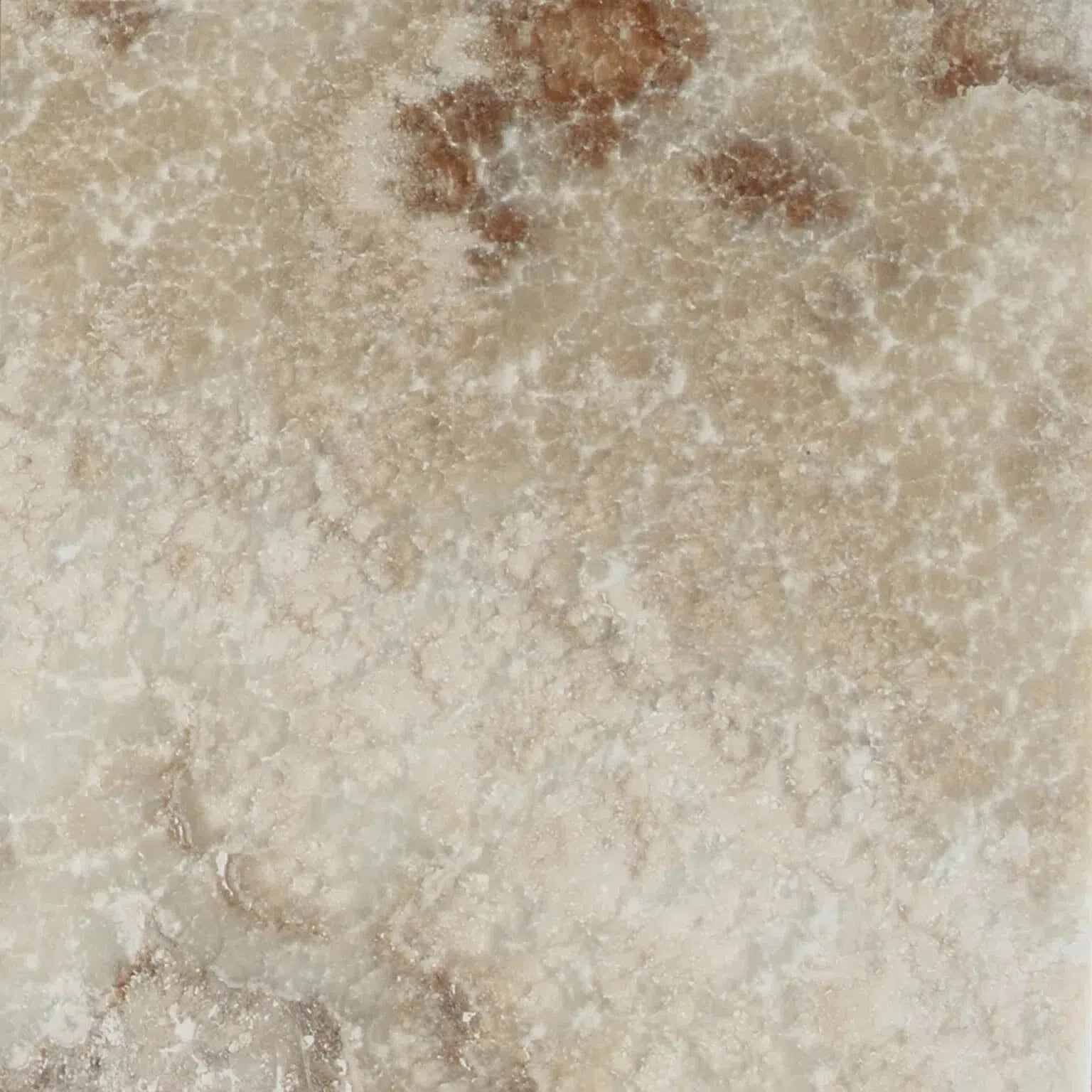 La Travonya Travertine
La Travonya Travertine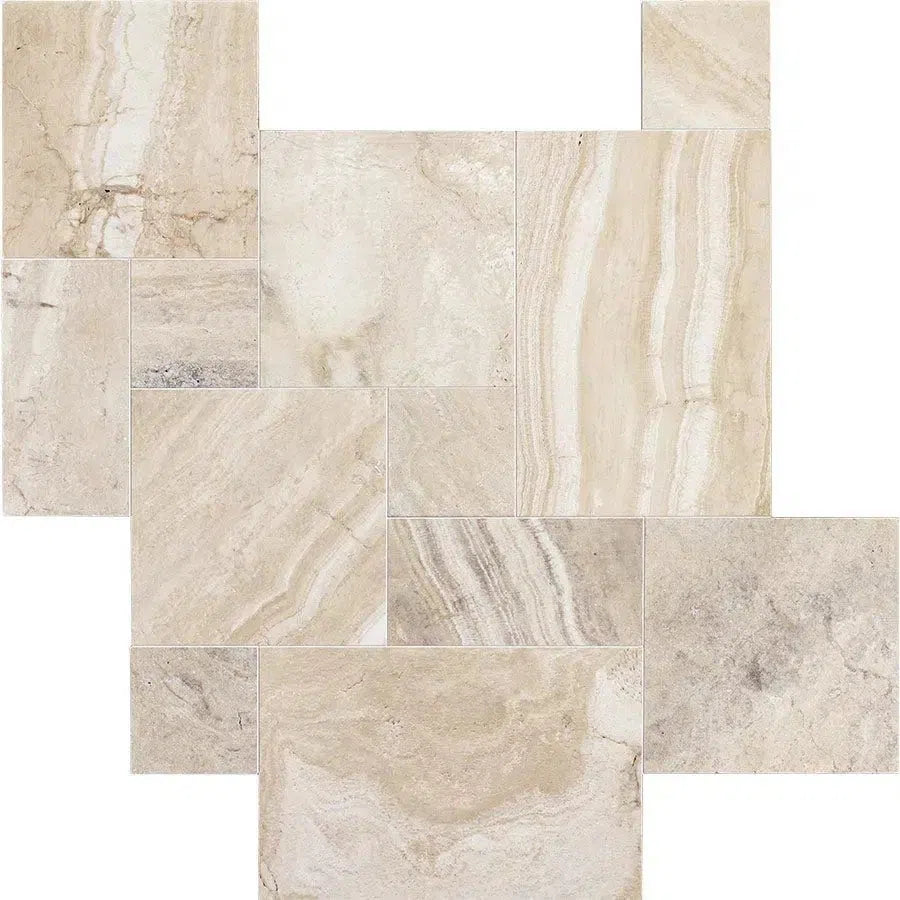 Malibu Travertine
Malibu Travertine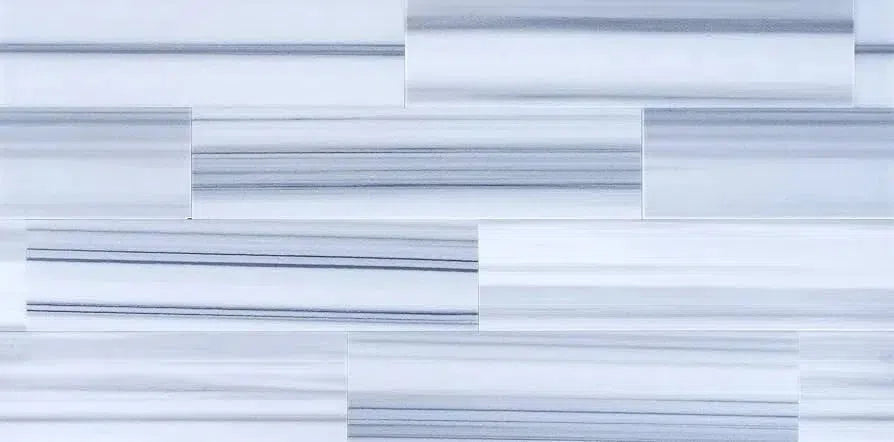 Mink (Equator) Marble
Mink (Equator) Marble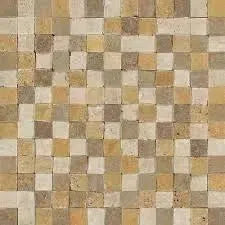 Mixed (Ivory-Noce-Gold) Travertine
Mixed (Ivory-Noce-Gold) Travertine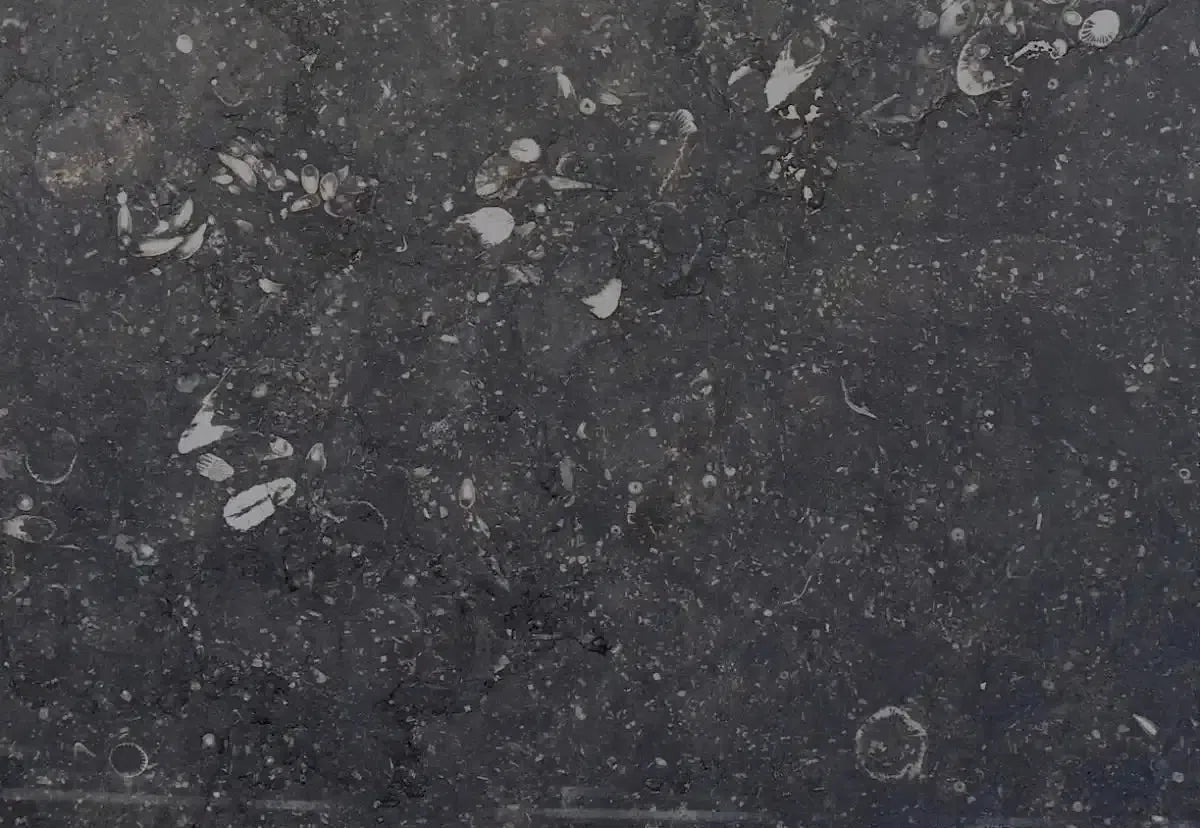 Pierre Bleue (Pierre Blue) Marble
Pierre Bleue (Pierre Blue) Marble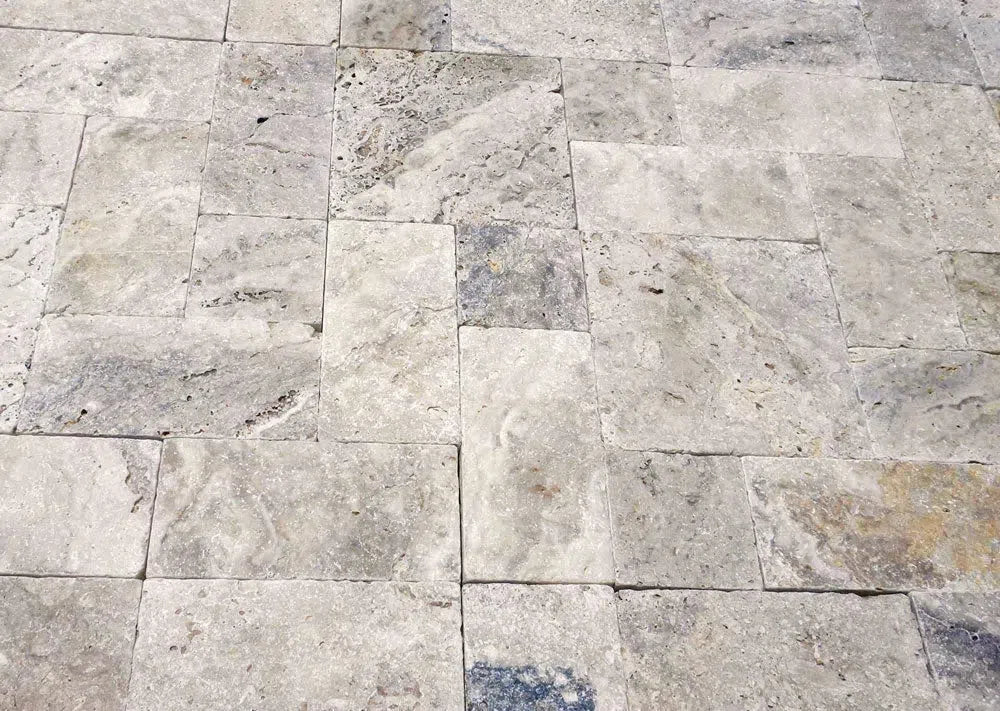 Philadelphia Travertine
Philadelphia Travertine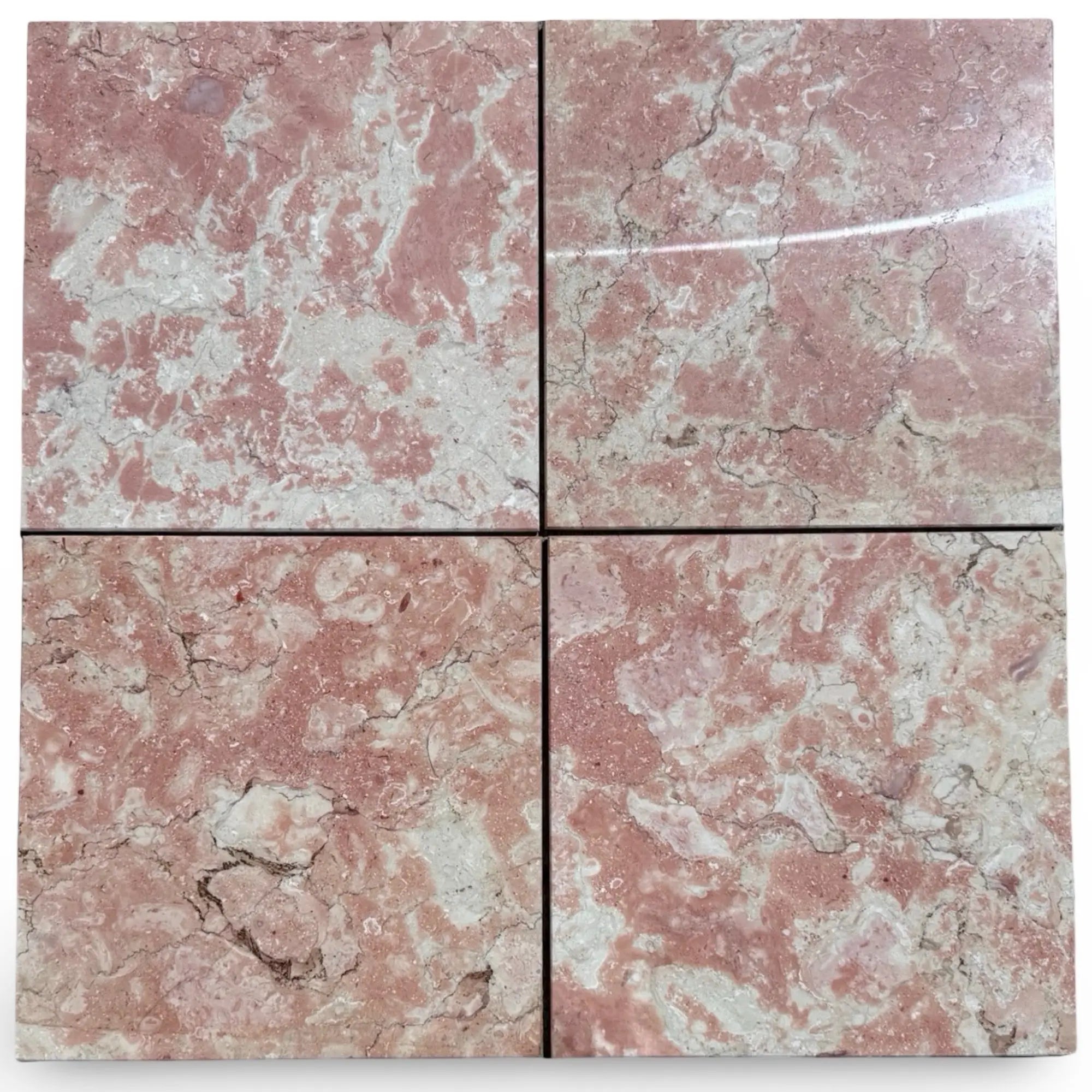 Rosé Aurora Marble
Rosé Aurora Marble Rosetta Storm Marble
Rosetta Storm Marble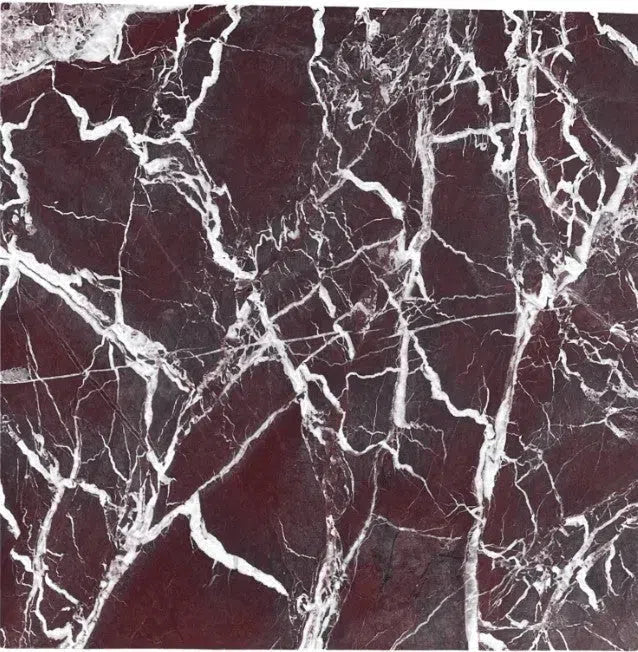 Rosso Levanto Marble
Rosso Levanto Marble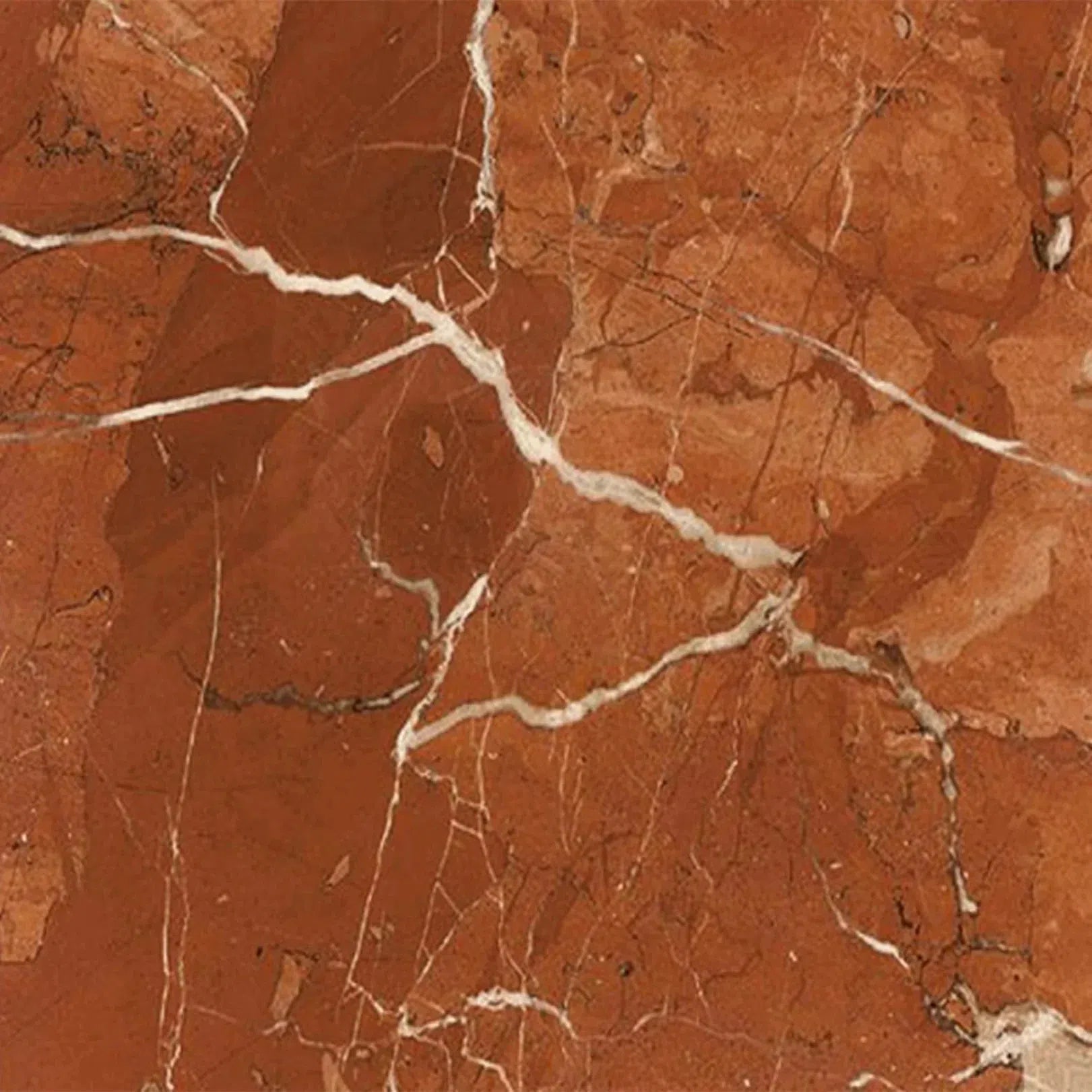 Rojo Alicante Marble
Rojo Alicante Marble Sahara Ember Marble
Sahara Ember Marble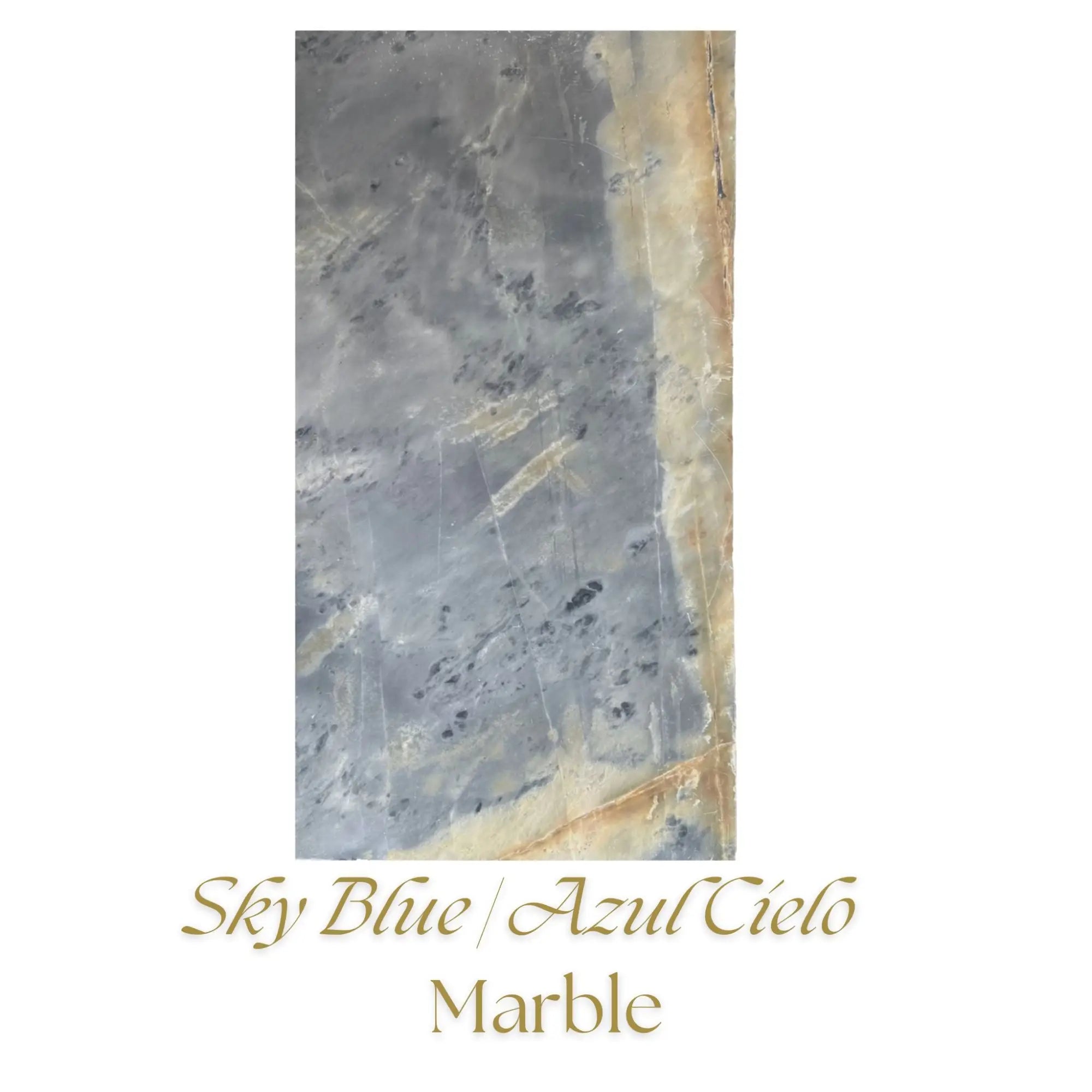 Sky Blue | Azul Cielo Marble
Sky Blue | Azul Cielo Marble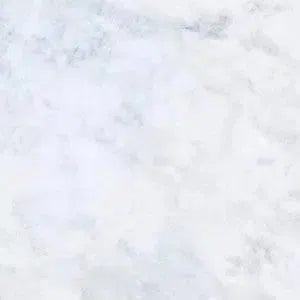 Snow White (Afyon White) Marble
Snow White (Afyon White) Marble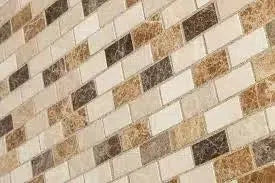 Spanish Mix Marble
Spanish Mix Marble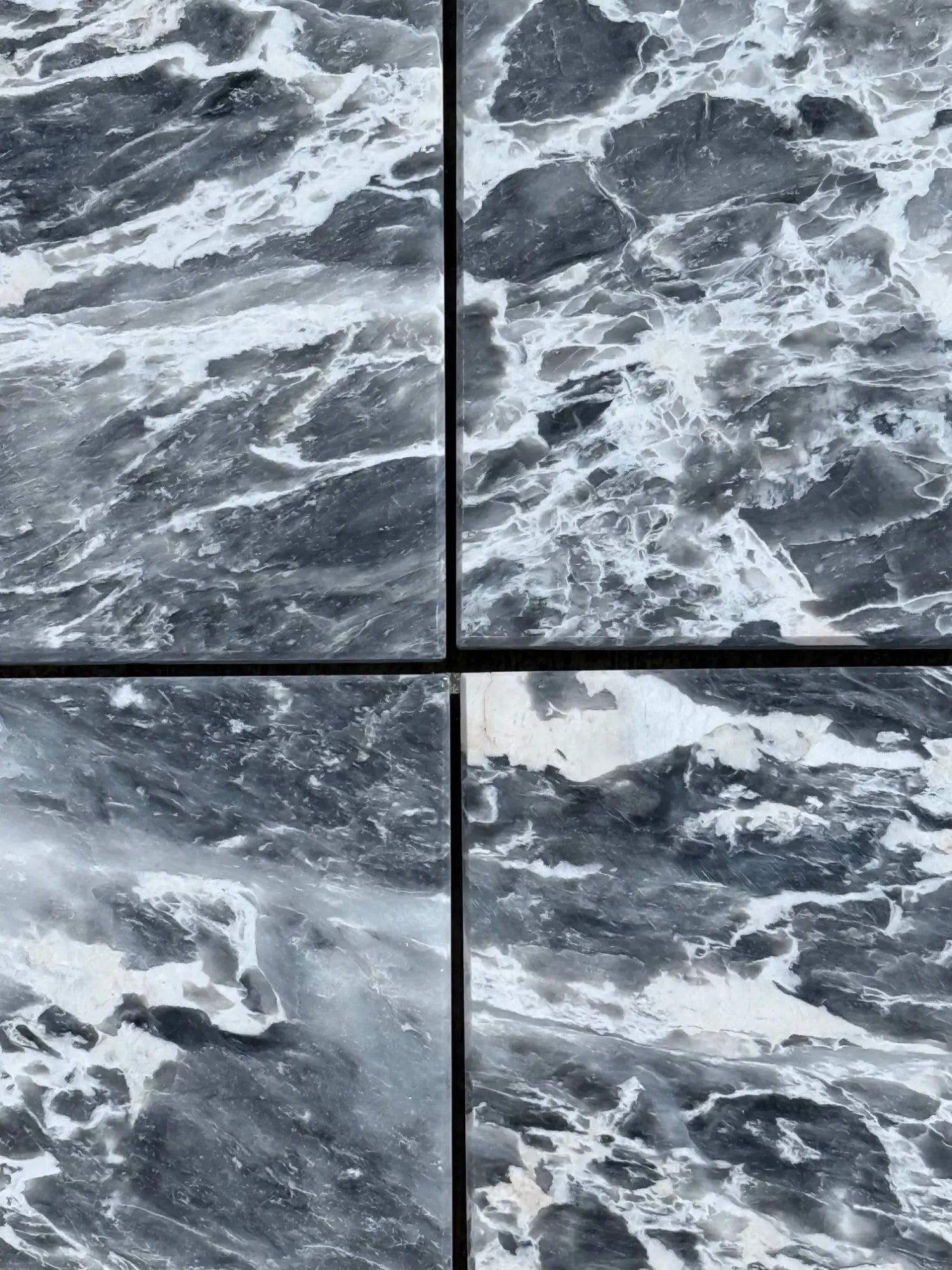 Storm Gray Marble
Storm Gray Marble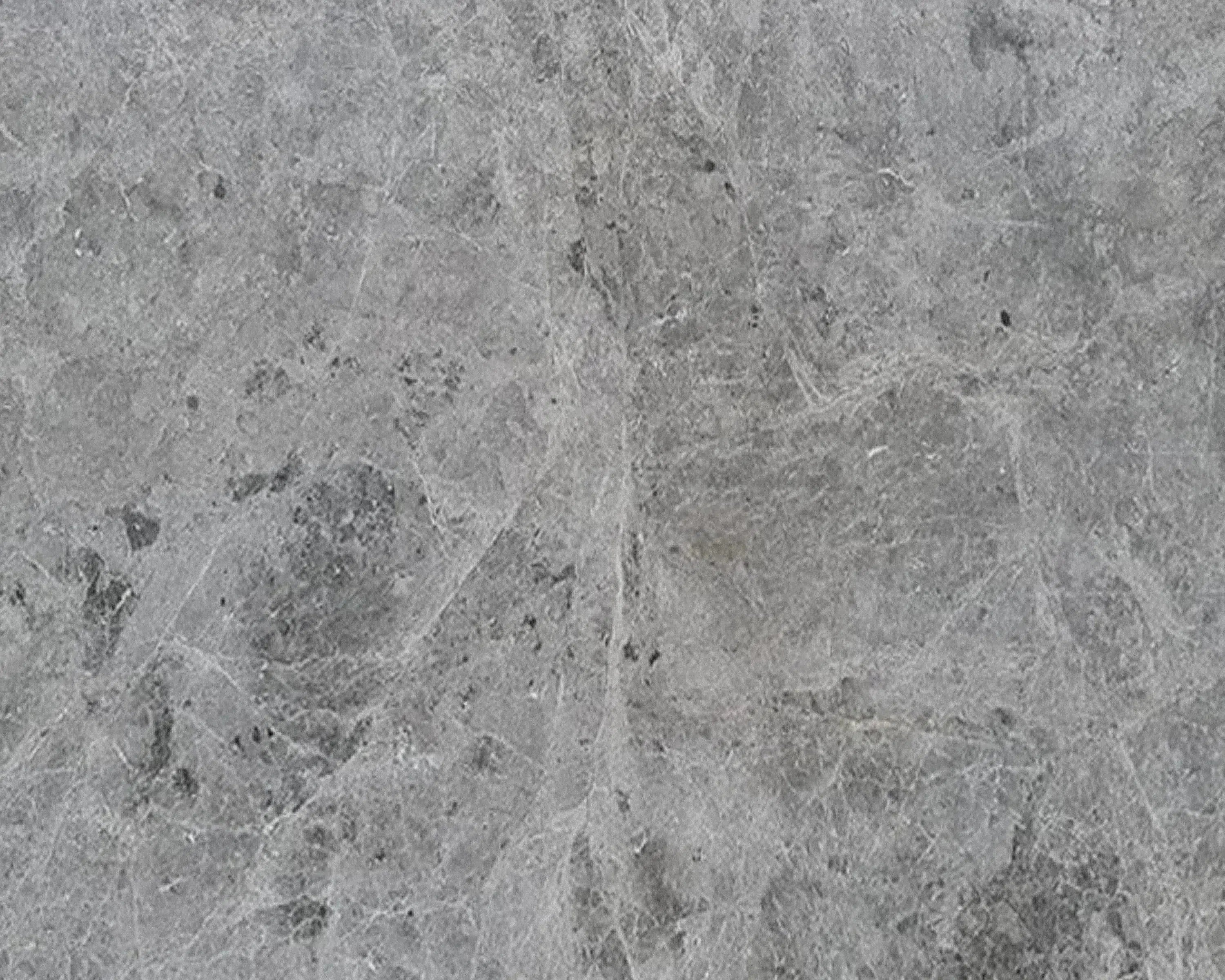 Tundra Gray (Atlantic Gray) Marble
Tundra Gray (Atlantic Gray) Marble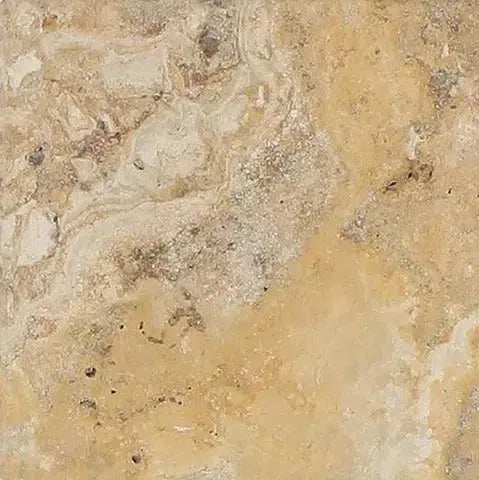 Valencia Travertine
Valencia Travertine Valerenga Travertine
Valerenga Travertine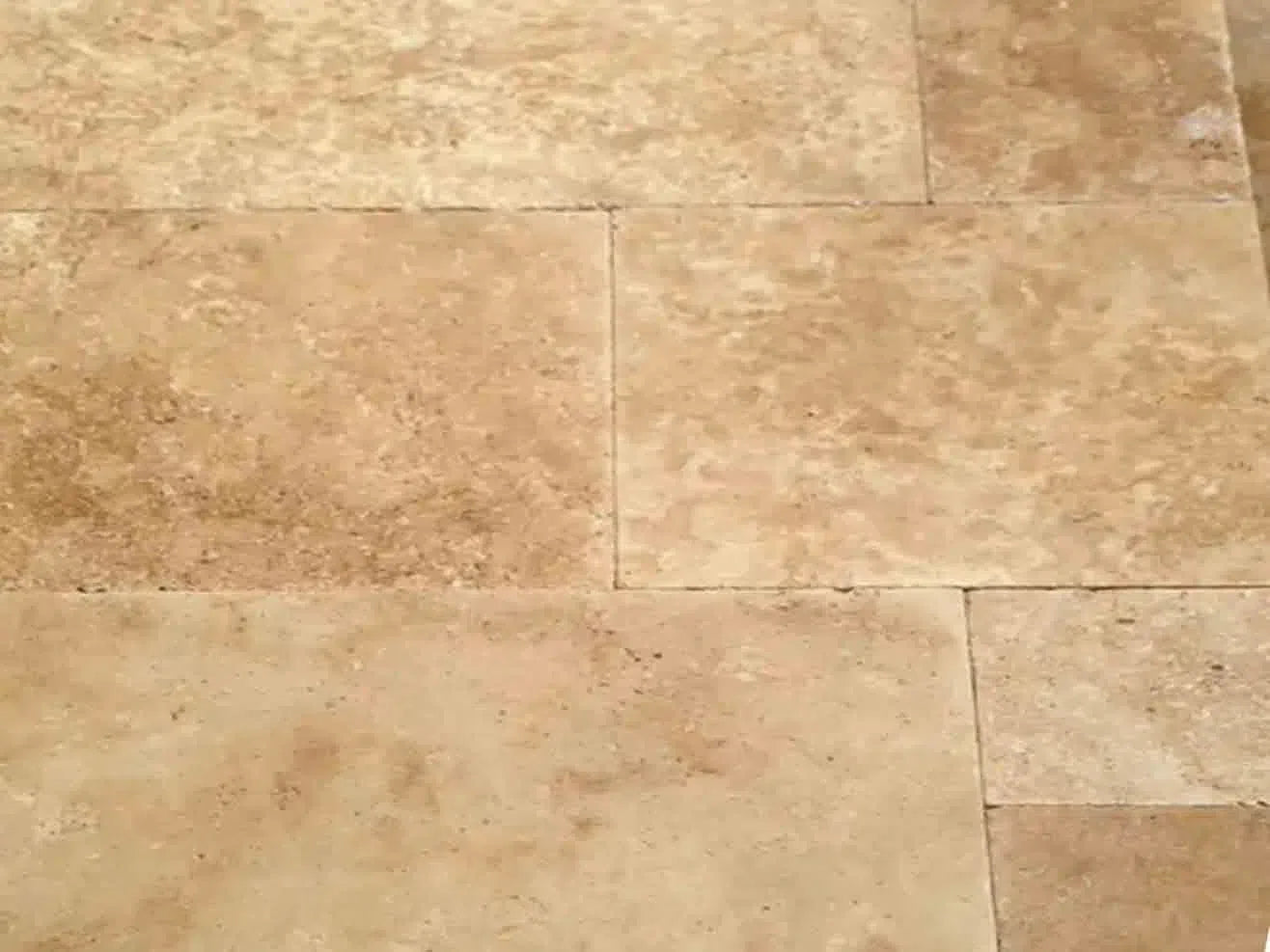 Walnut Travertine
Walnut Travertine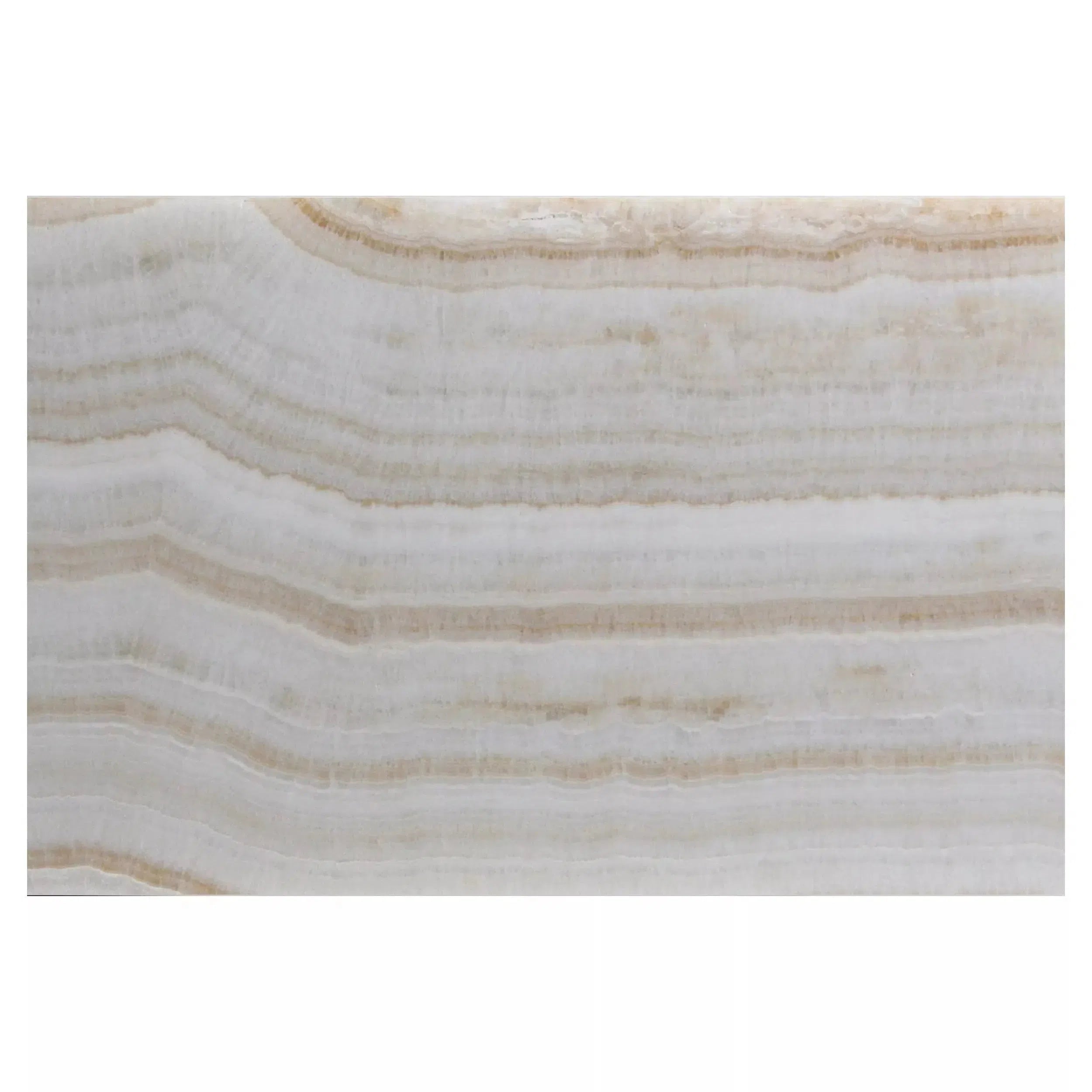 White Onyx Marble
White Onyx Marble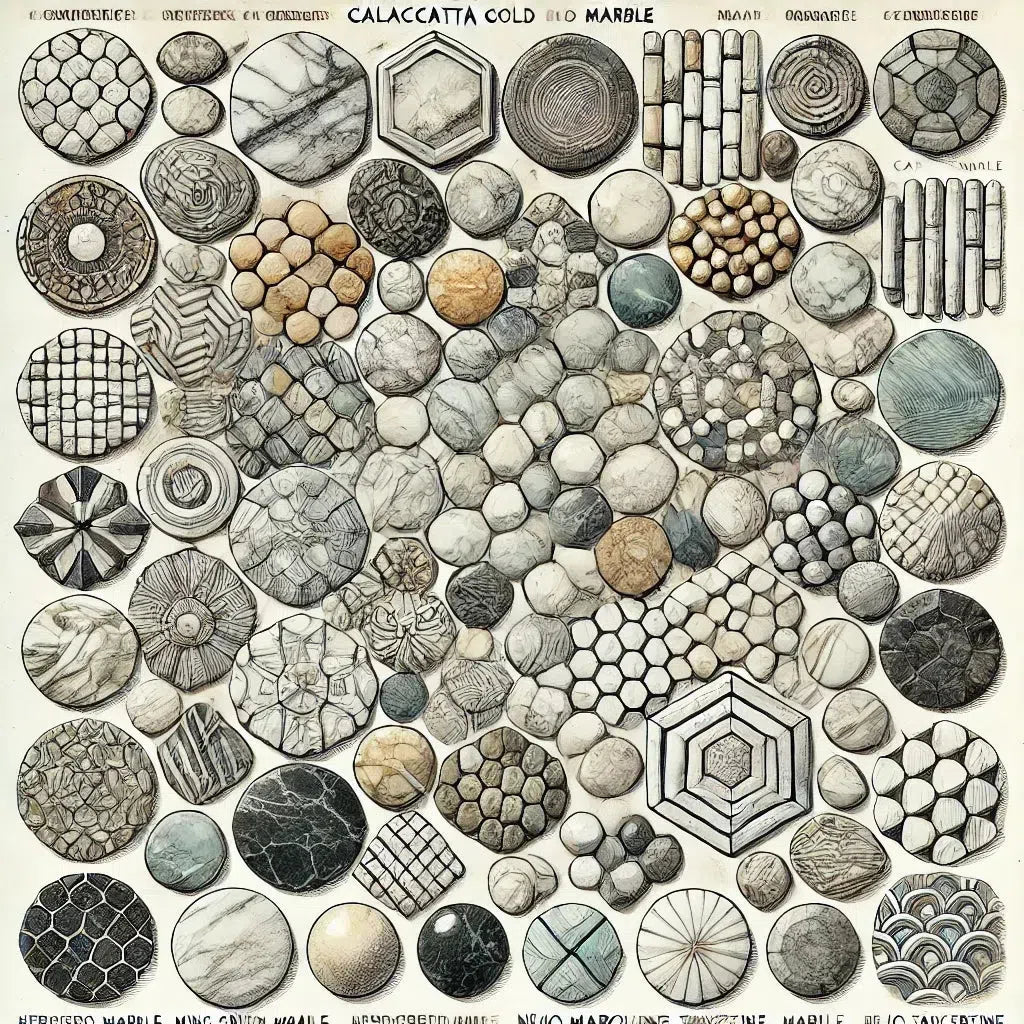 Shop By Type
Shop By Type
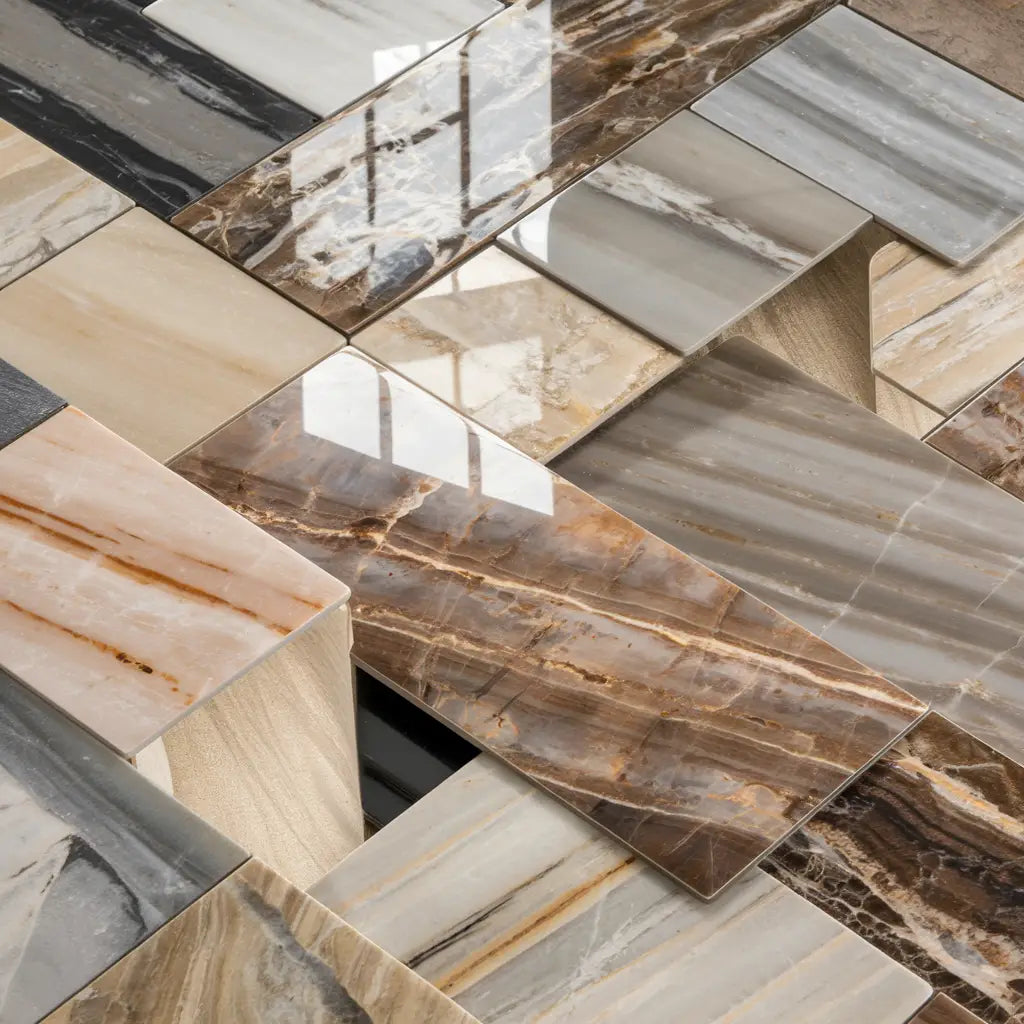 Marble Tiles
Marble Tiles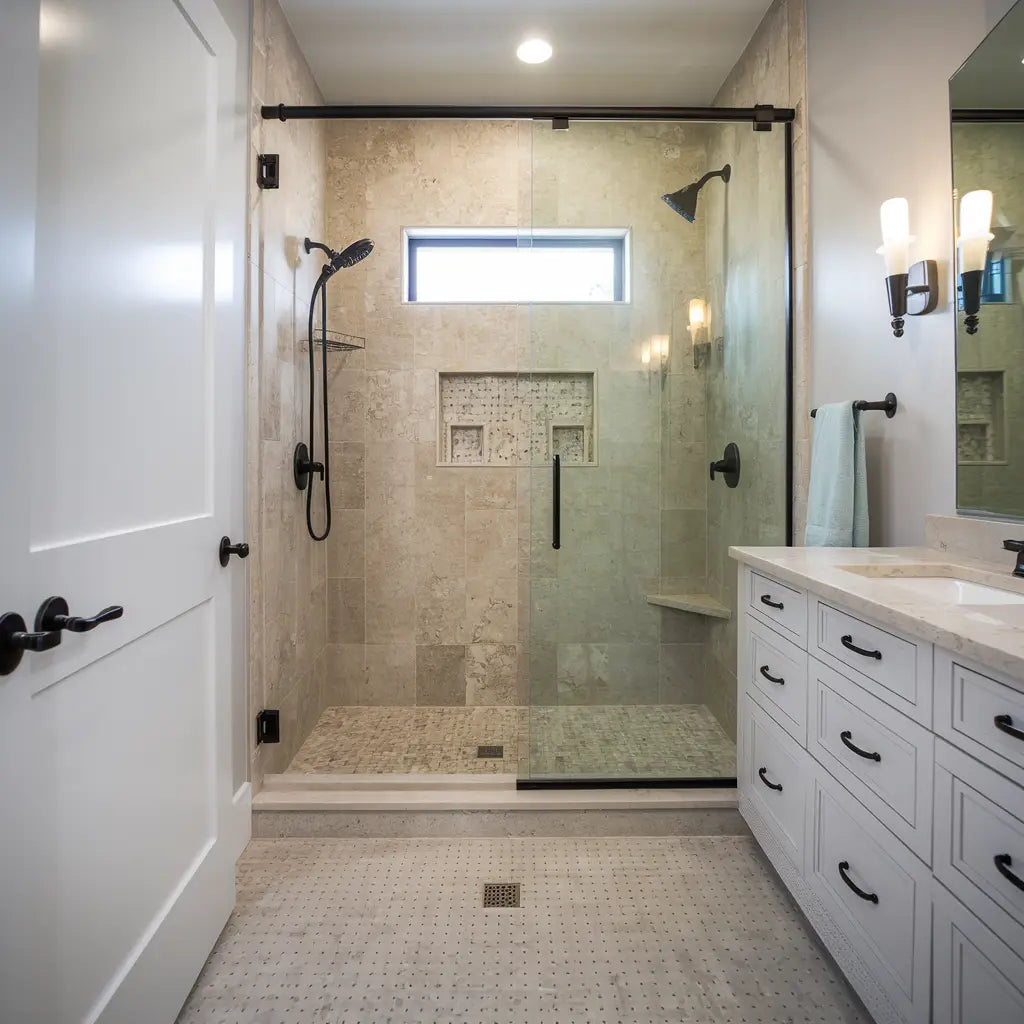 Marble Mosaic
Marble Mosaic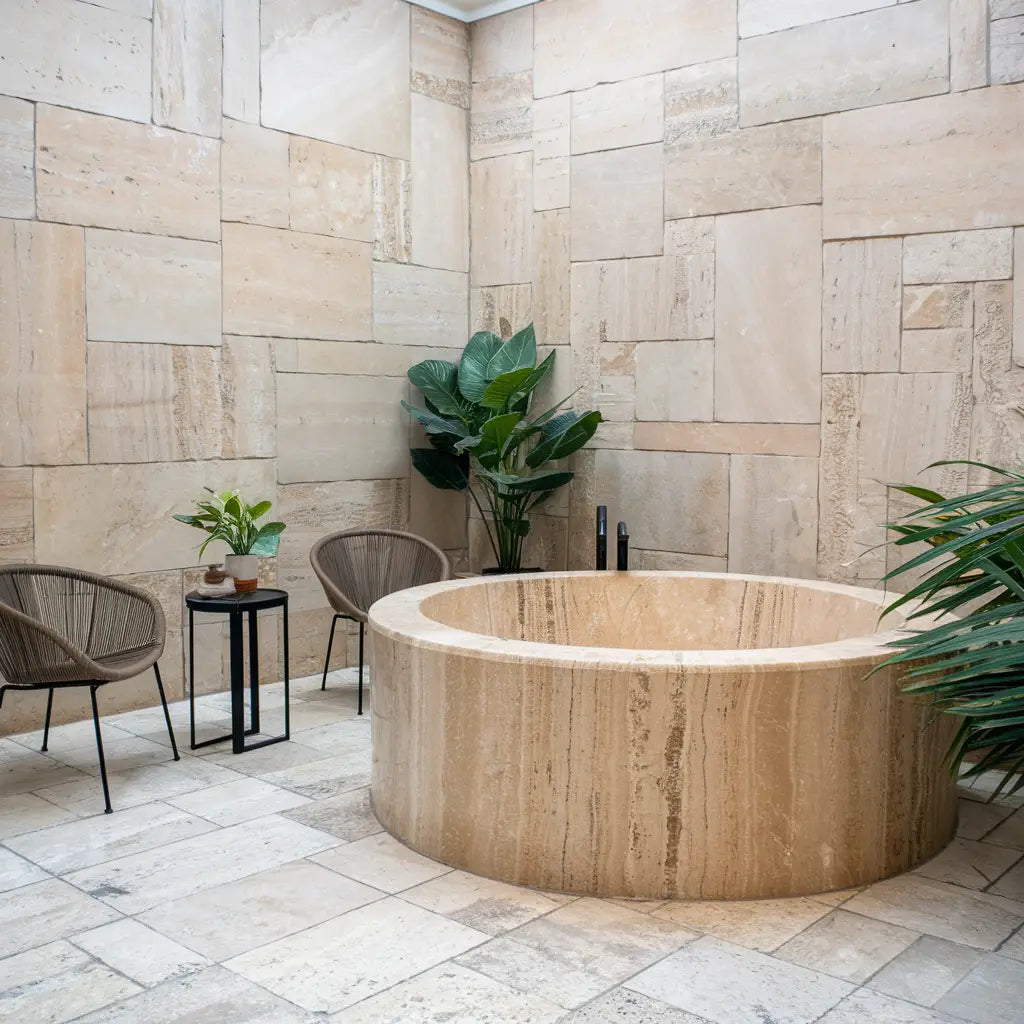 Travertine Tiles
Travertine Tiles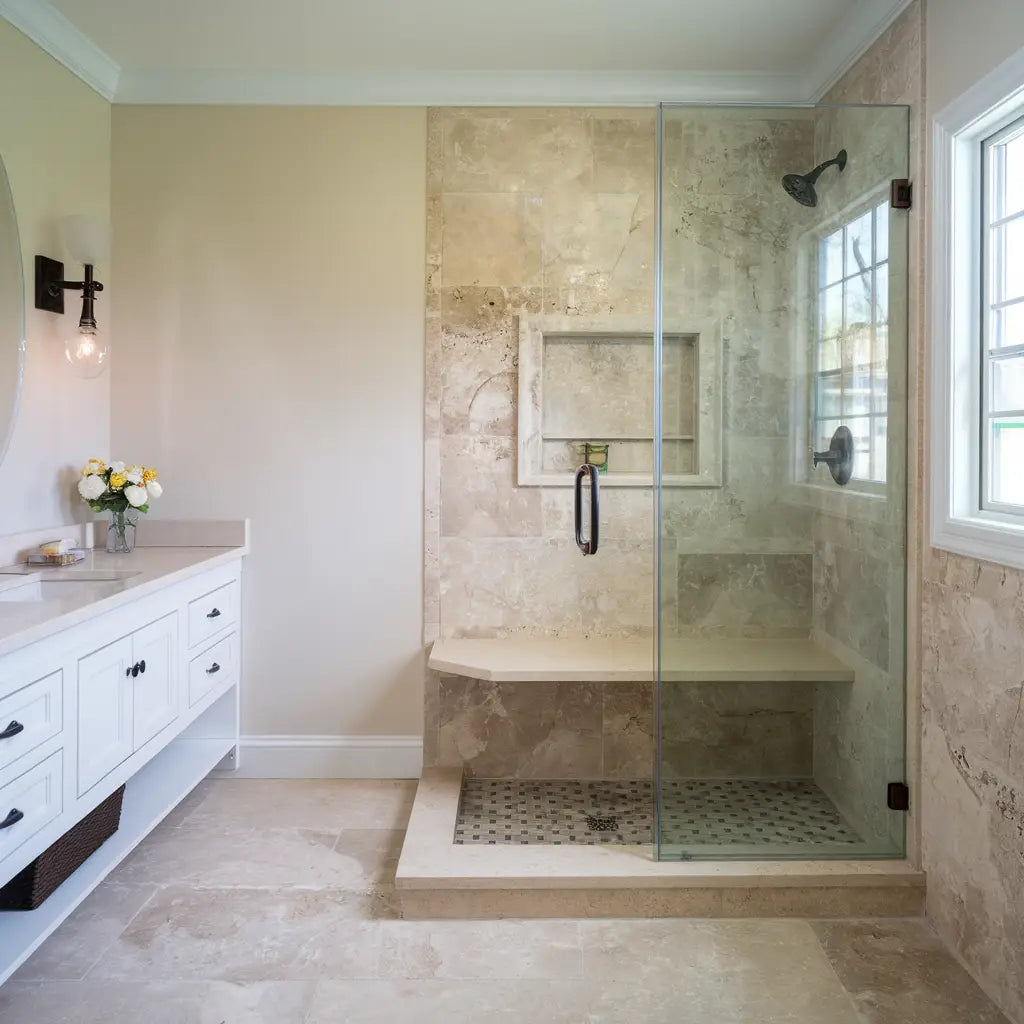 Travertine Mosaic
Travertine Mosaic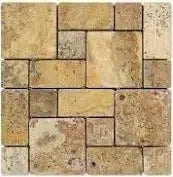 4 pcs Versailles Pattern / French Pattern Set
4 pcs Versailles Pattern / French Pattern Set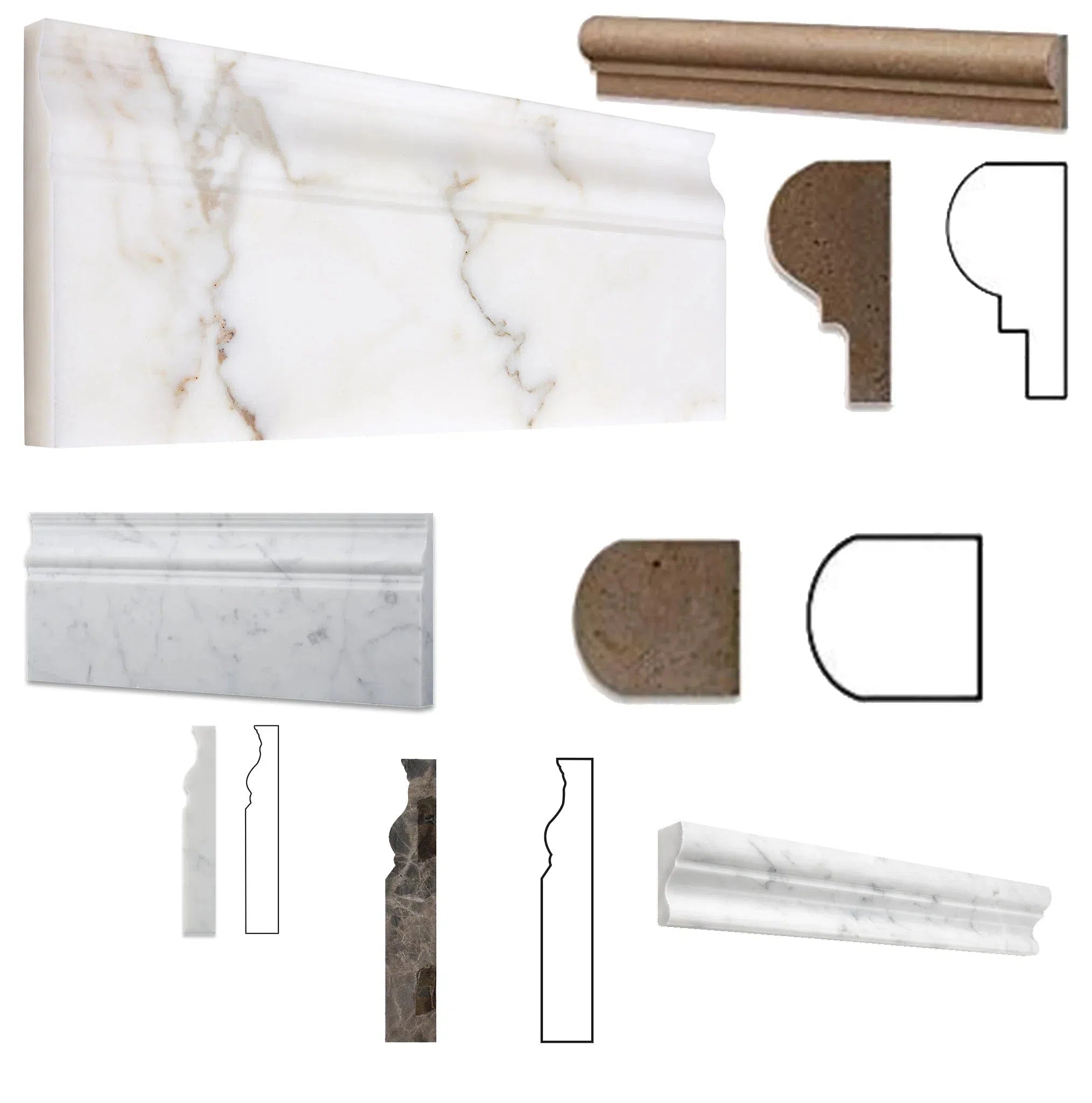 Molding/Trim
Molding/Trim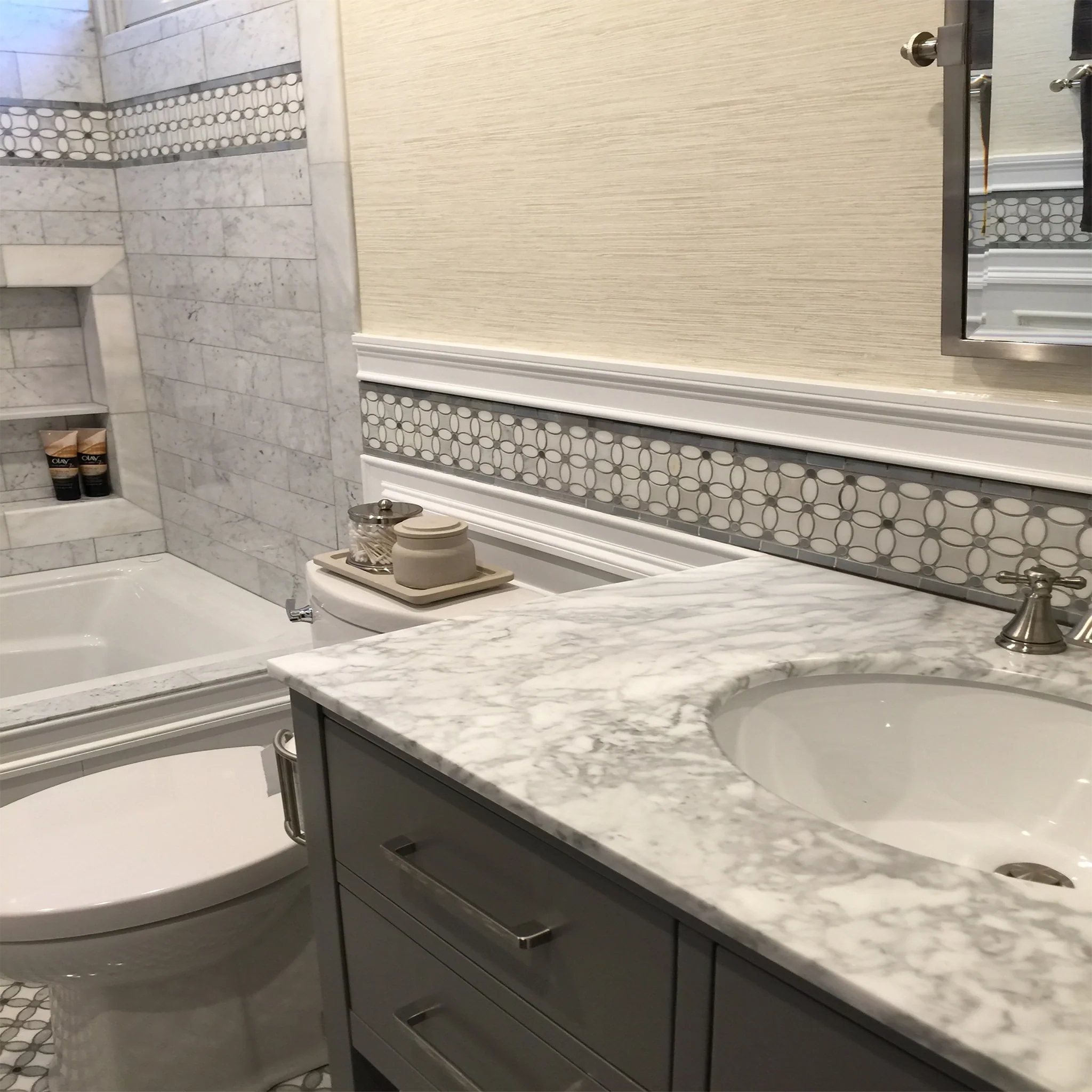 Border/Listello
Border/Listello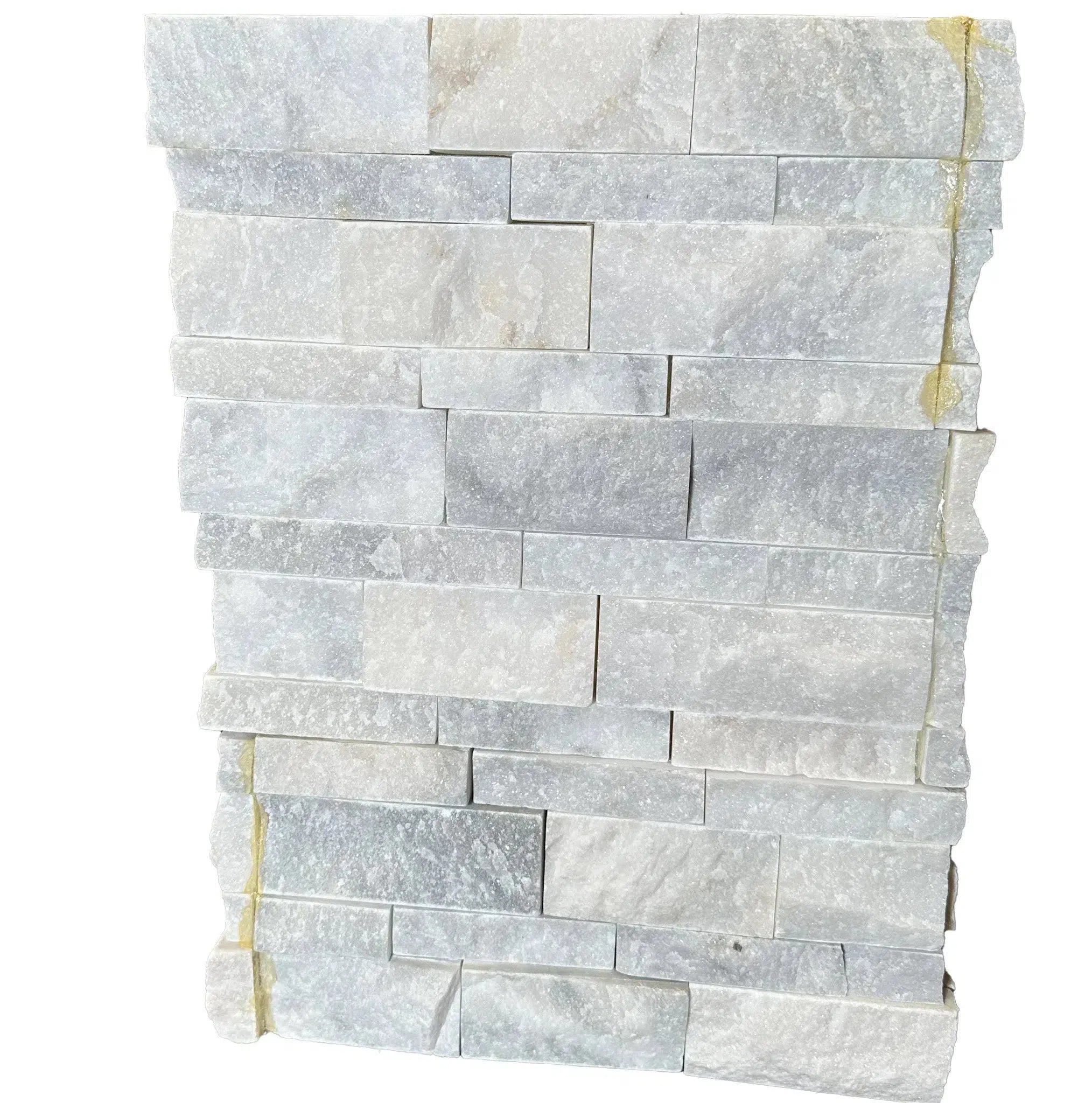 Ledger-Panel
Ledger-Panel Checkerboard
Checkerboard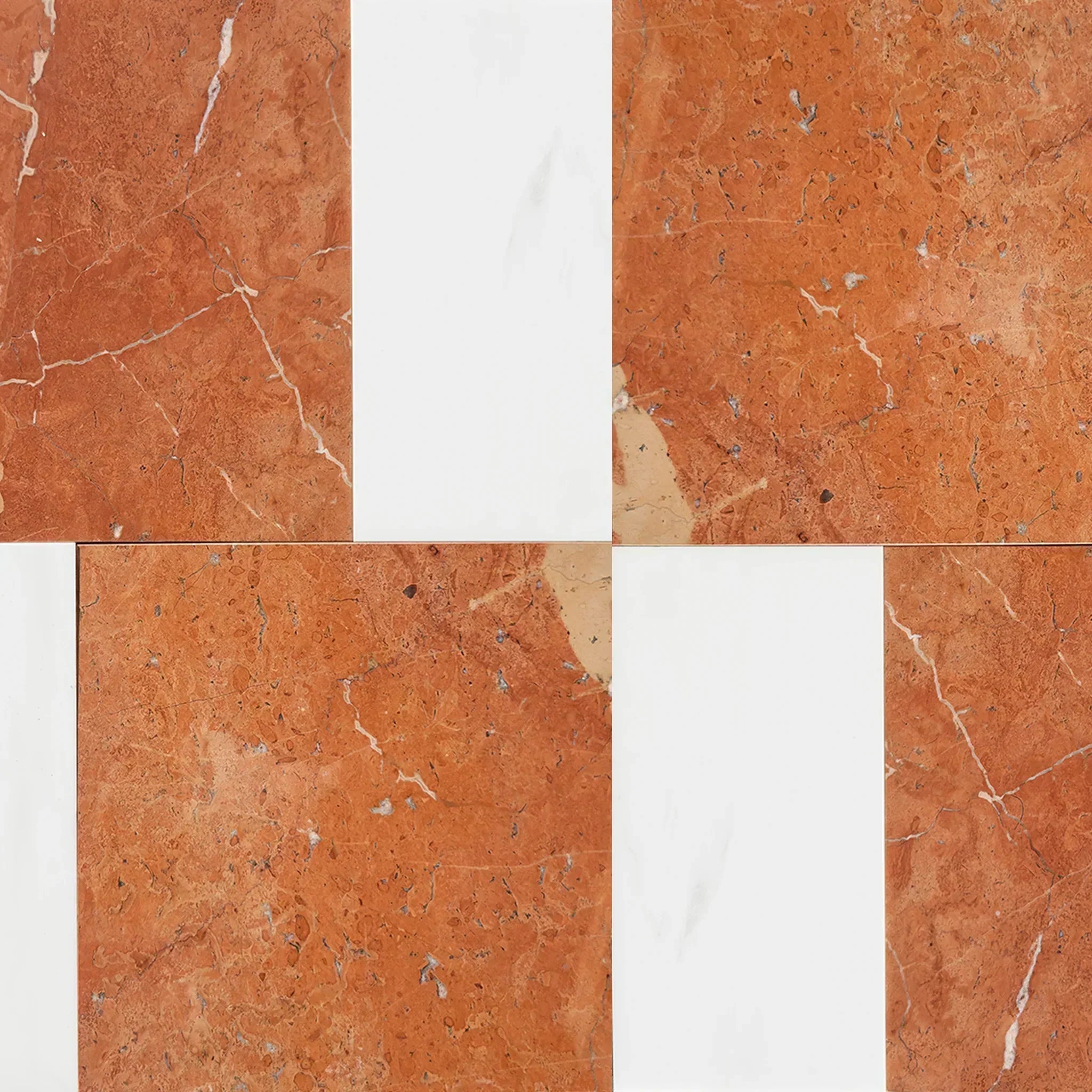 Patterned Tile Collection
Patterned Tile Collection 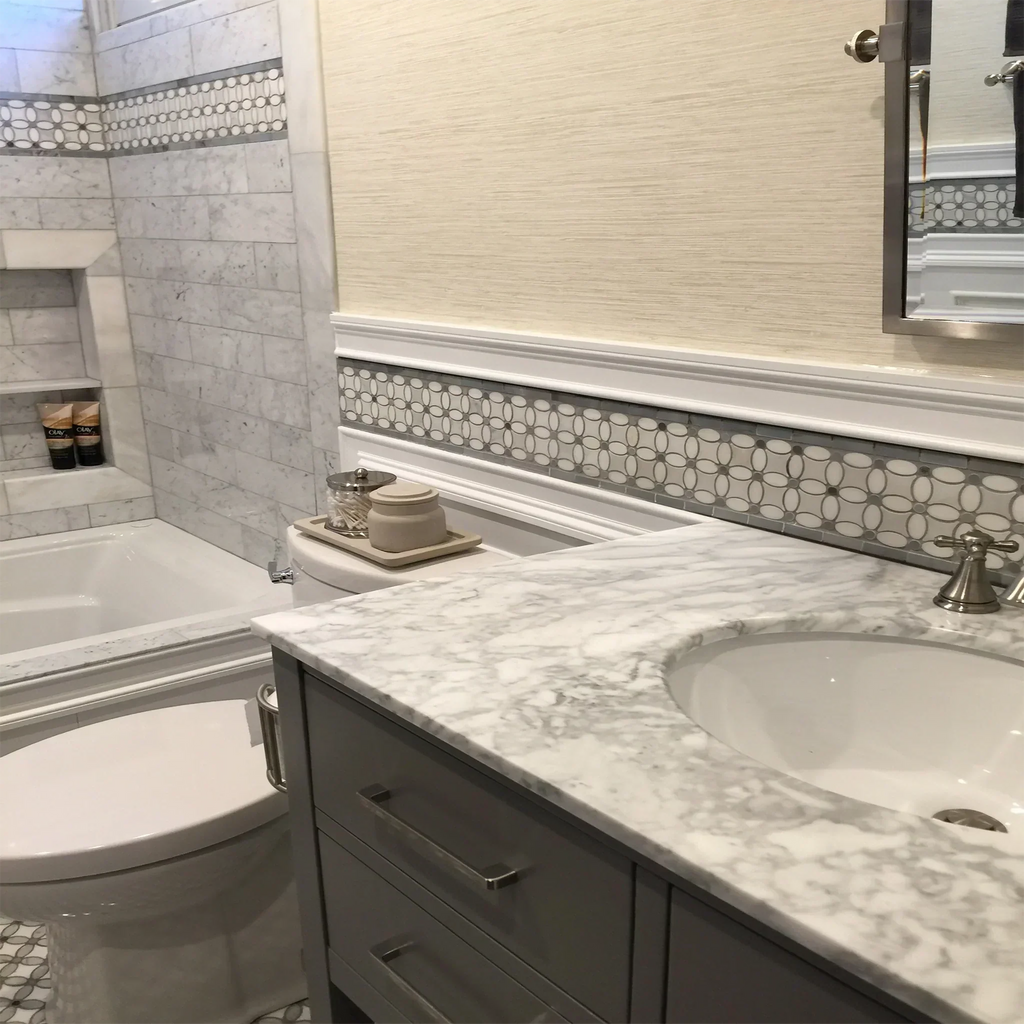 Shop By Finish
Shop By Finish
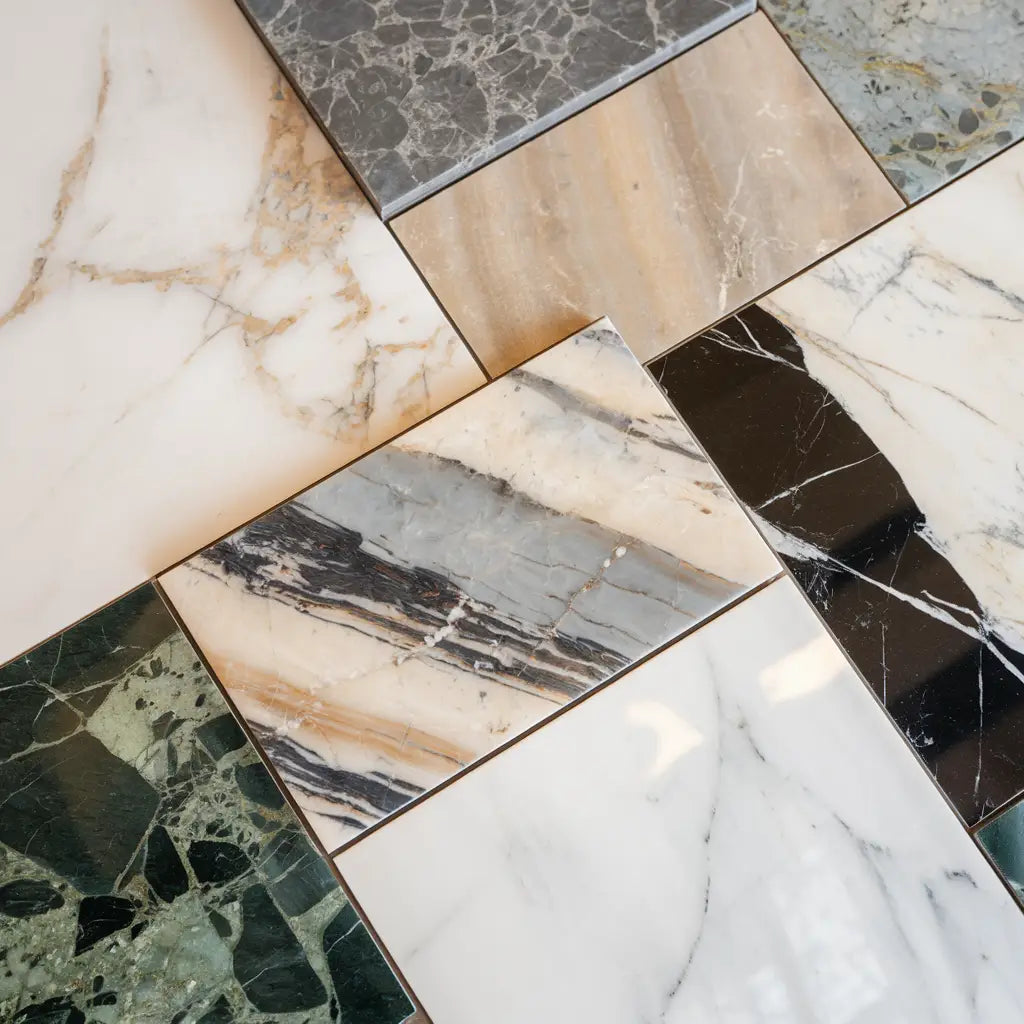 Polished
Polished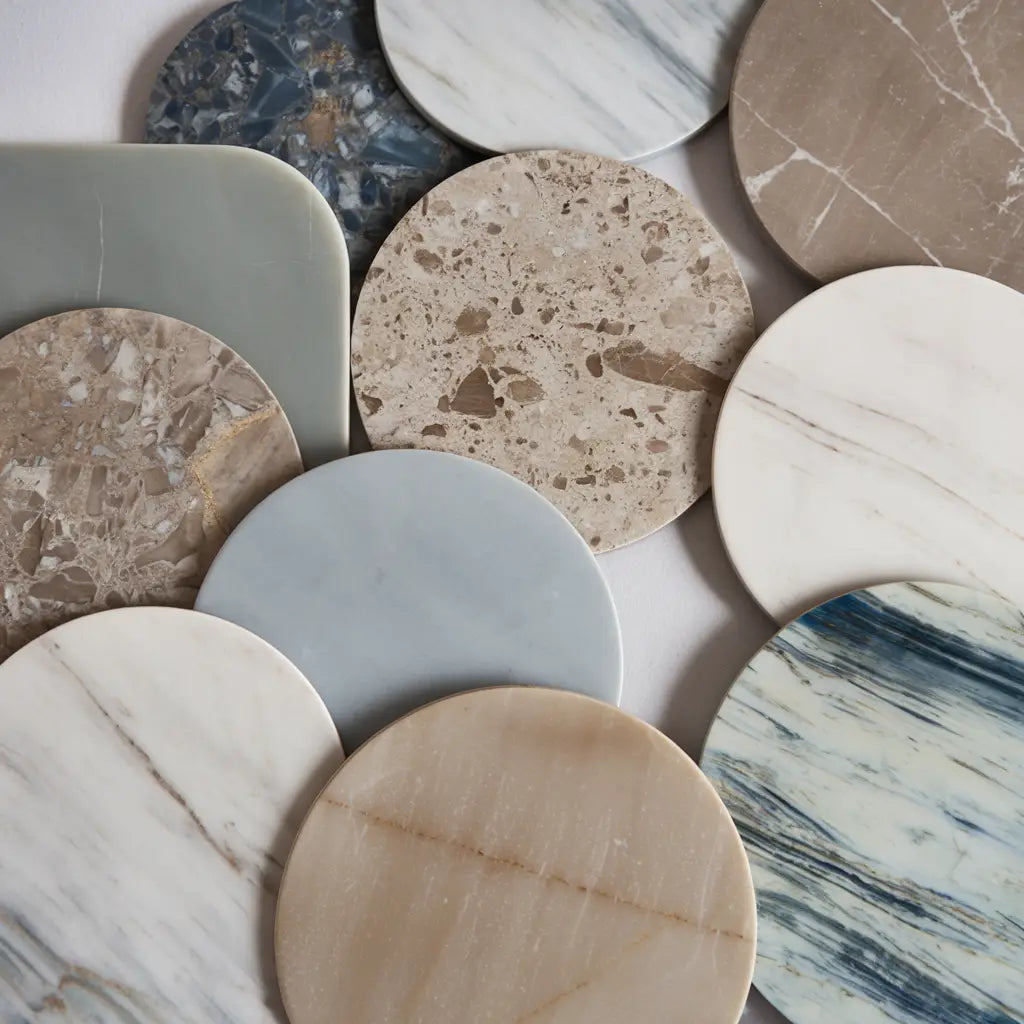 Honed
Honed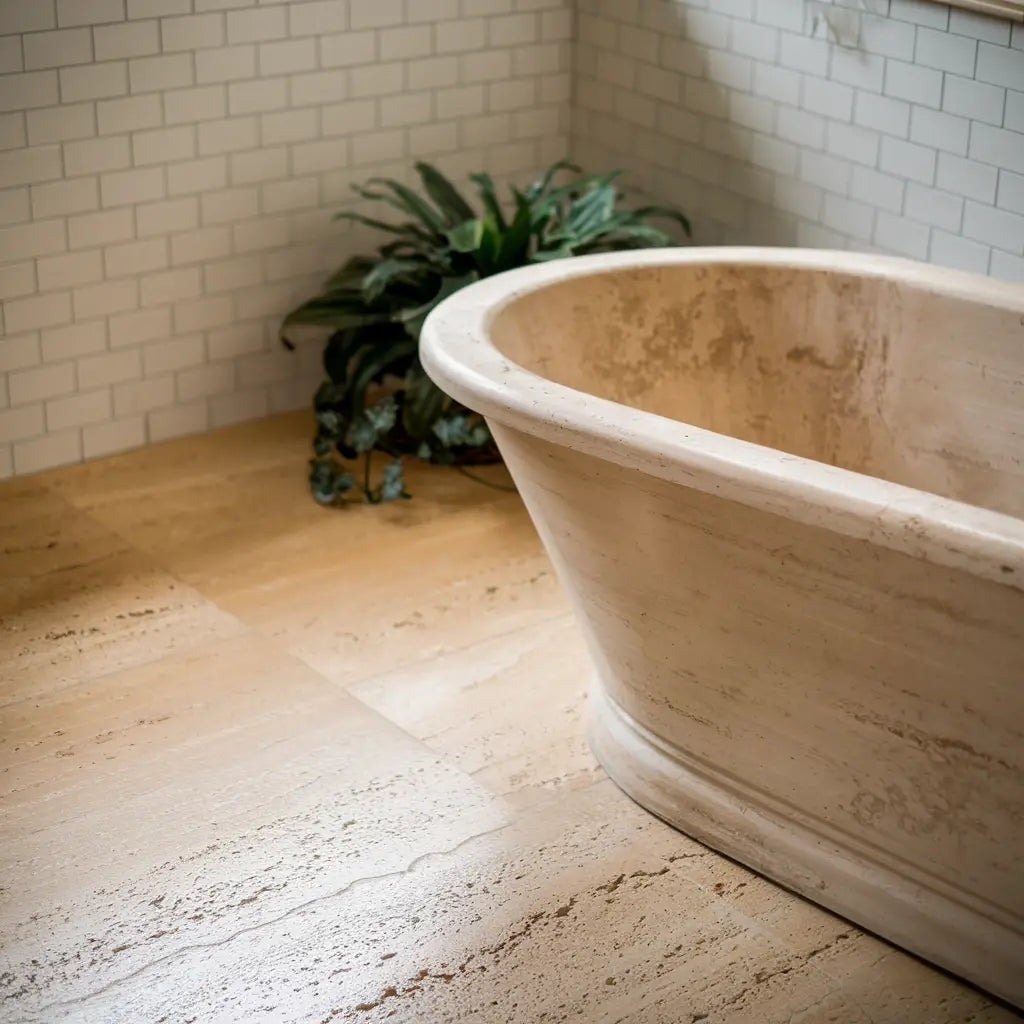 Brushed
Brushed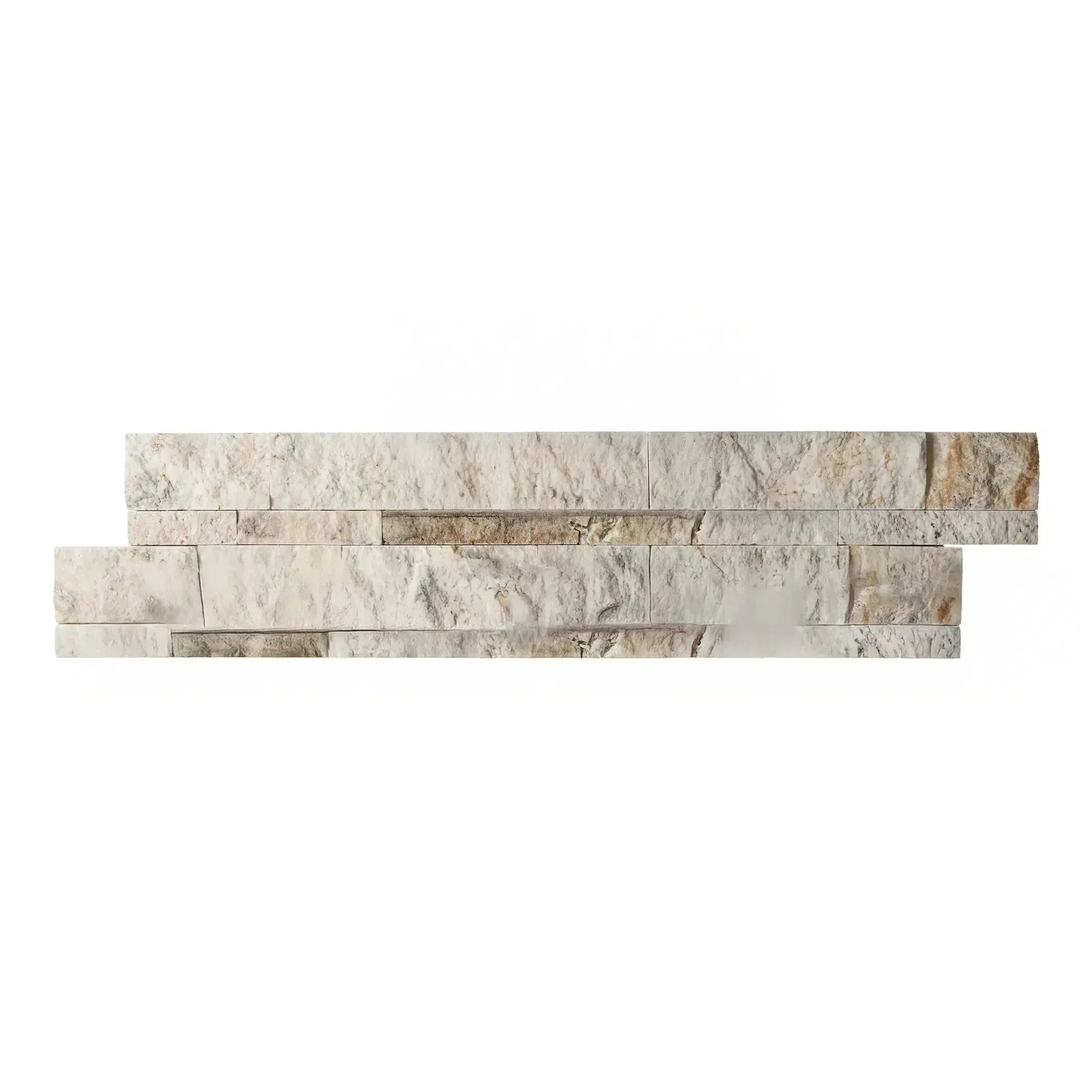 Split Face
Split Face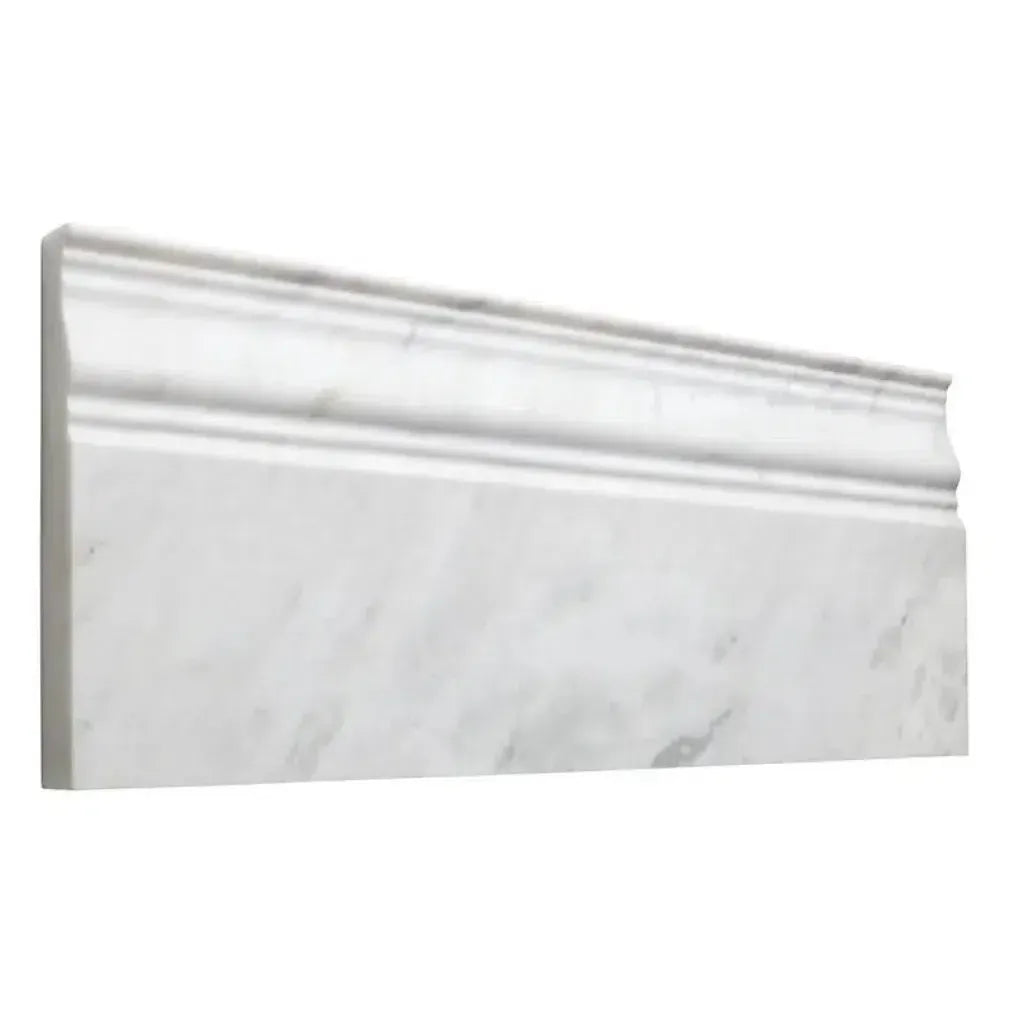 Textured
Textured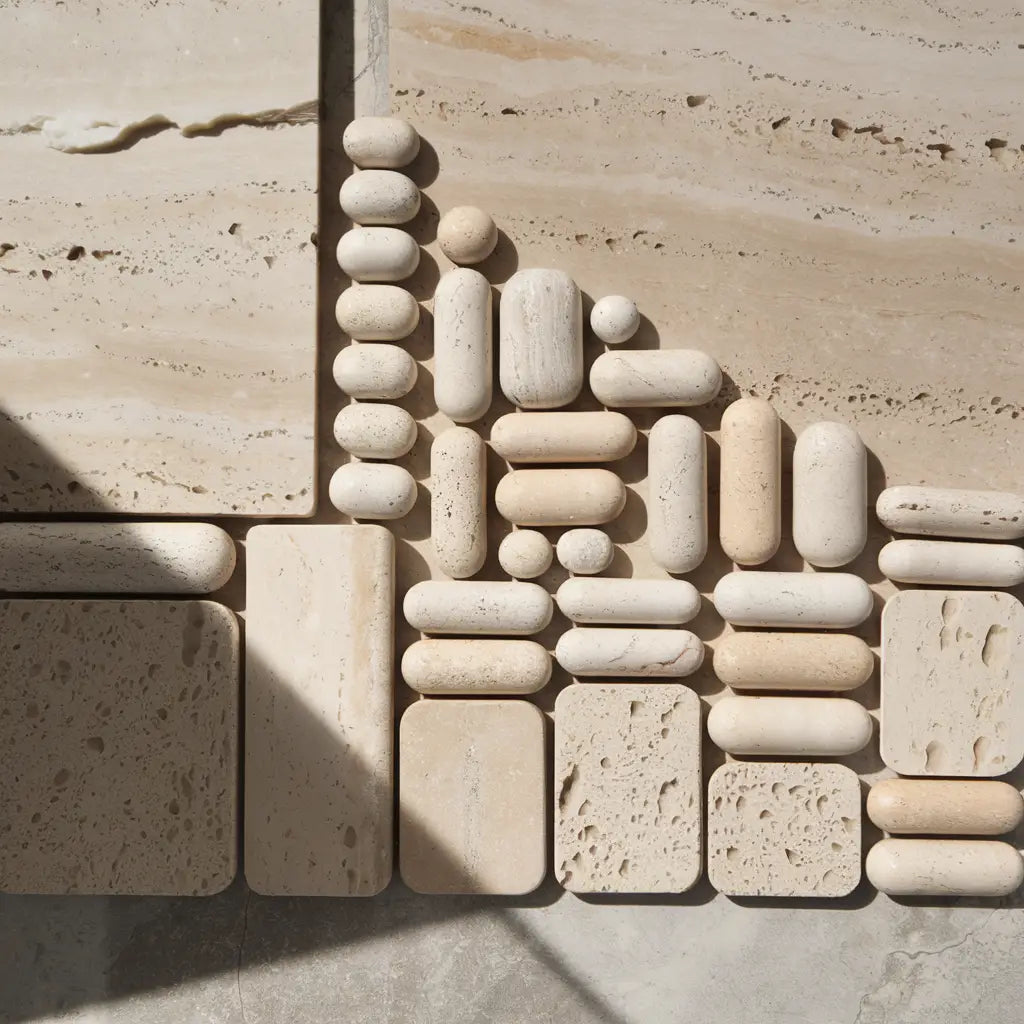 Tumbled
Tumbled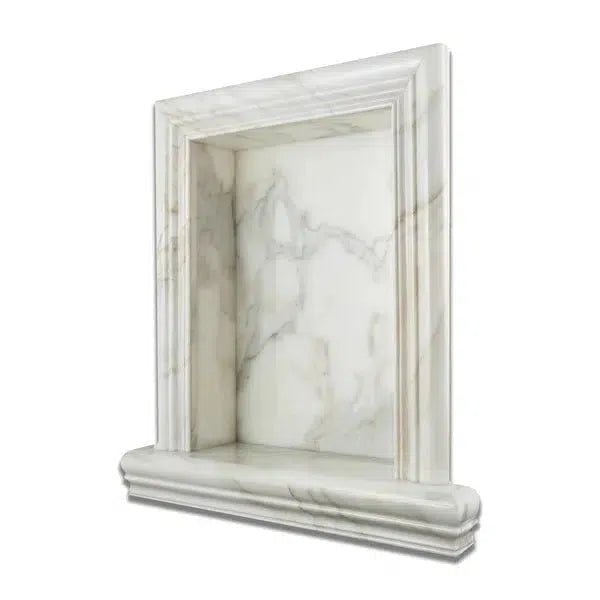 Accessories
Accessories
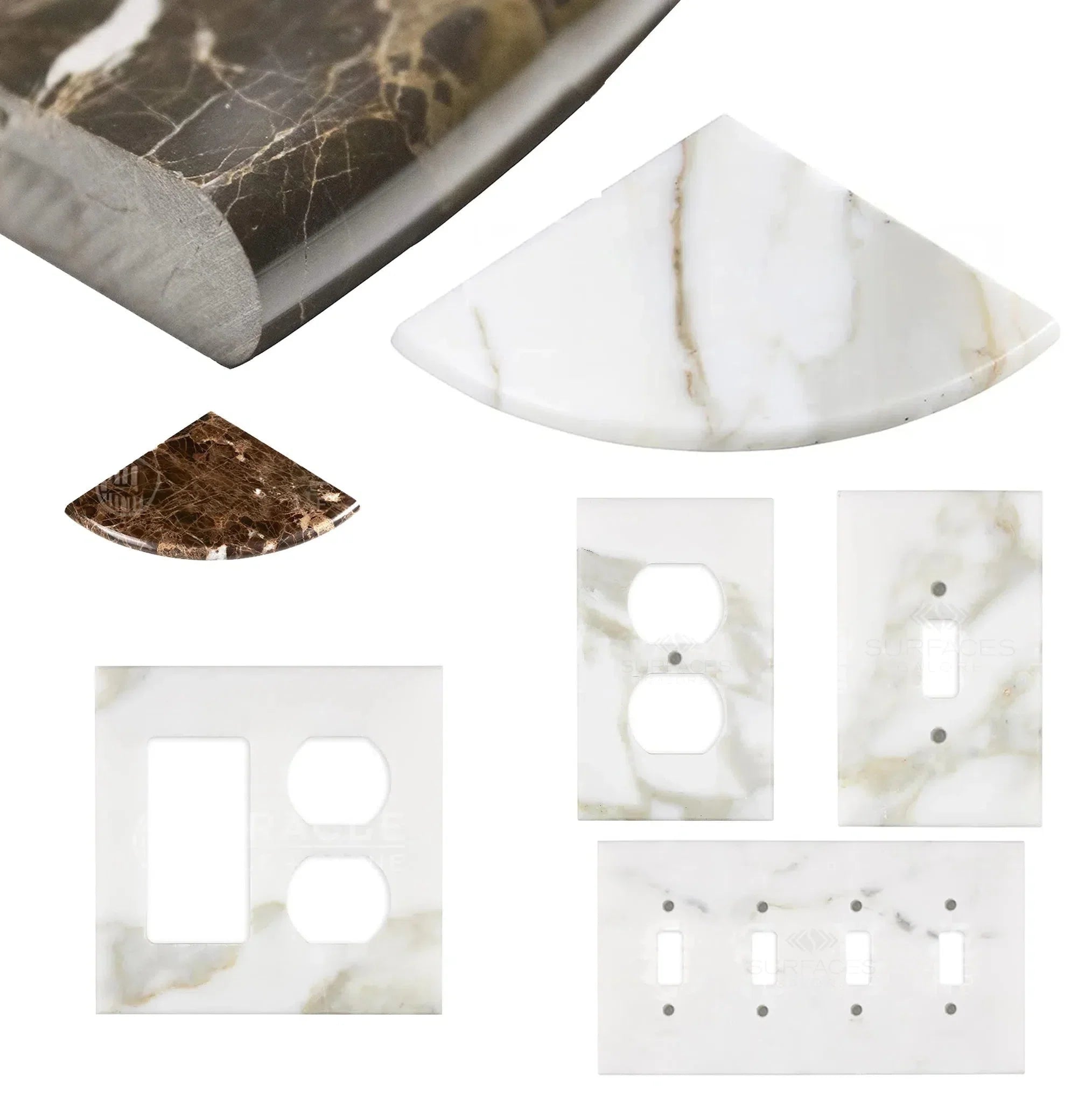 Wall Plate / Switch Plate
Wall Plate / Switch Plate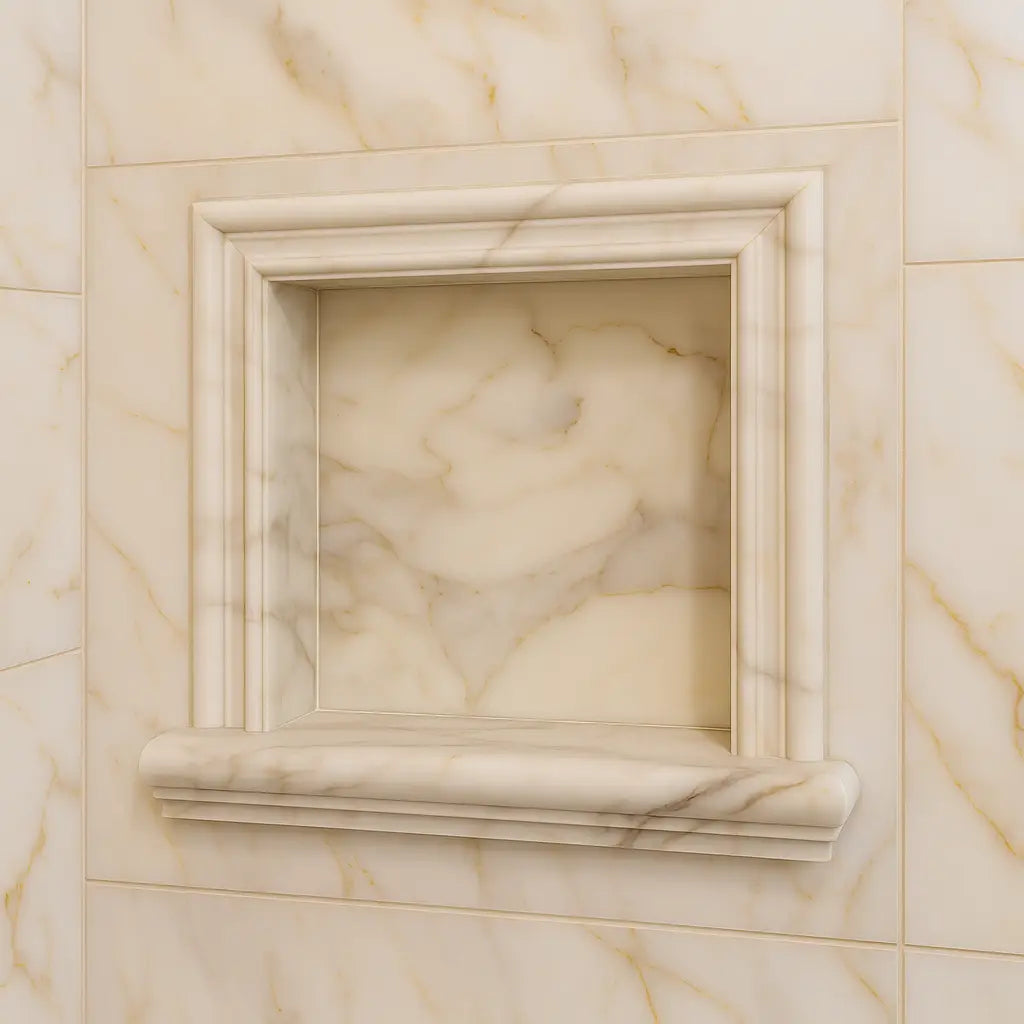 Shampoo Niche
Shampoo Niche Corner Shelf
Corner Shelf Clearance
Clearance





Leave a comment